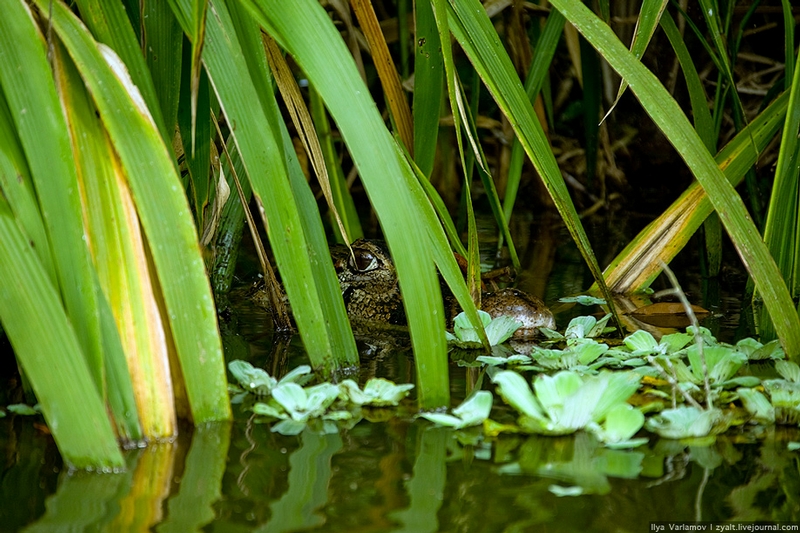
Crocodiles live in almost every water reservoir in the jungles of
Ecuador. Though bags, belts, purses and shoes are often made of them,
this crocodile in the picture is much luckier than most of its congeners
- it lives in a natural reserve. It's not an easy job to find this
sharp-toothed monster in a big lake.
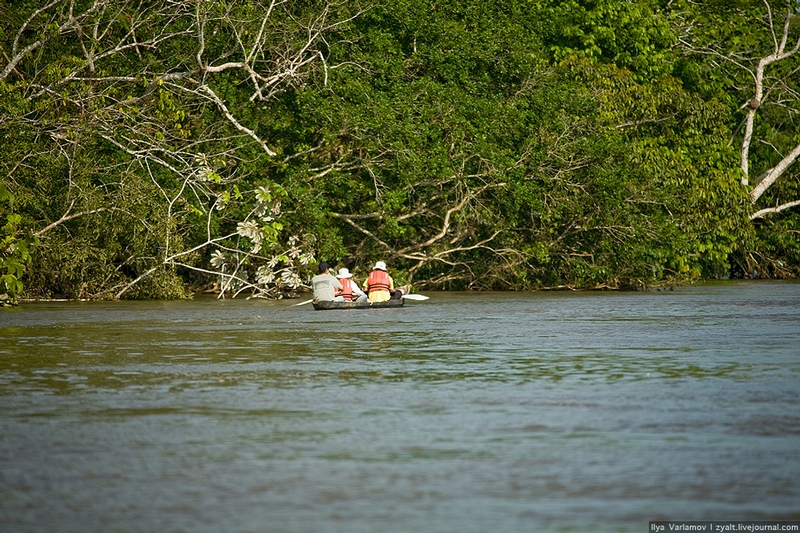

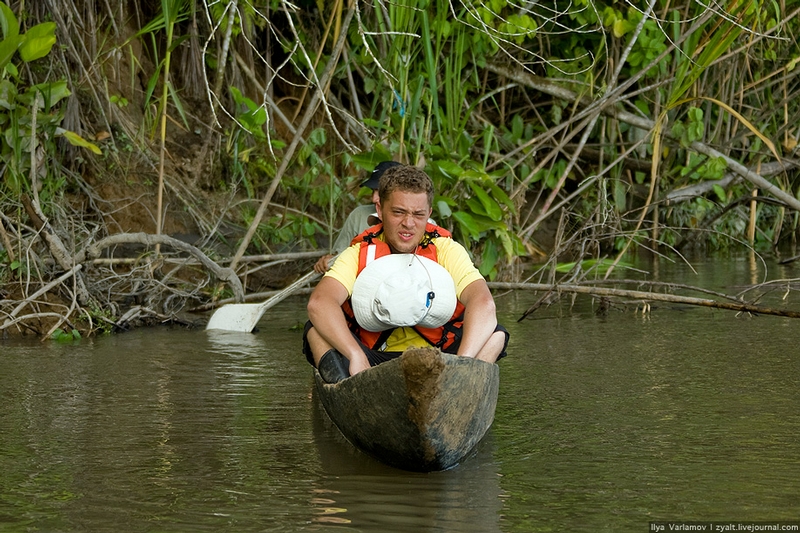
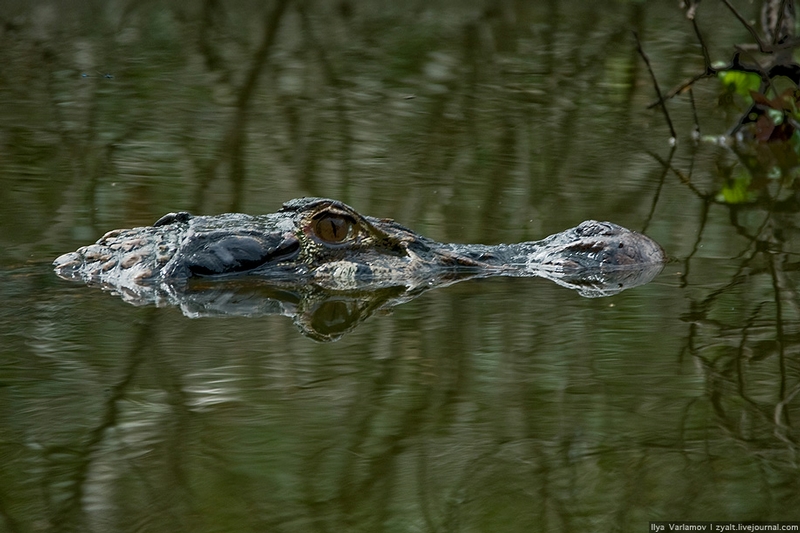
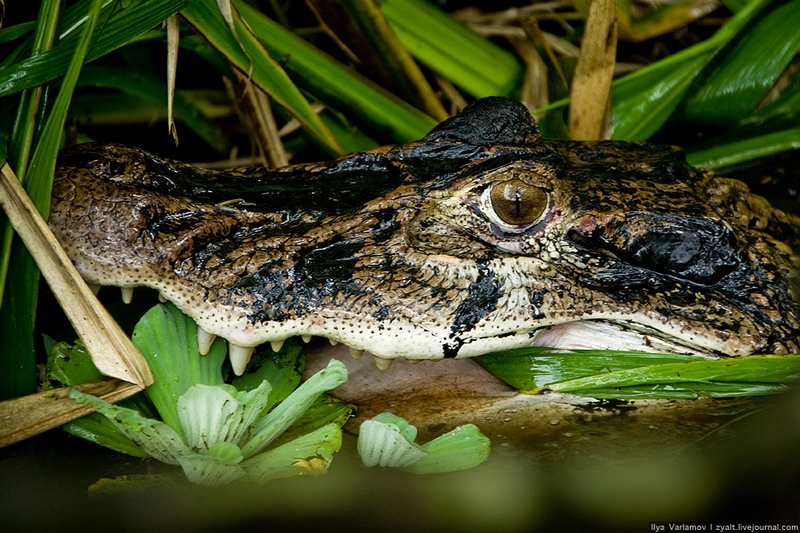
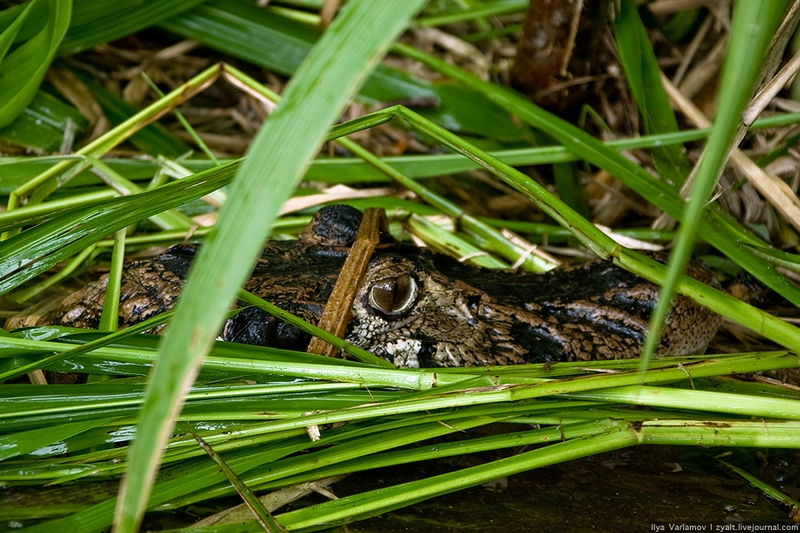
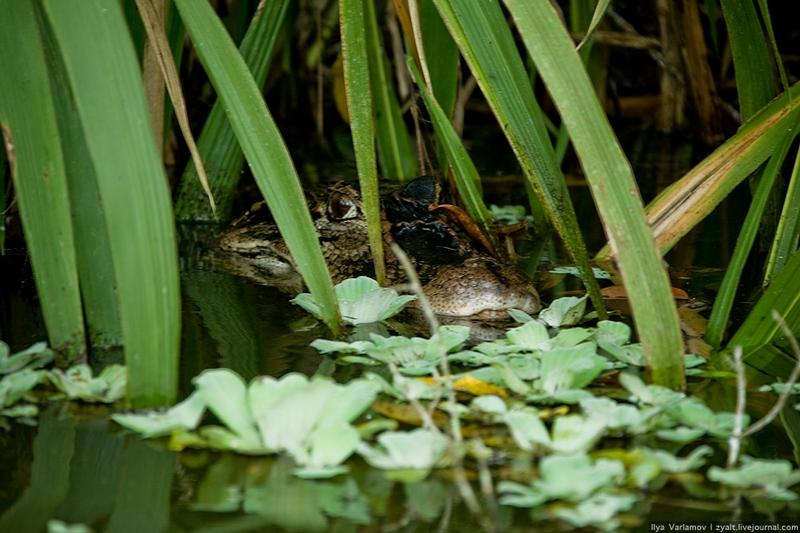

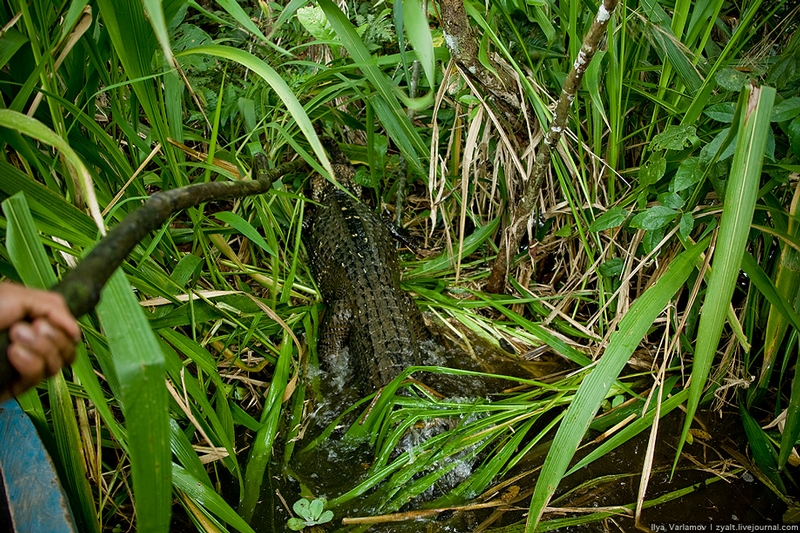
A long stick is definitely a very useful thing here.
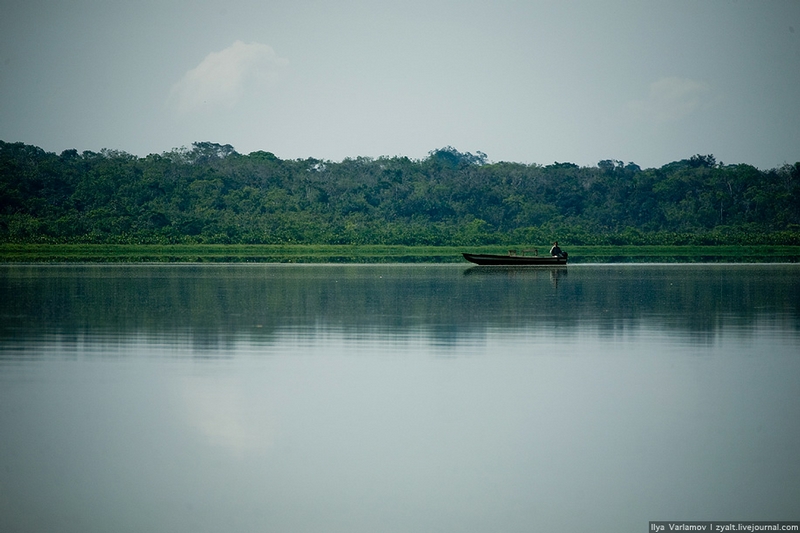
The local resident's boat.
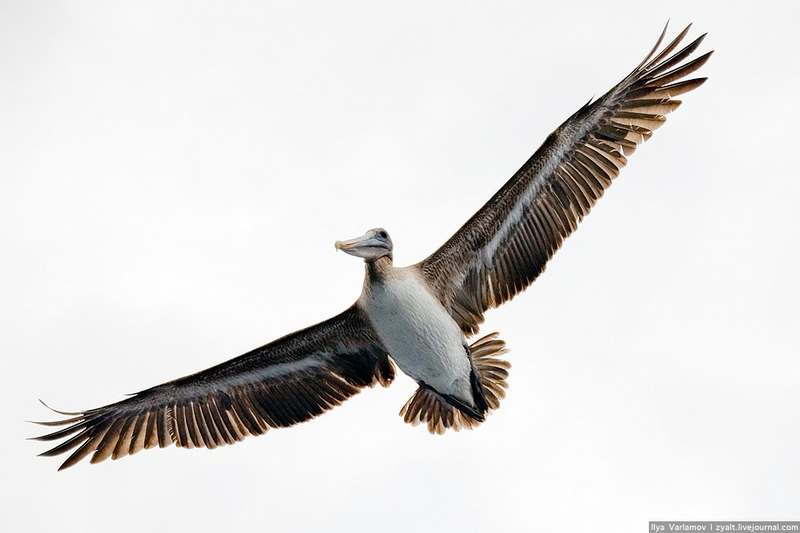
Pelicans are impudent and voracious on the Galapagos Islands. These are
the largest birds in their order. The length of their body is 130-180
cm, the weight - 7-14 kg. Their typical look: a clumsy massive body, big
wings, short and thick legs and a short rounded tail. The neck is long.
The beak is also long, up to 47 cm, with a hook on the tip. On the
lower part of the beak there is a skin bag serving for fish catching.
Usually they hunt alone but hunting in groups is also practised - having
formed the semicircle, they start beating their wings and beaks against
the water and, doing so, they drive the fish away to the shallow water.
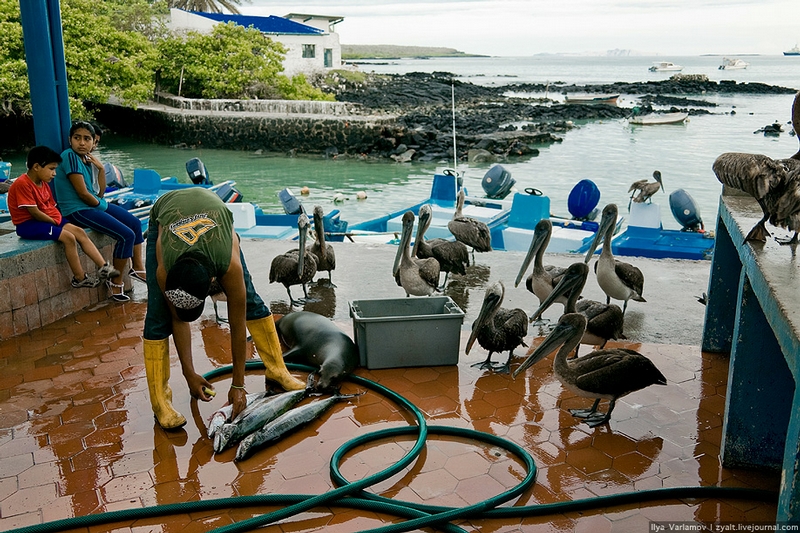
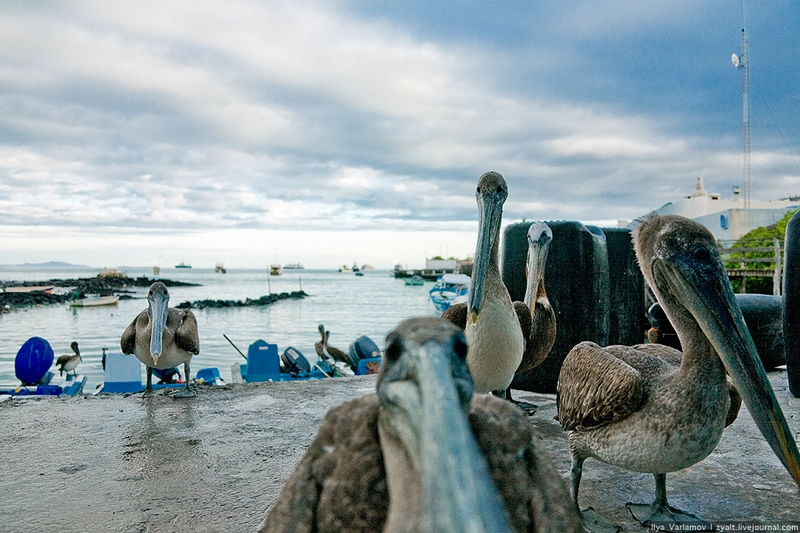
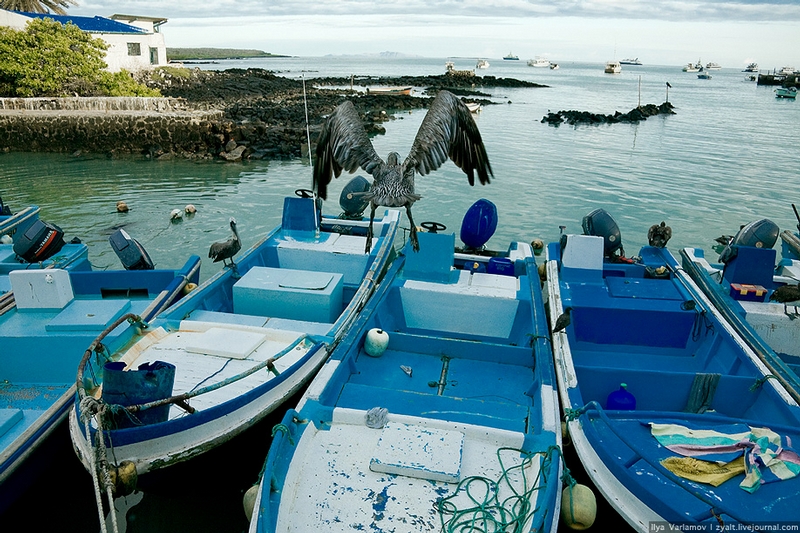
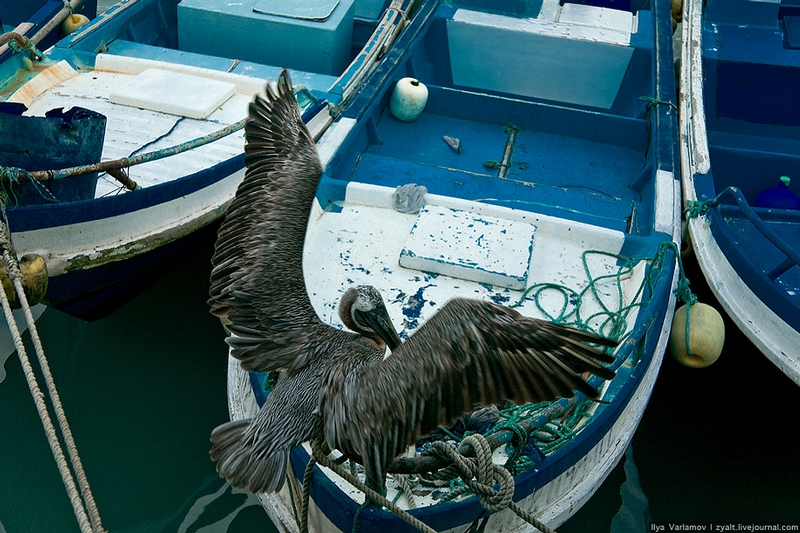
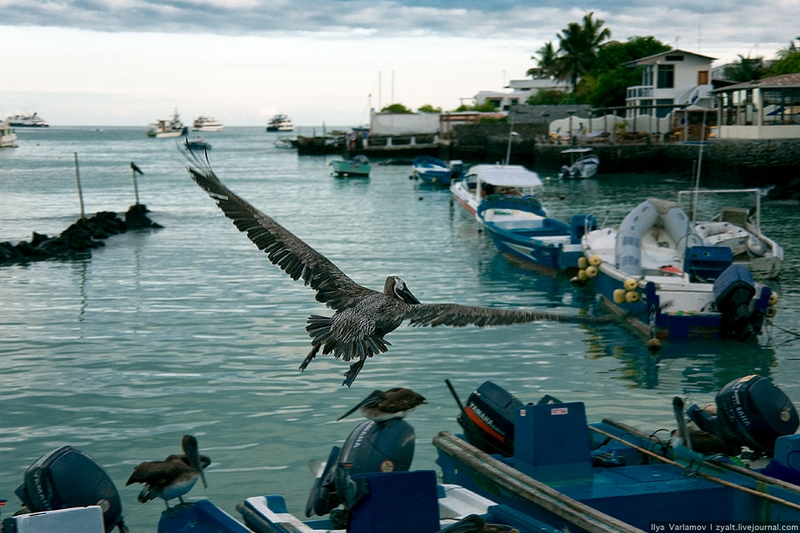
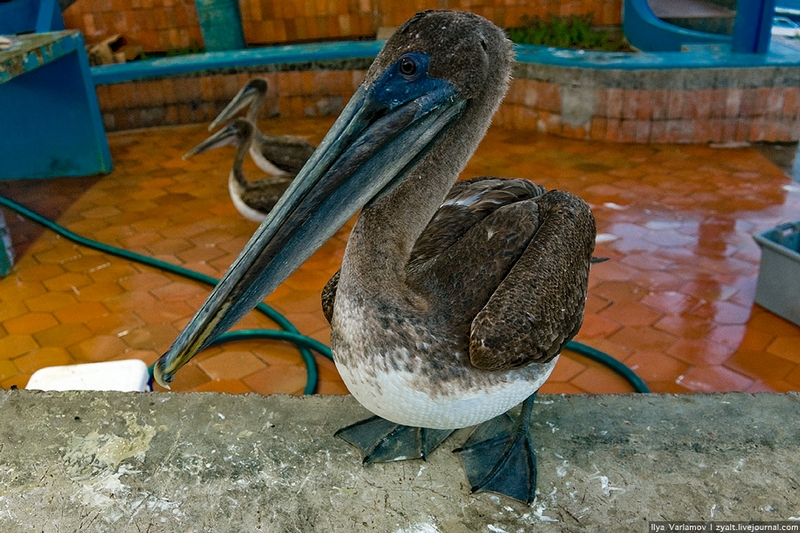
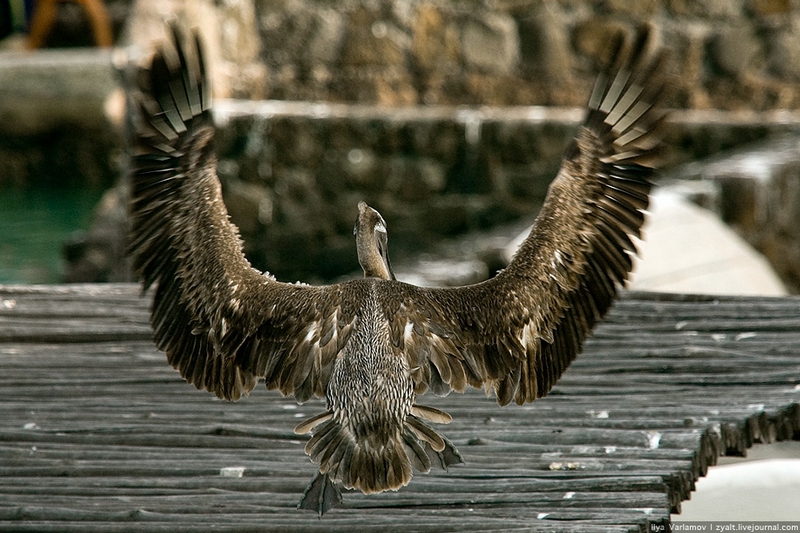
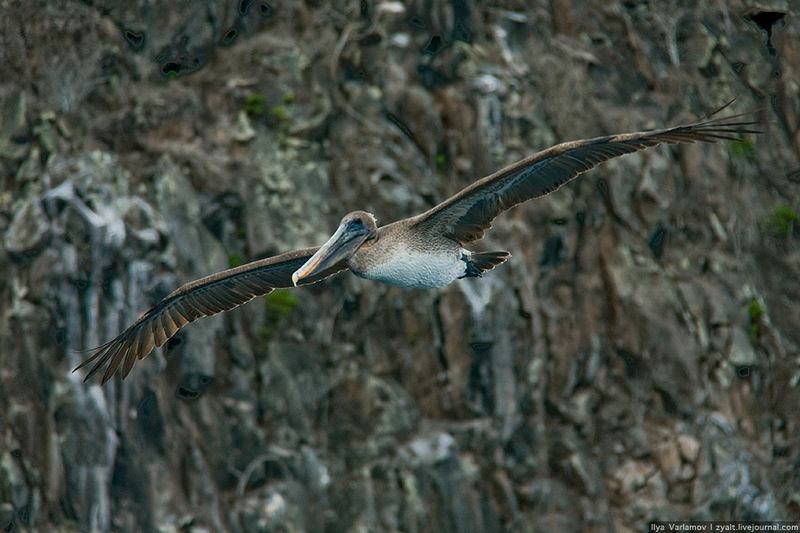
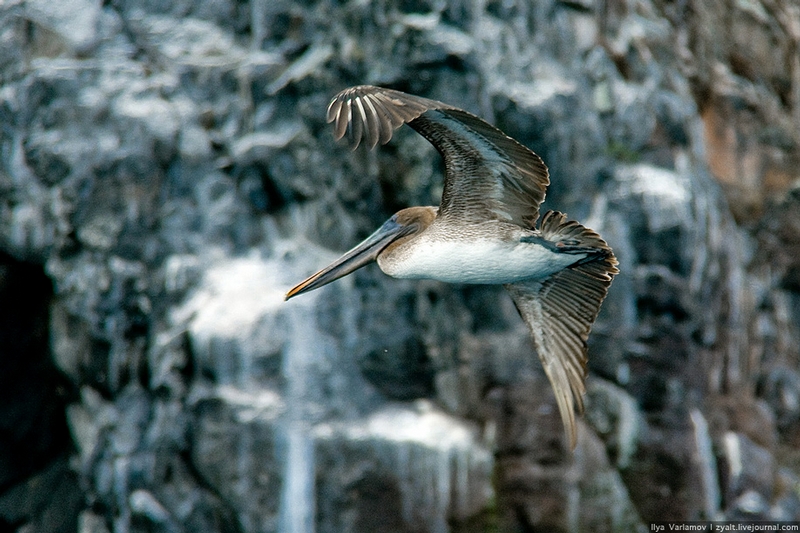
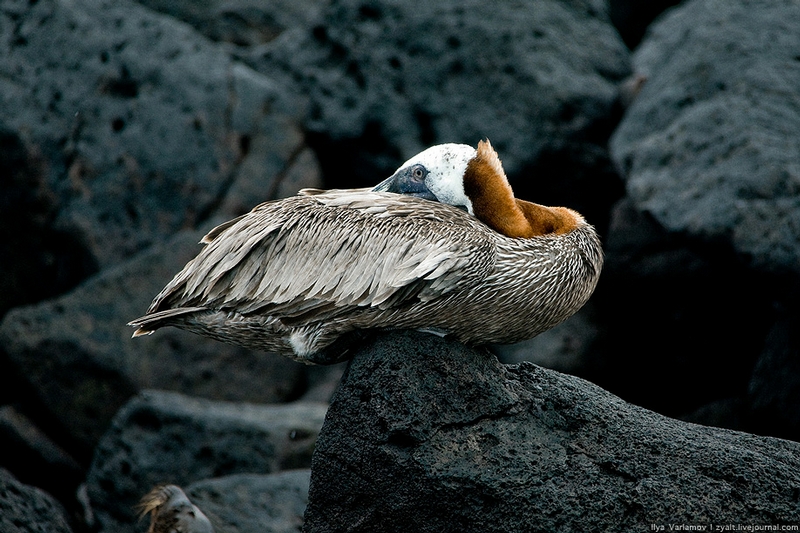
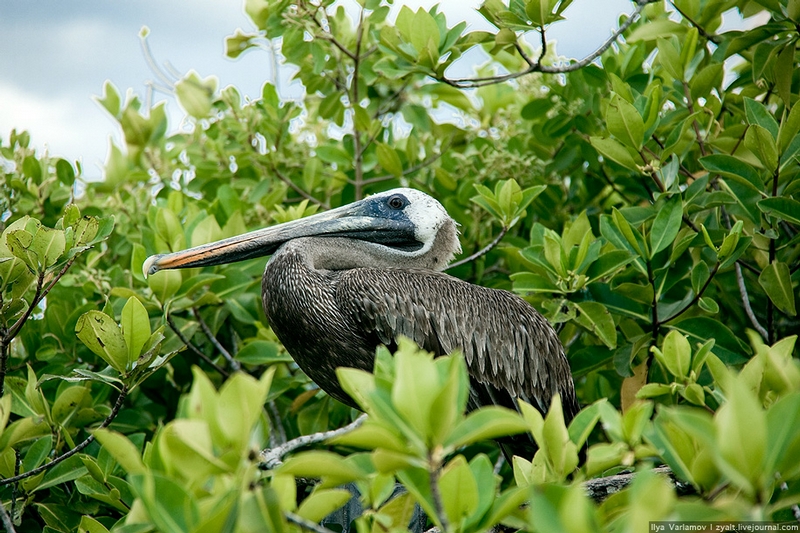
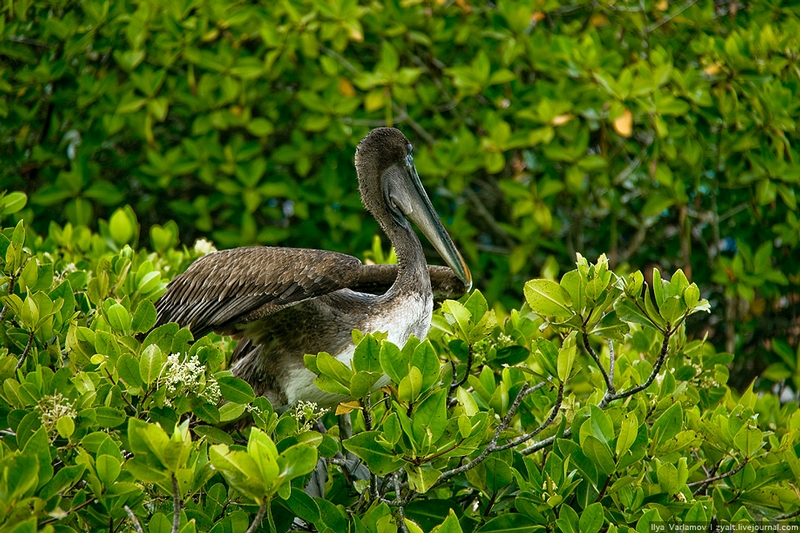
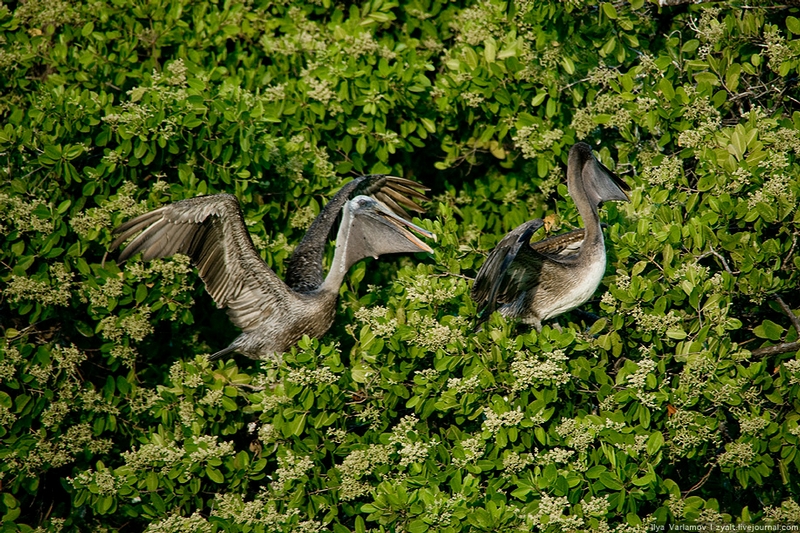

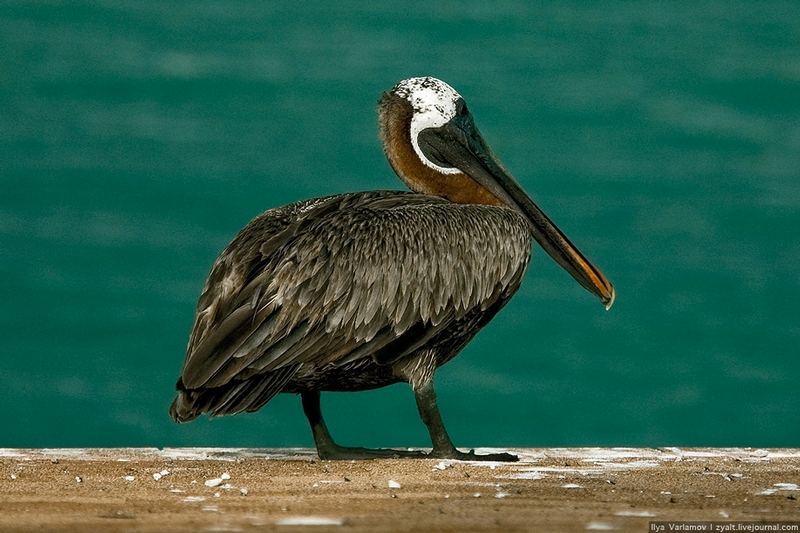
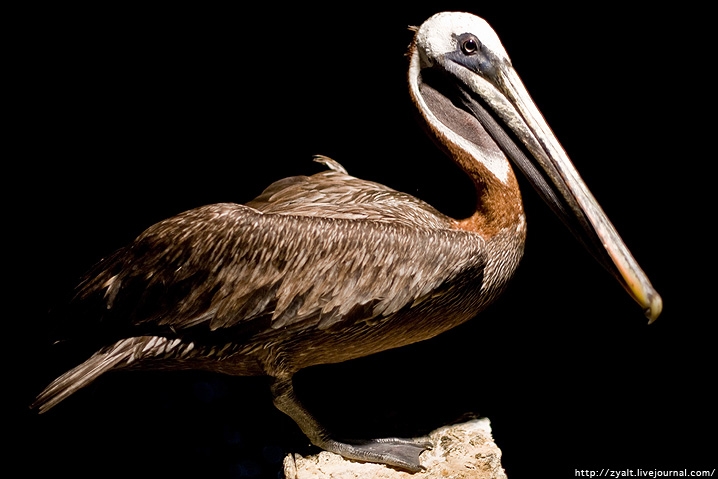
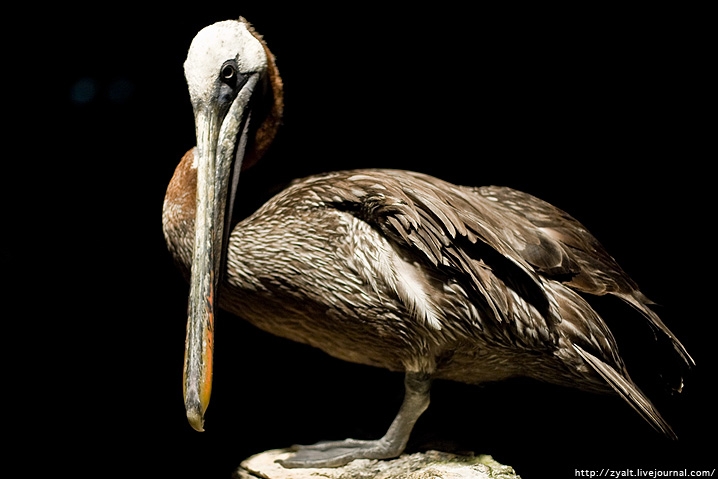
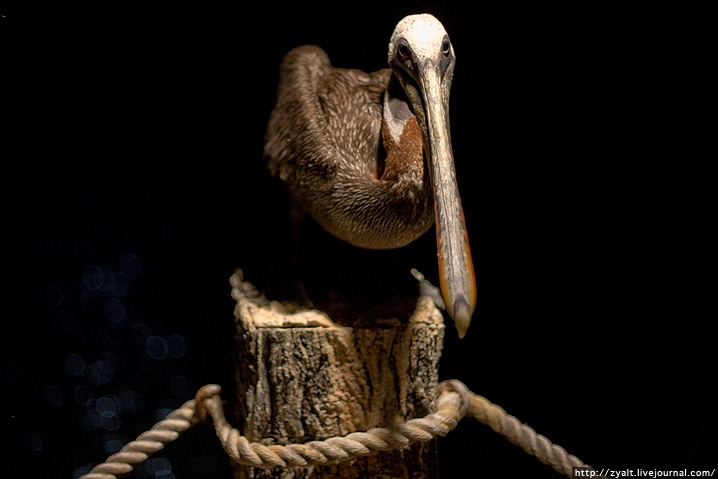
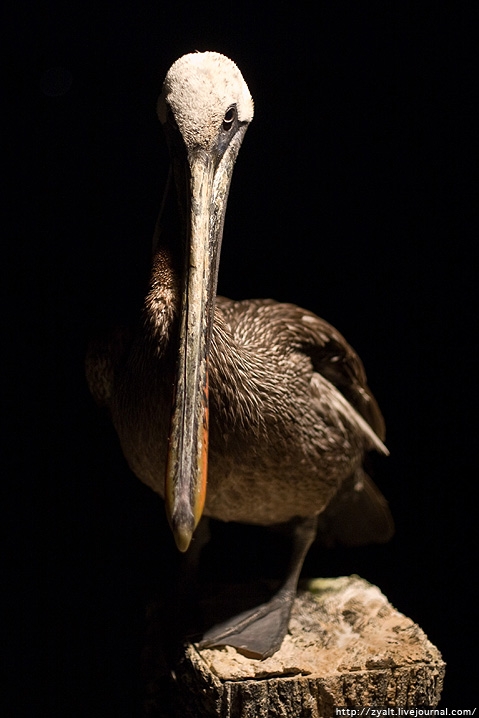
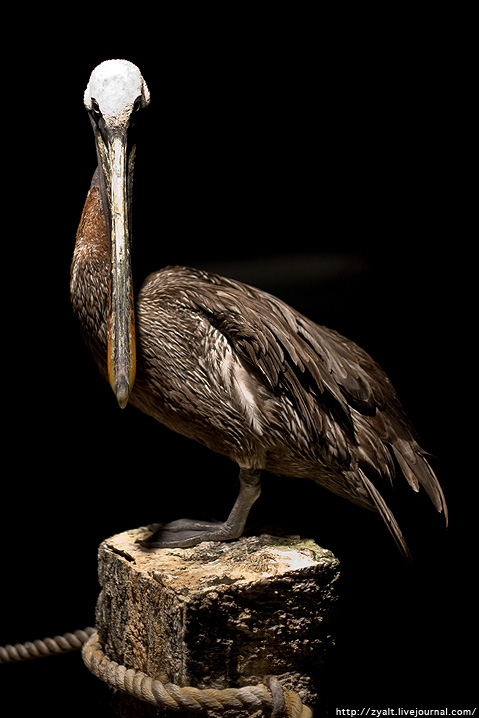
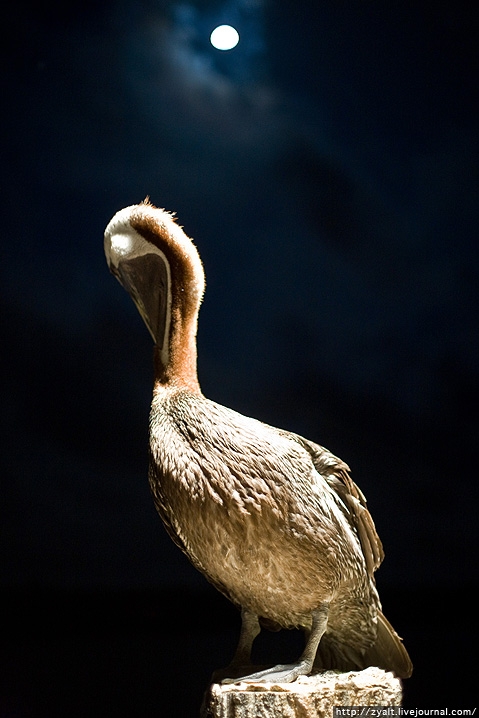
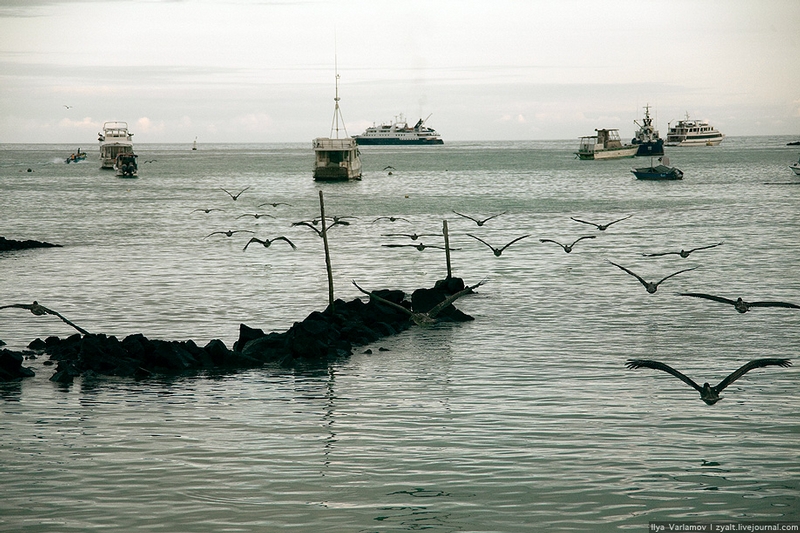
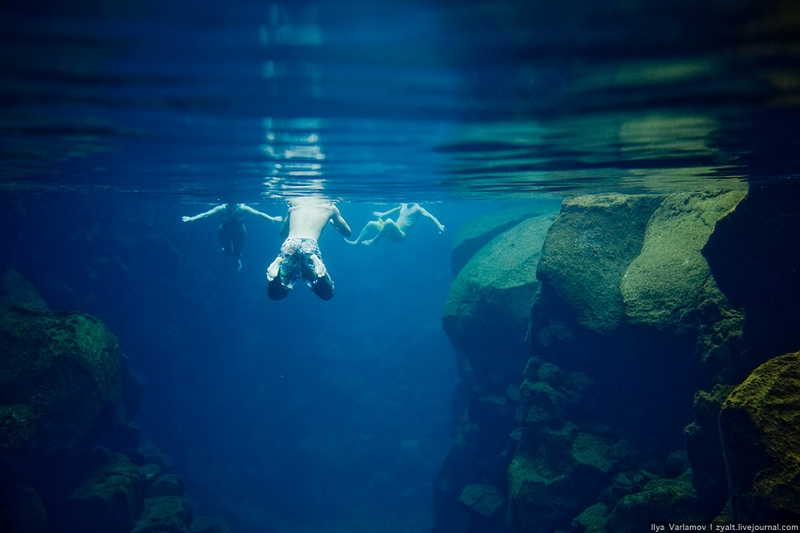
Some pictures made under the water near the Galapagos Islands.
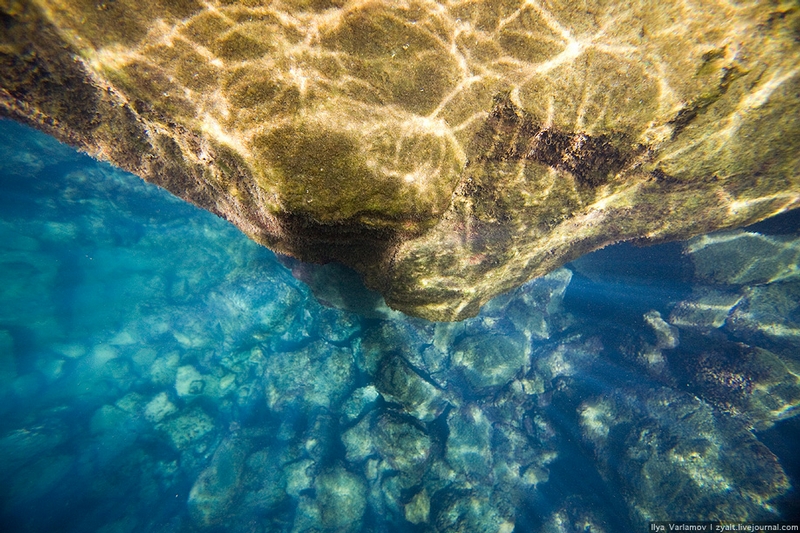
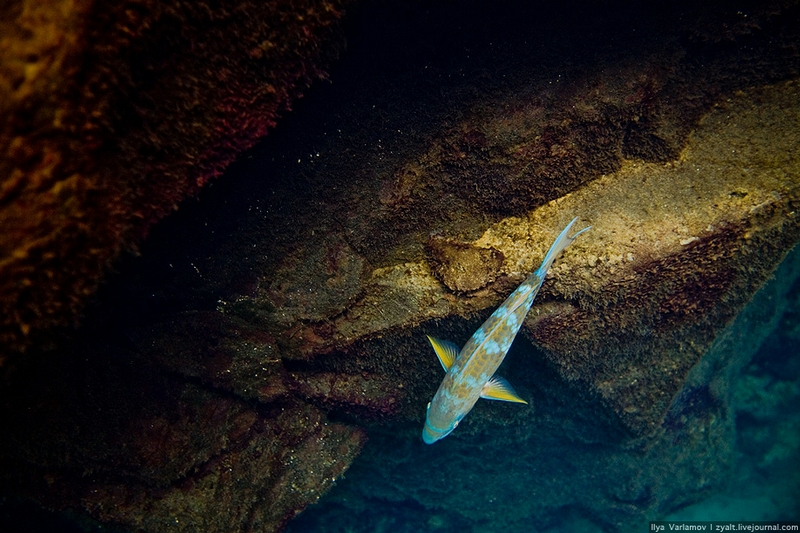
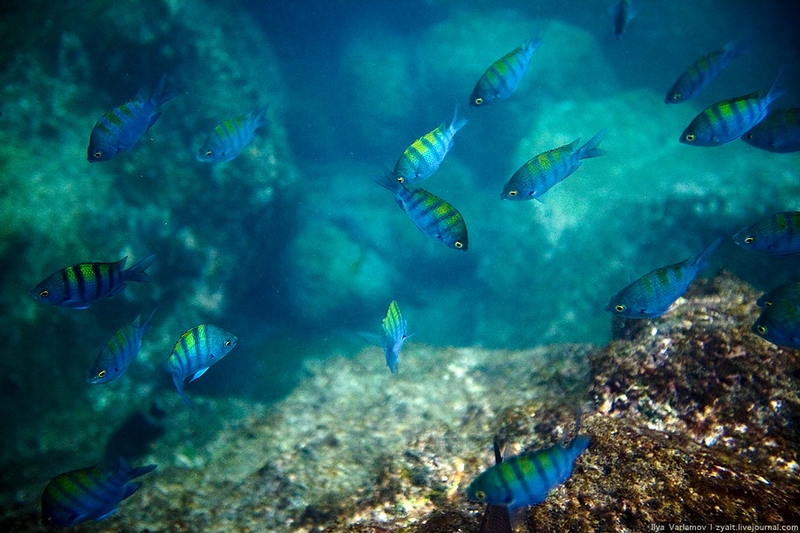
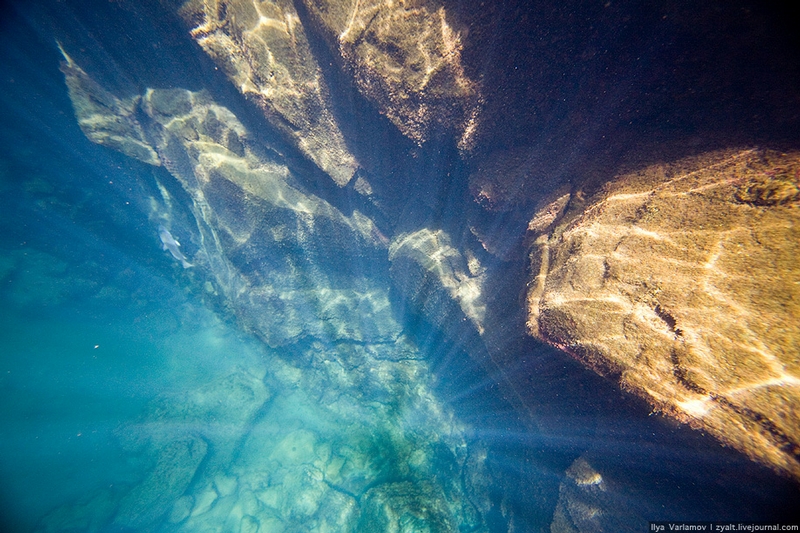

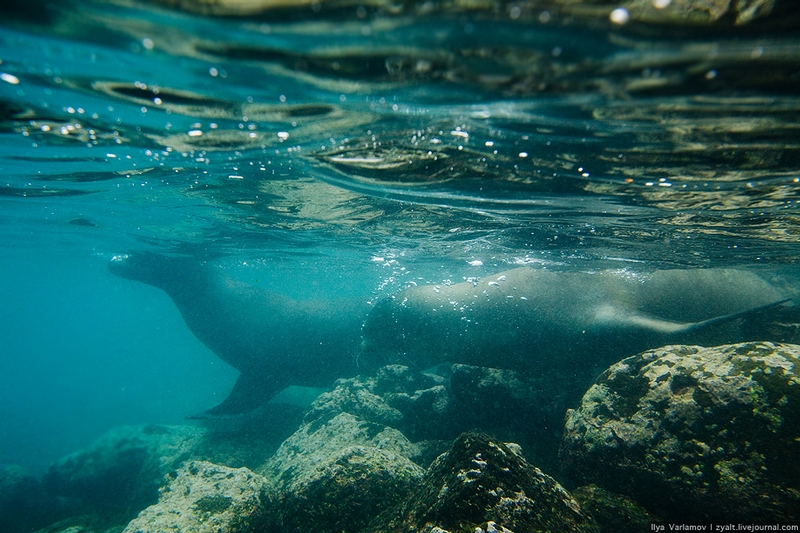
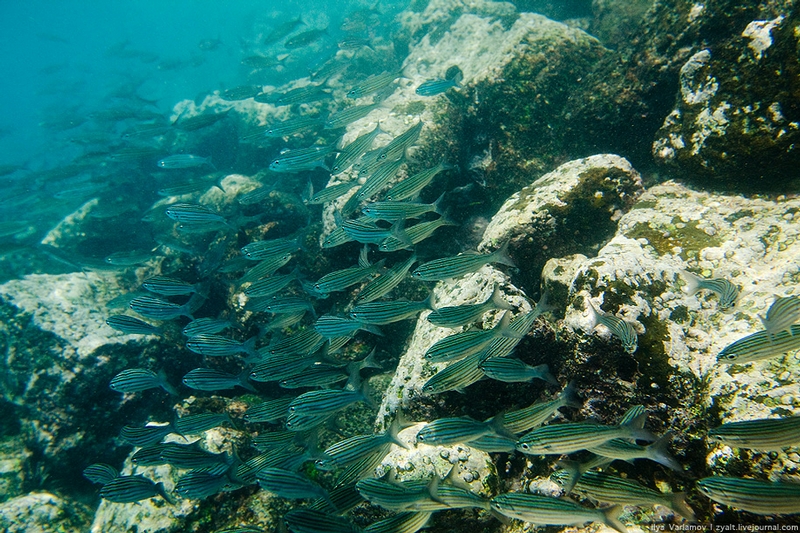
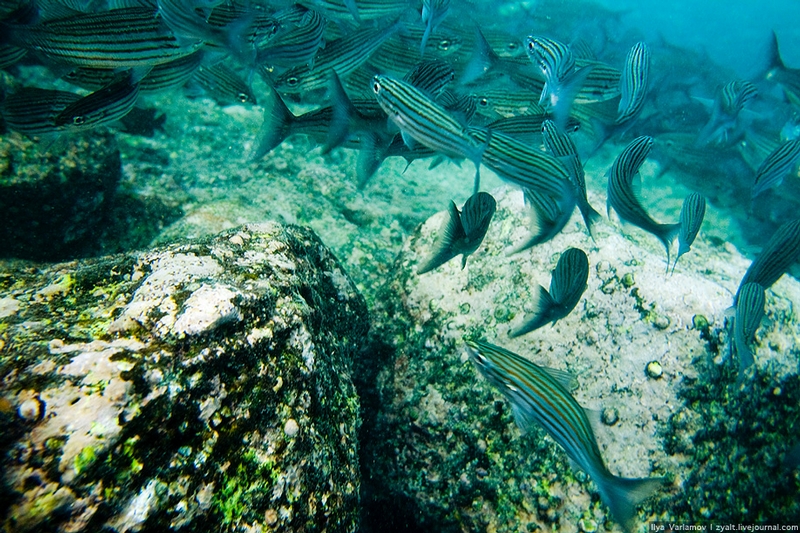
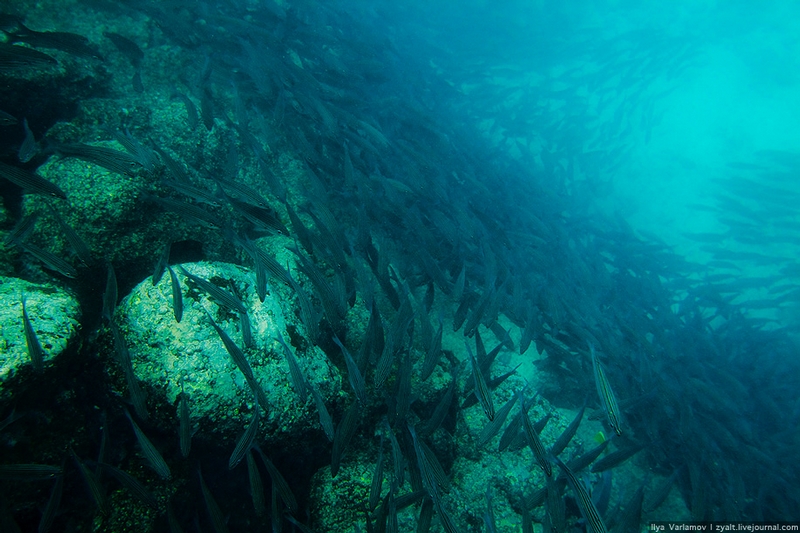
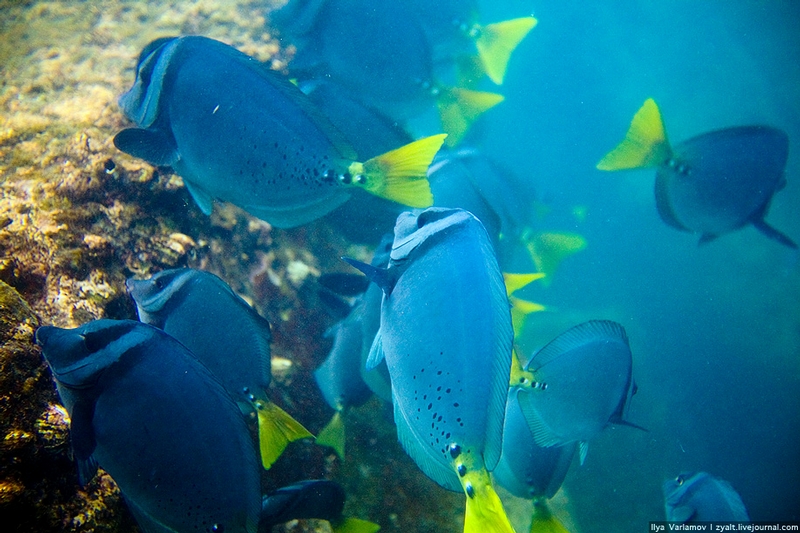
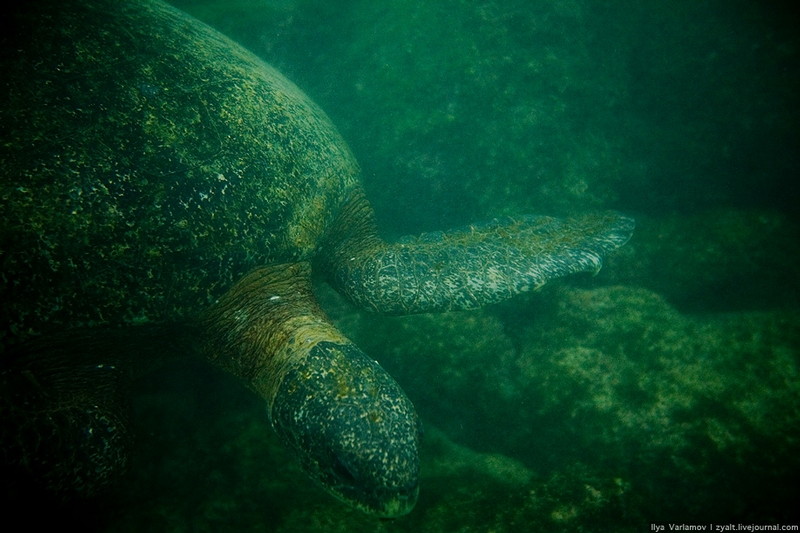
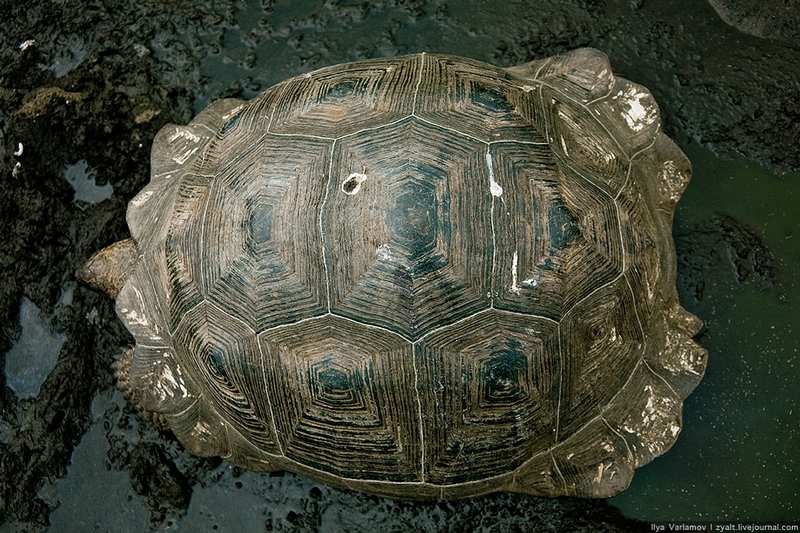
The Galapagos tortoise is one of the two largest specimens of the land
tortoises. The length of its carapace can reach 122 cm and the weight -
300 kg. In different populations there are essential differences in the
size and the shape of their carapace.

They can pair in any time of the year. A female lays up to 22 eggs of
the spherical shape, the diameter of which is 5-6 cm and weight - 70 g.
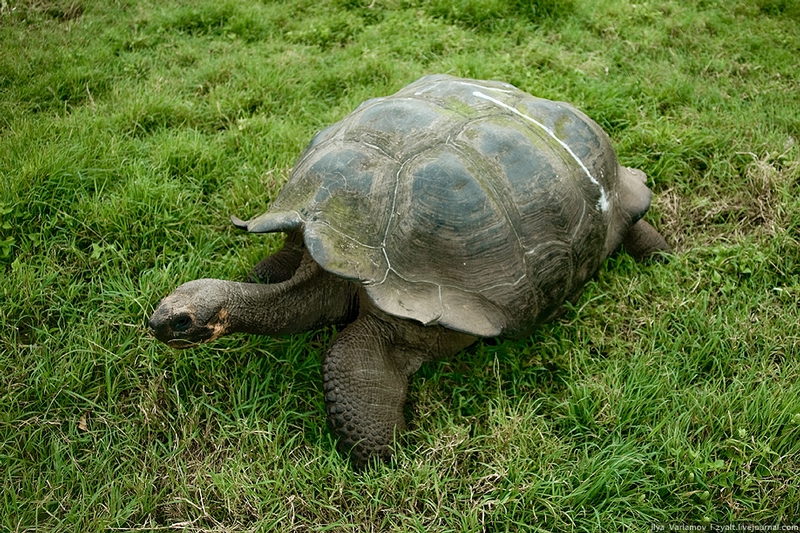
After the Galapagos Islands were discovered the sailors started to use
the tortoises as "alive tinned food" - they put them into the ship's
holds where they had to spend several months without food and drinks.
According to the notes of the ship's jornals, 79 whalers took away 10373
tortoises from the archipelago in the middle of the 19th century. In
general, about 10 million tortoises were killed.
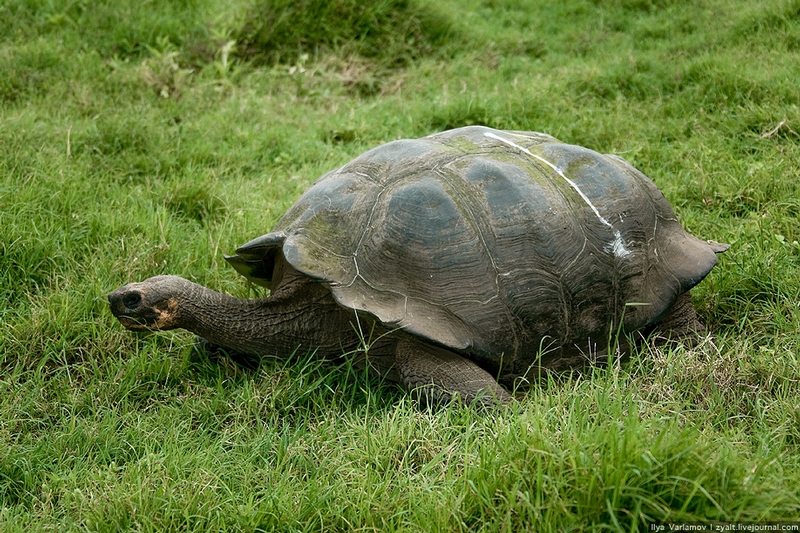
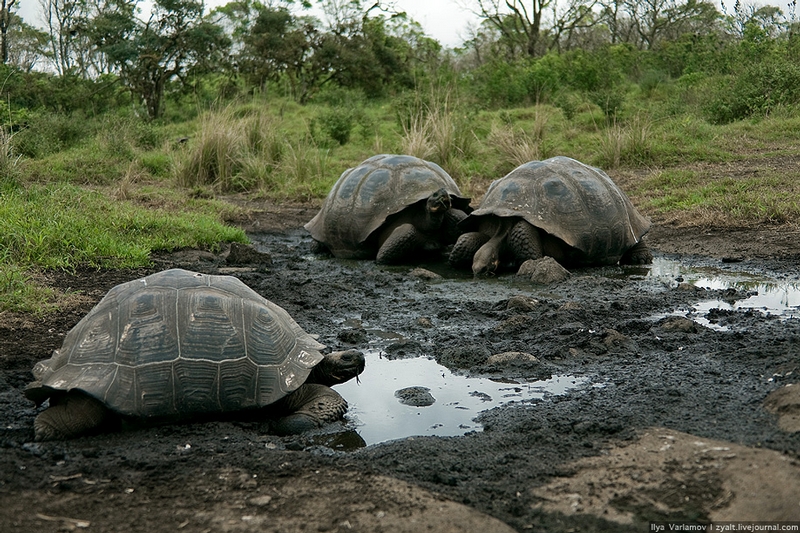


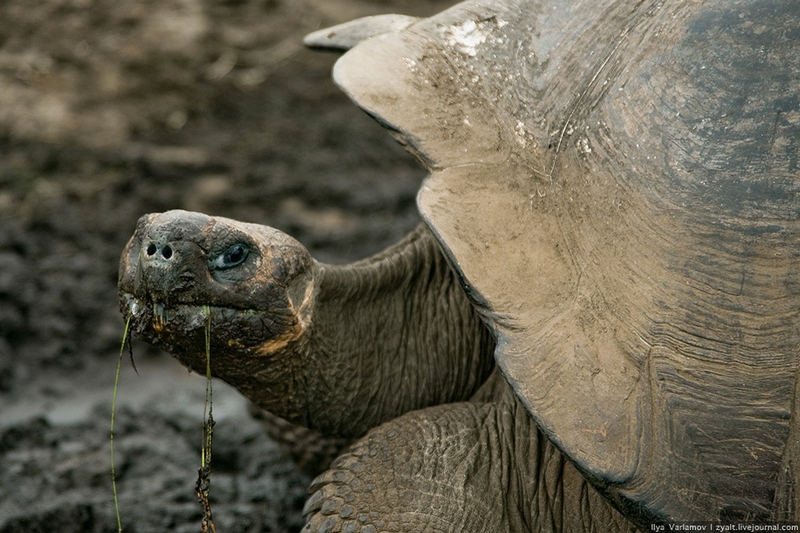
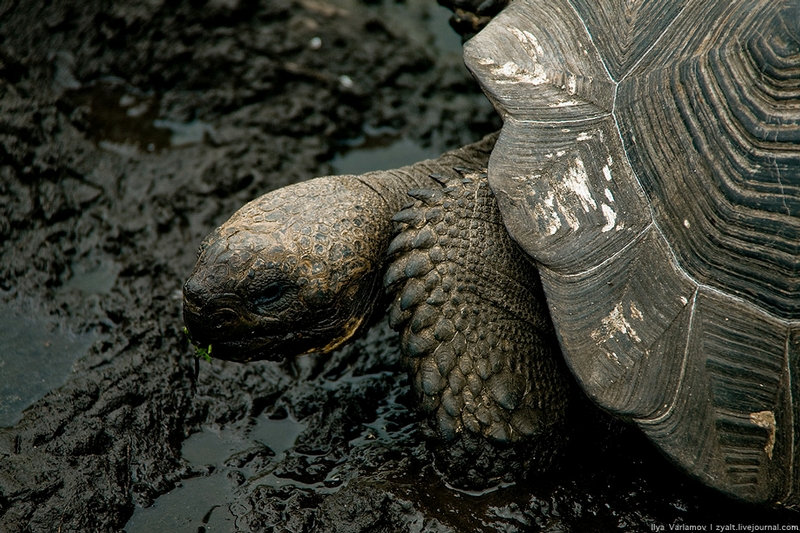
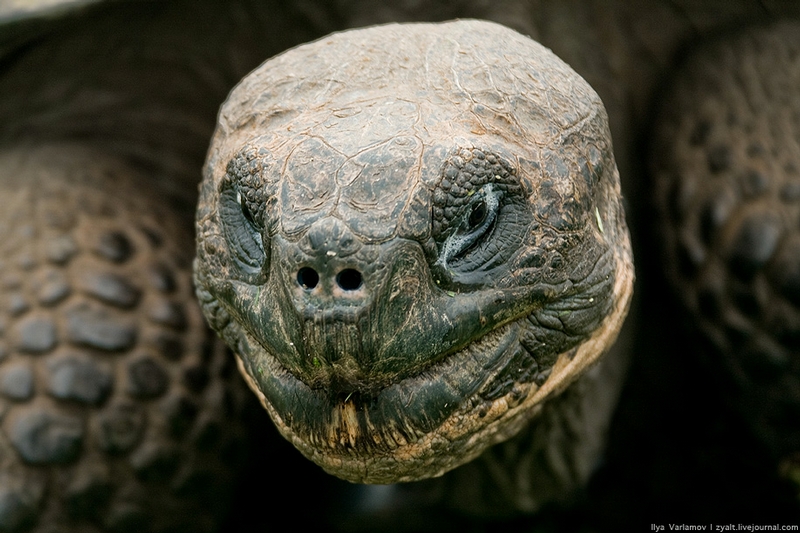
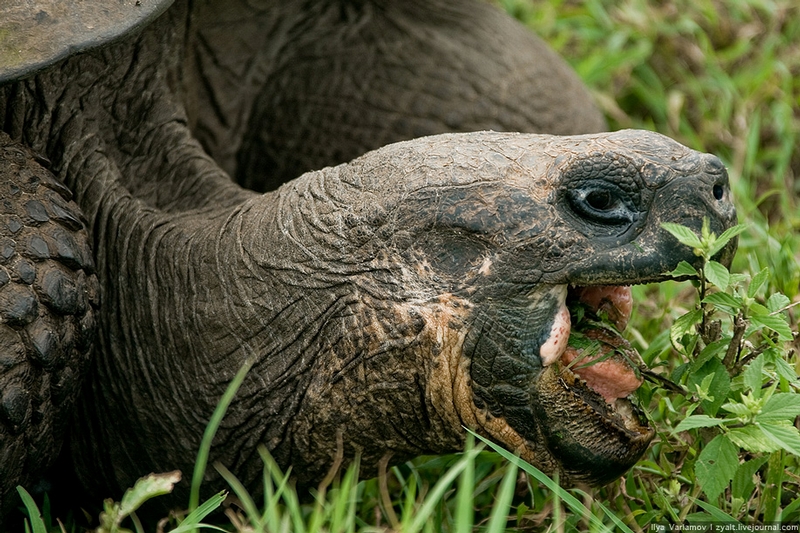
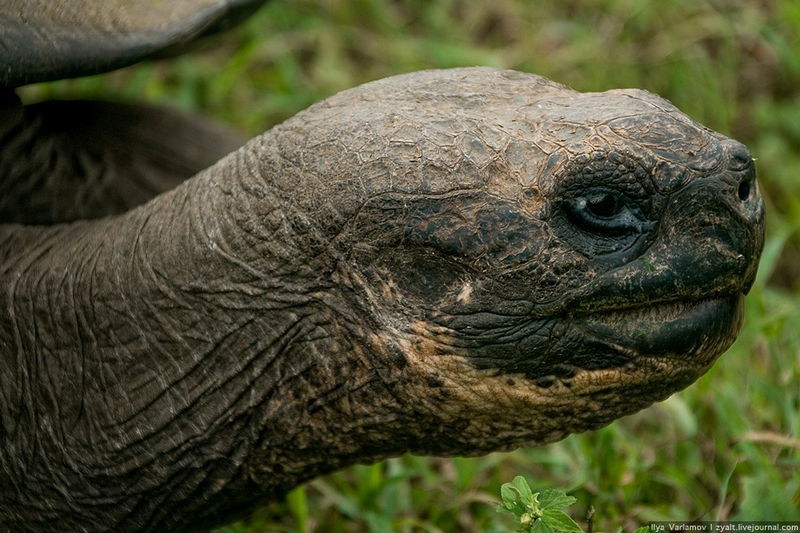
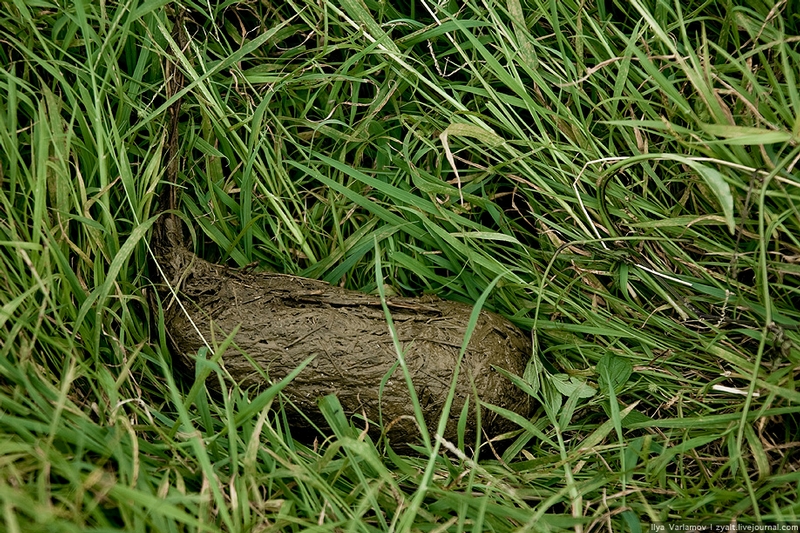
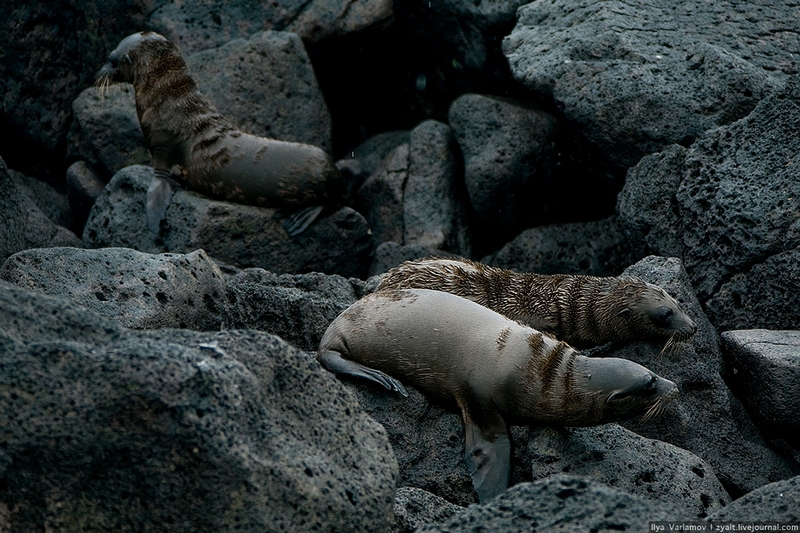
A sea lion is one of the main attractions of the Galapagos Islands.
They behave very impertinently as they are not afraid of anybody. They
terrorize all the animals on the island: pelicans, dogs and many others
are really afraid of them.
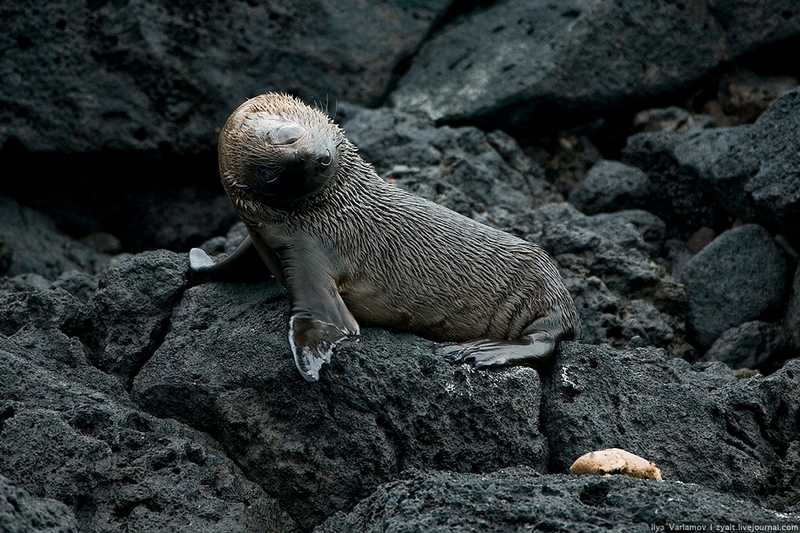
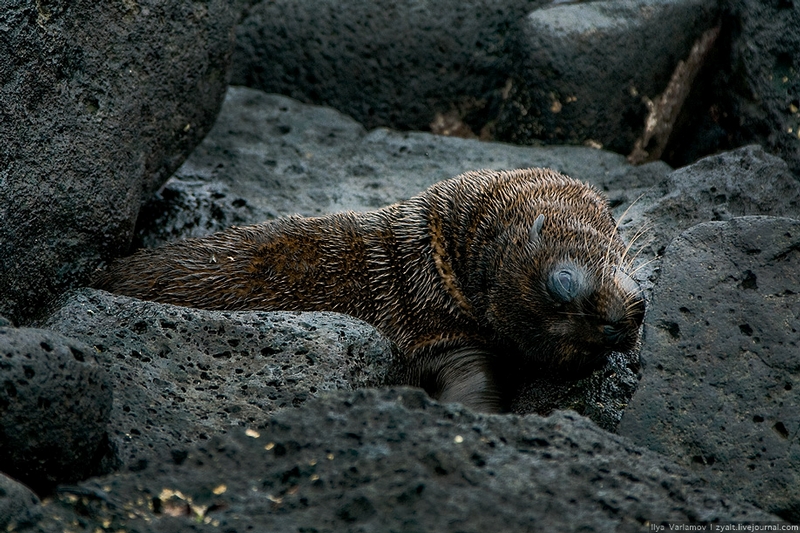
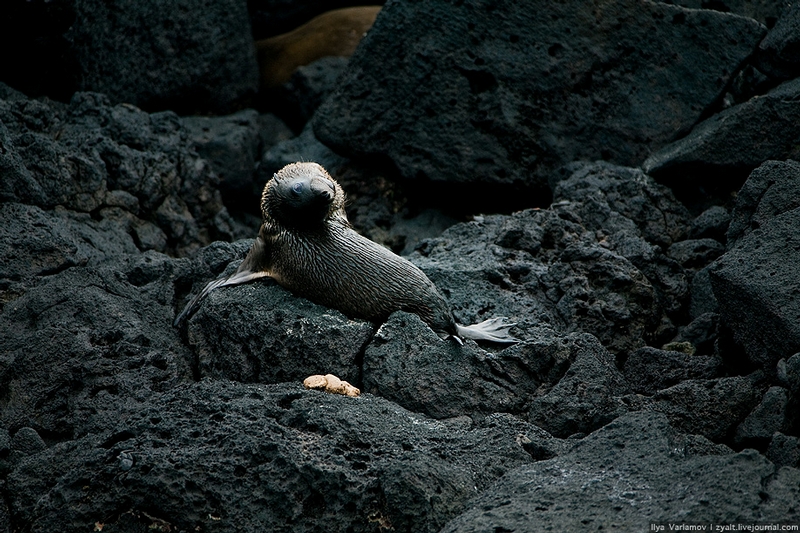
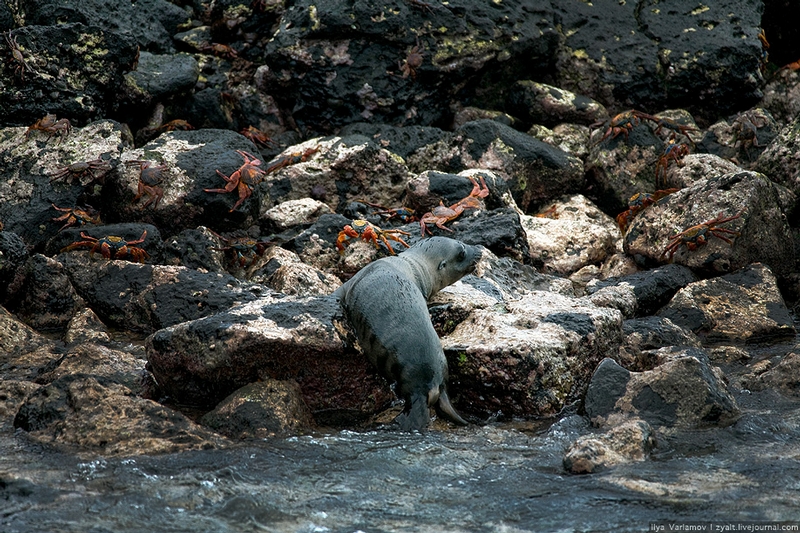
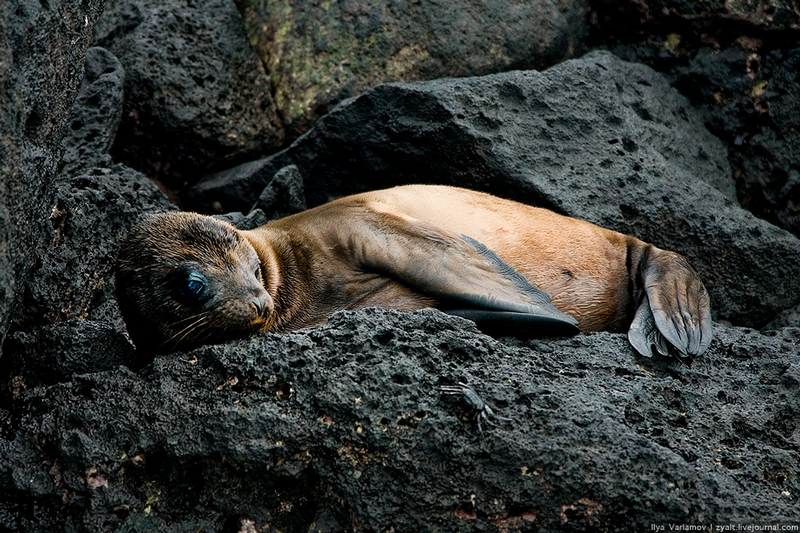
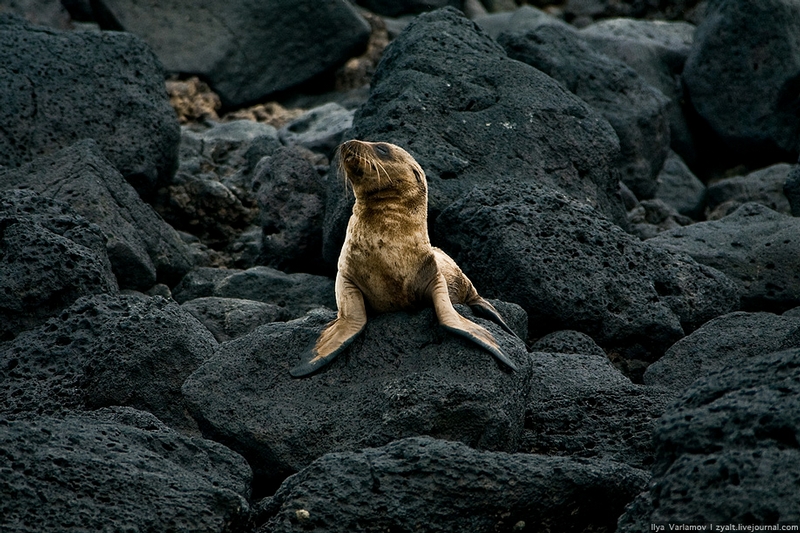

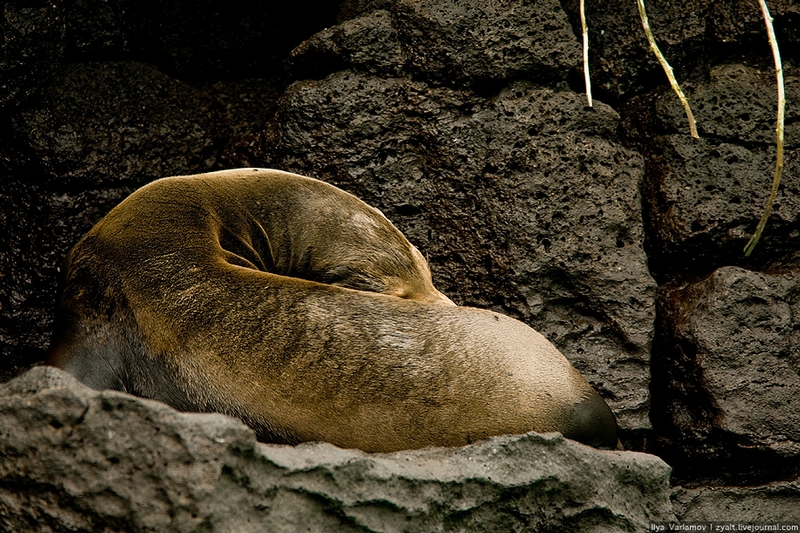
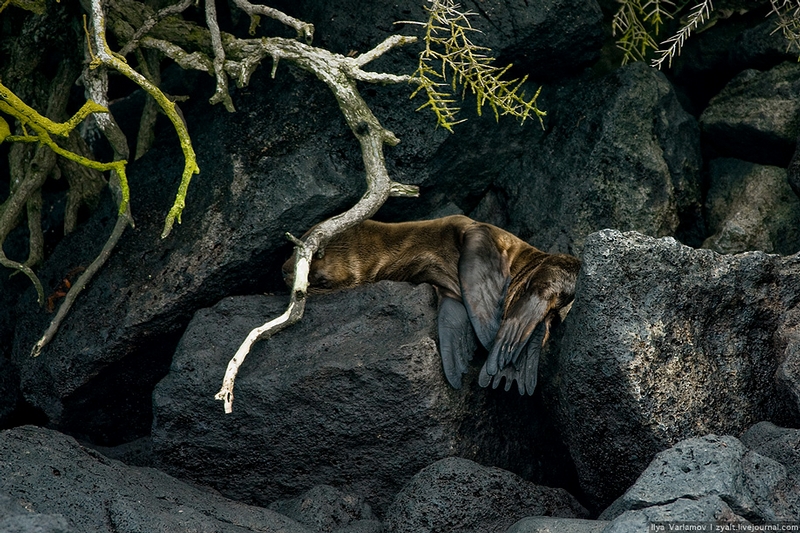
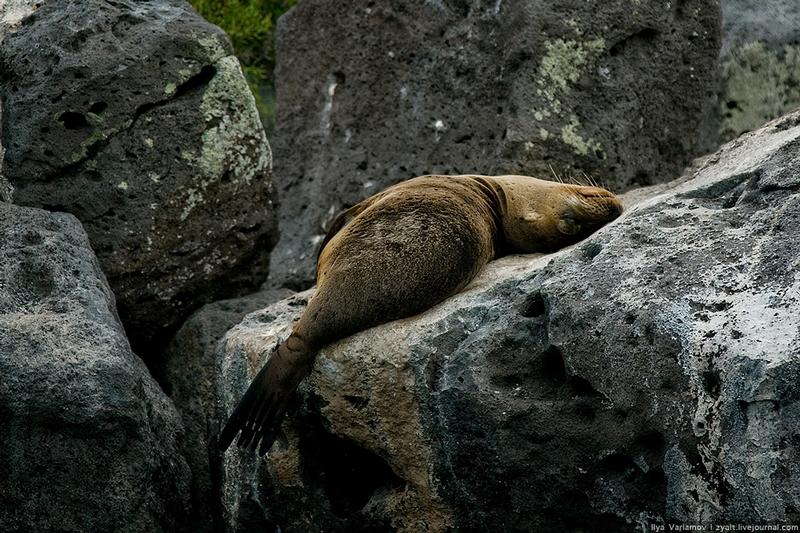
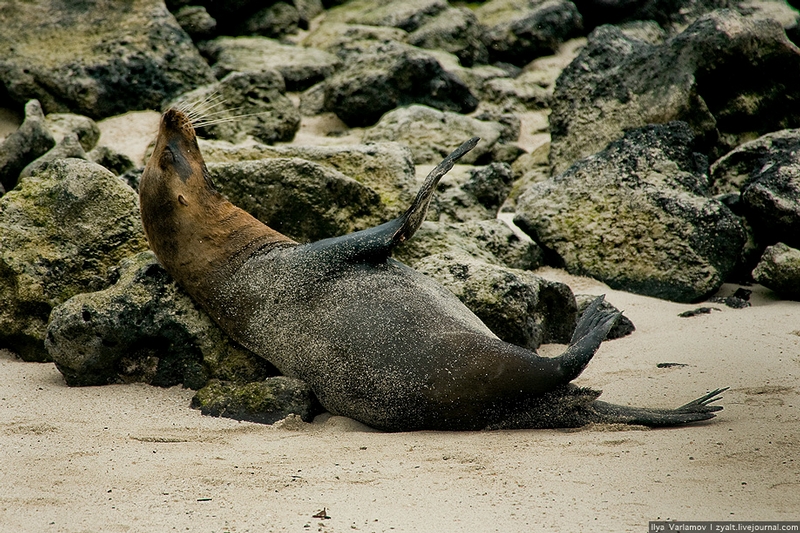
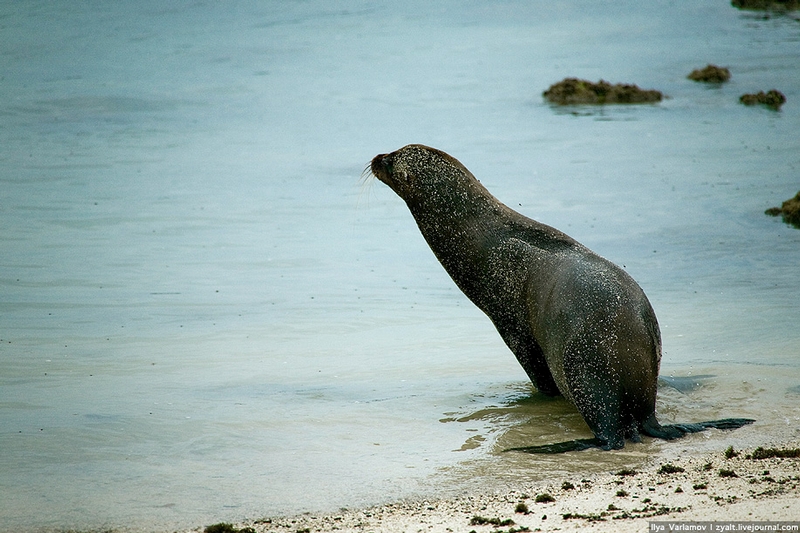
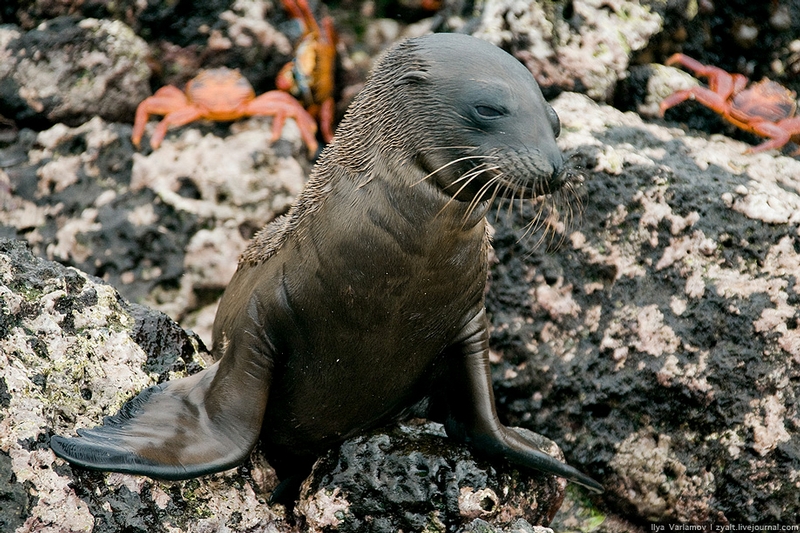
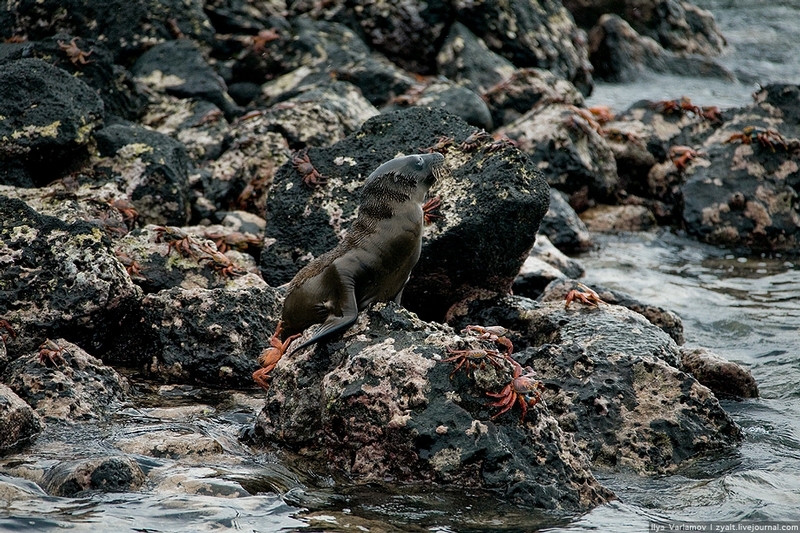
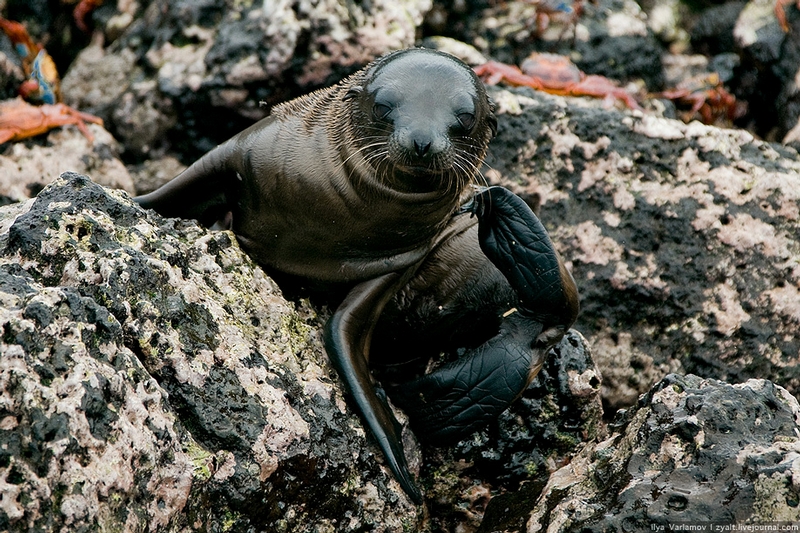
Itching.
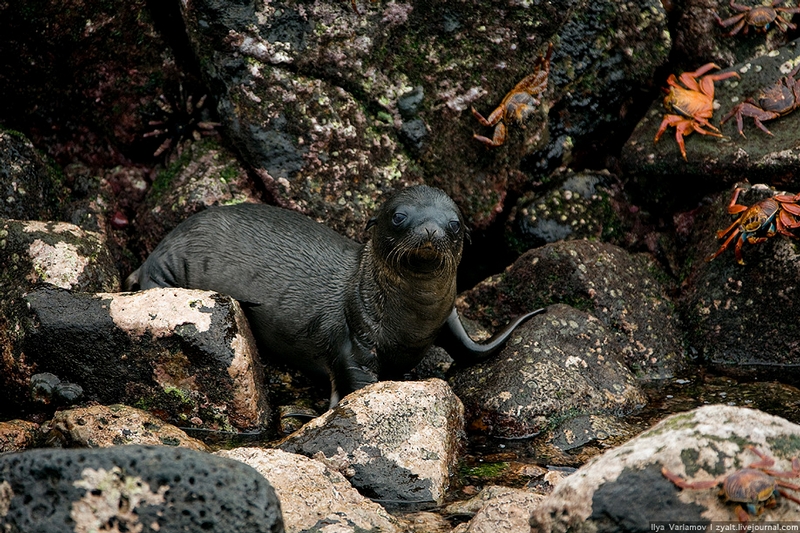
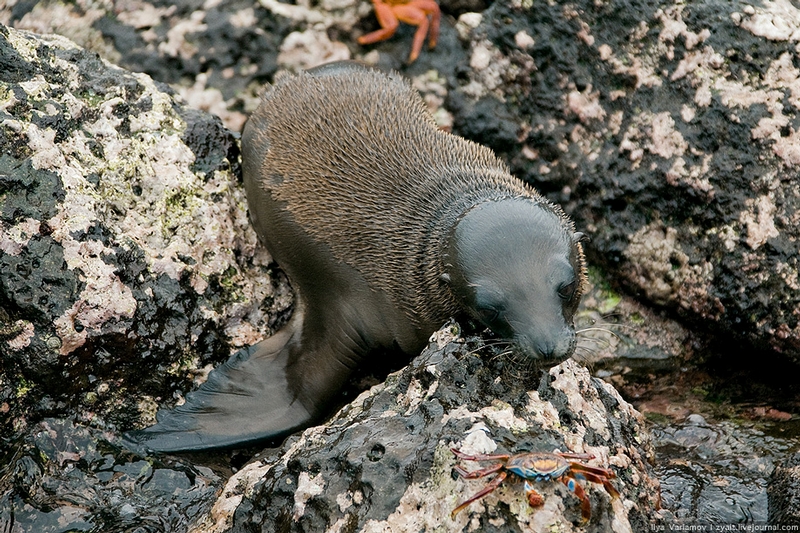
While the fish is too hard for them to chew, they hunt the crabs.
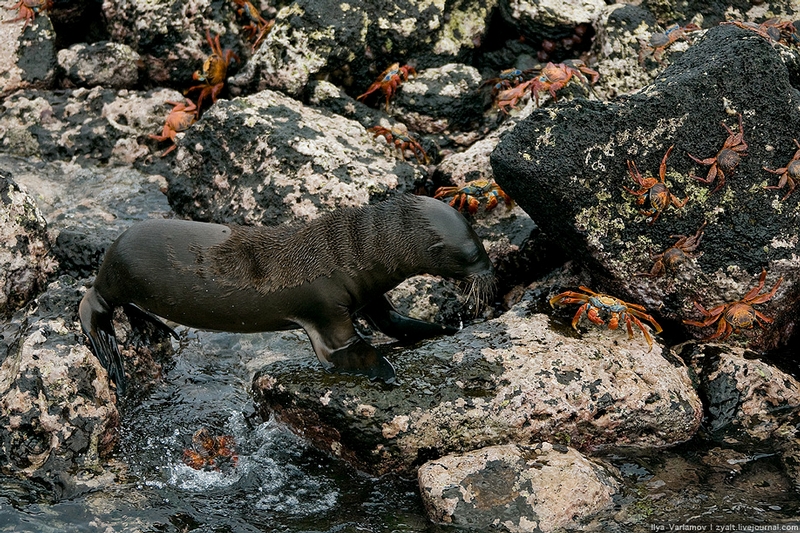
A menacing lion is hunting. Aggggrrr!
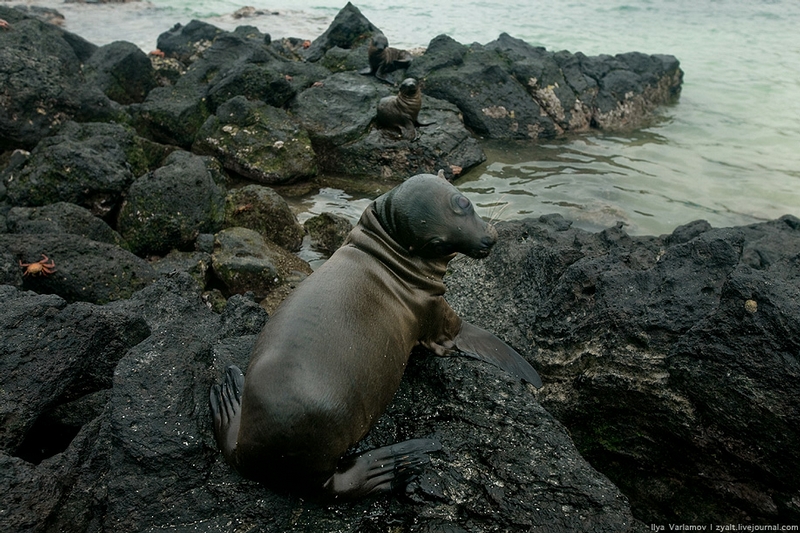
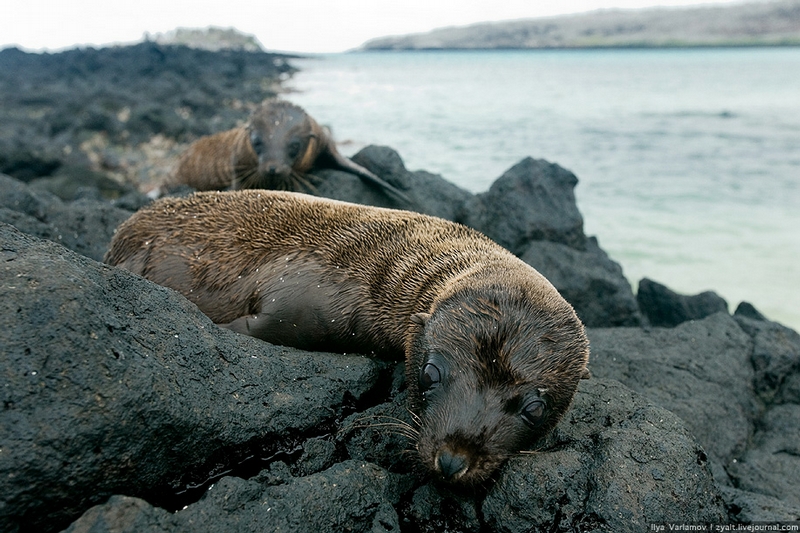
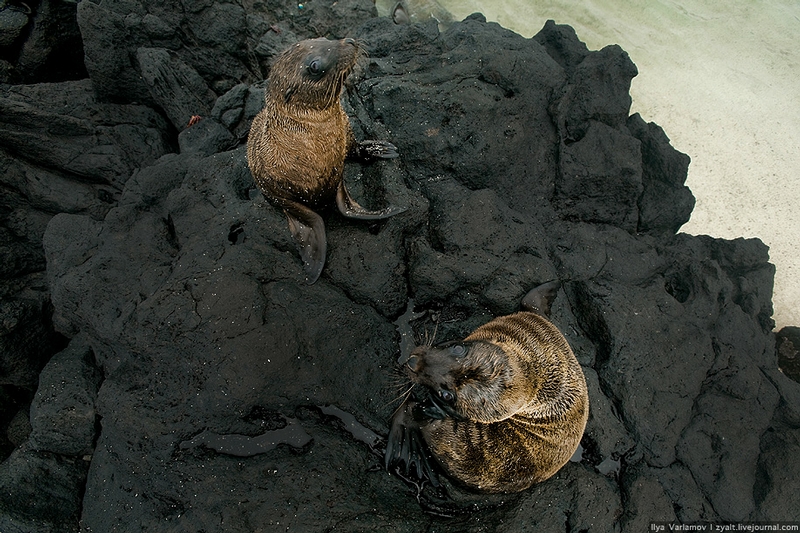
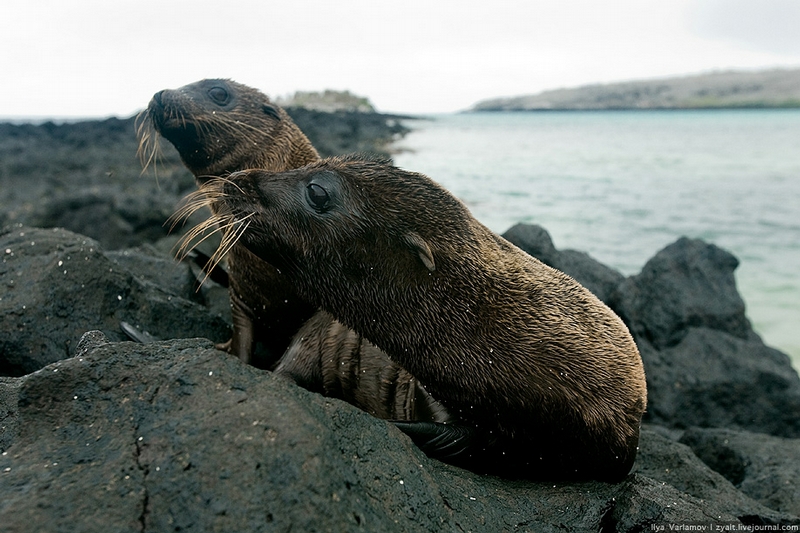
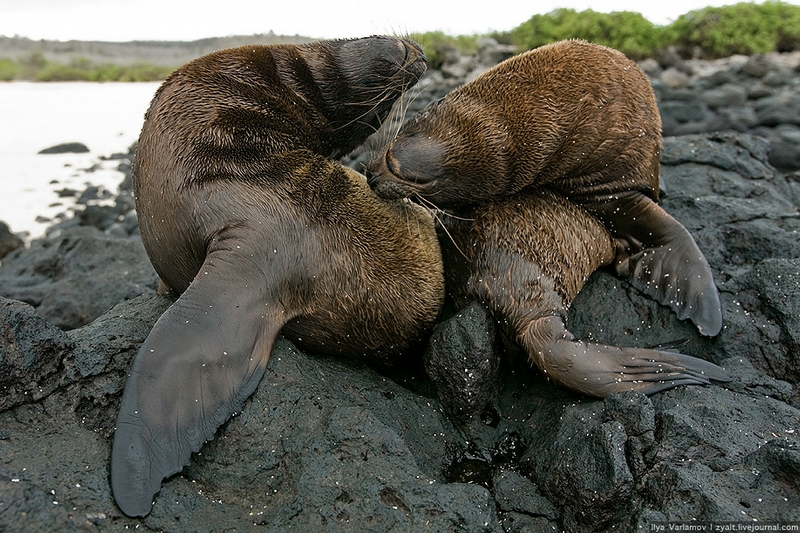
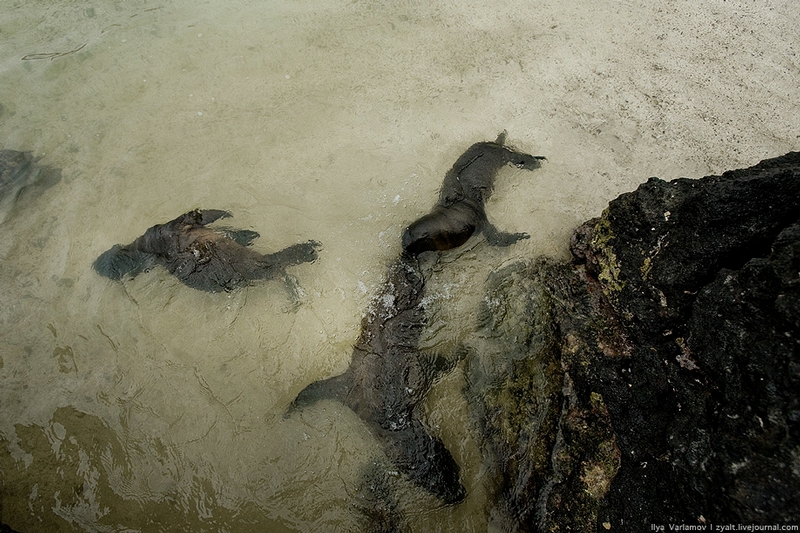
No crabs? It's ok. One can always bite a tail of the friend. By the way, their own meat is very tender and tastes like veal.
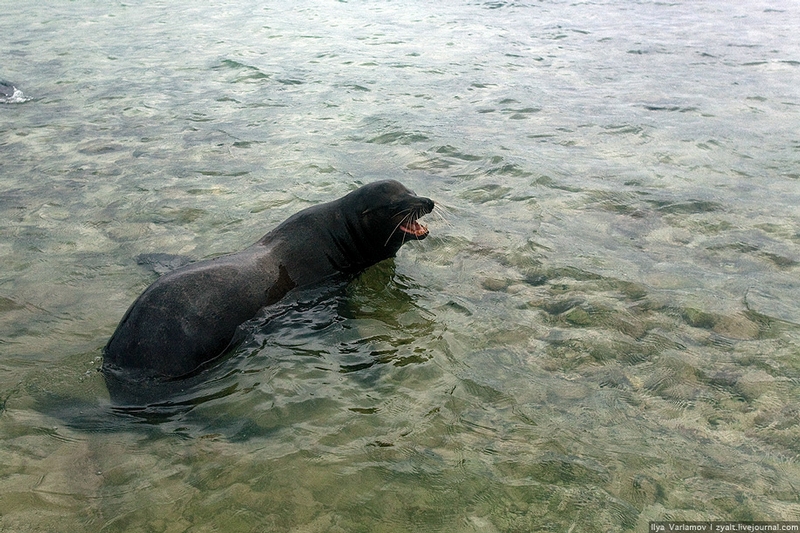
The father was very displeased with the camera.
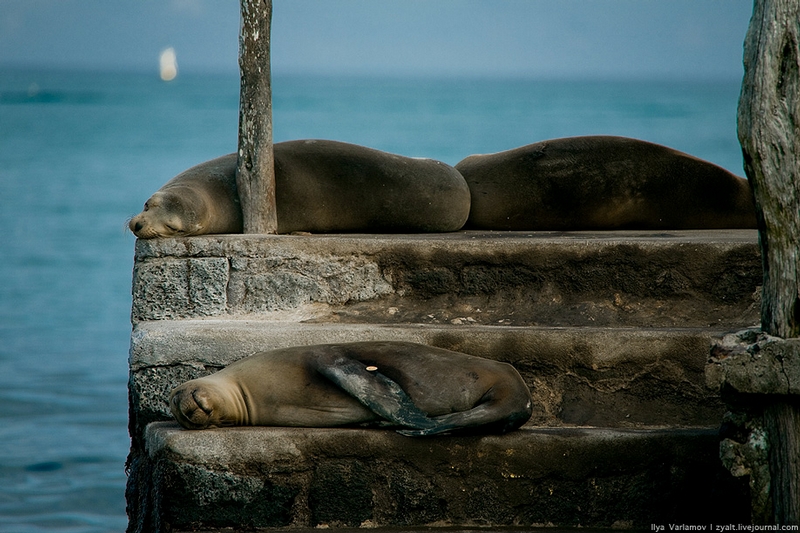
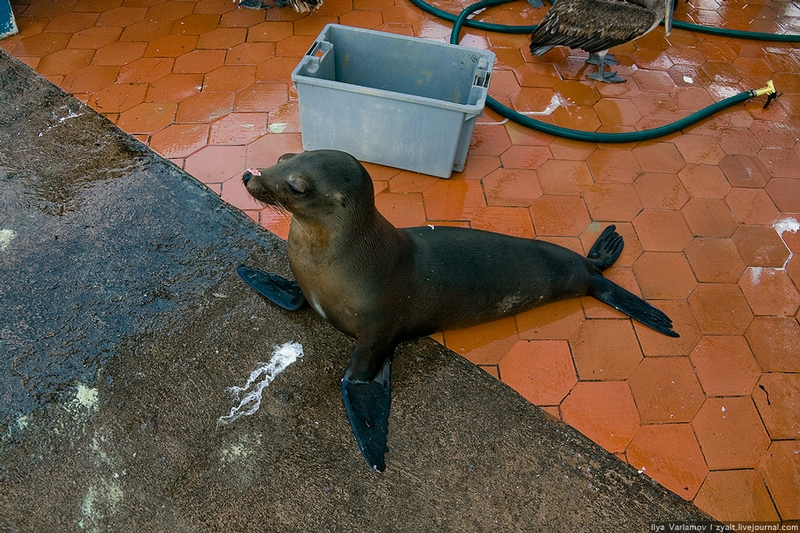
As soon as a sea lion appears in the fish market, pelicans forget about
their hunger at once and quickly fly away. Once a pelican decided to
share the meal with the lion. The latter, without thinking, grabbed it
by the wing and dragged to the sea. 3 minutes later it released the poor
injured pelican and left it in the sea to lick its wounds. After this
incident no pelican was brave enough to repeat the trick.
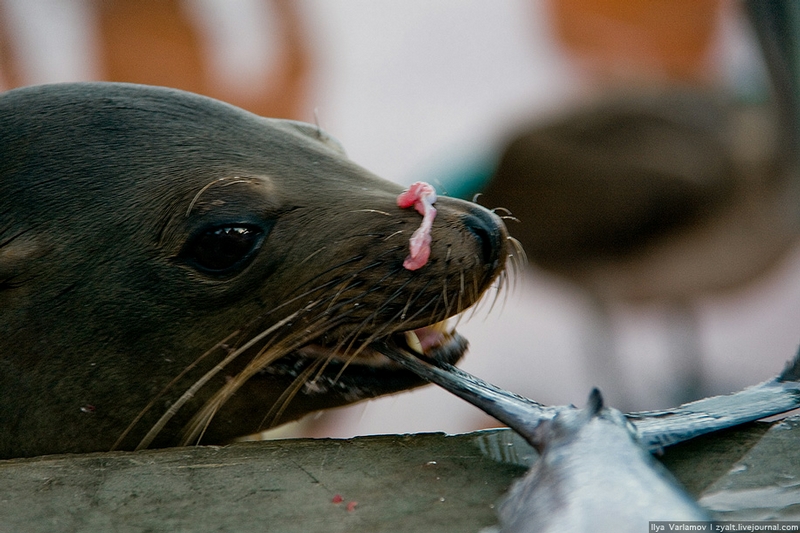
A lion with the remains of the pelican on its nose stealing the fish from the counter.
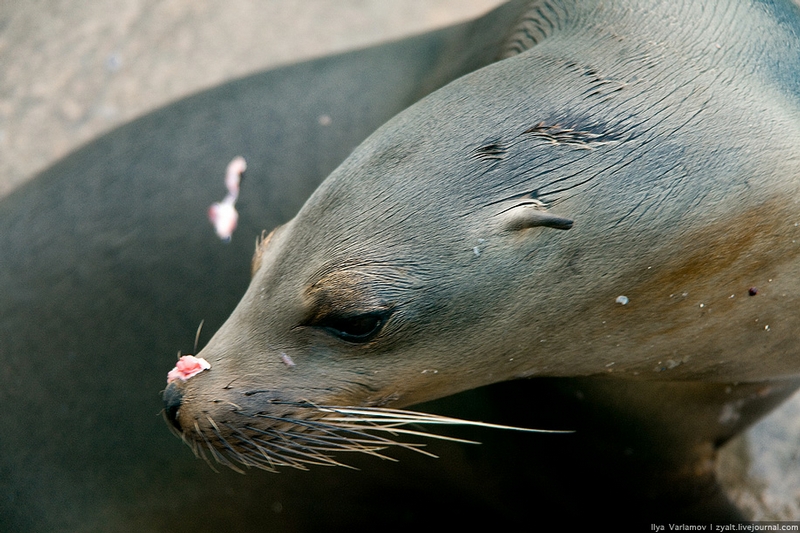
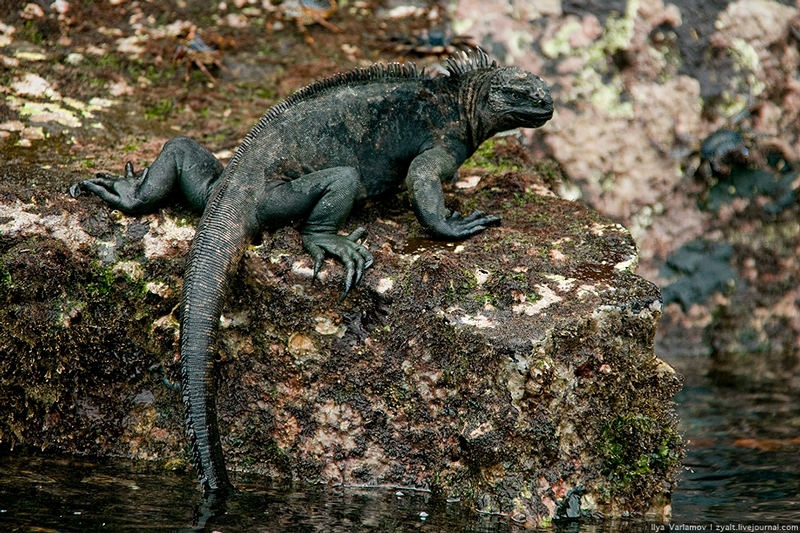
The Marine Iguana is a specimen living on the Galapagos Islands only.
Unlike the other modern lizards - this one likes to spend most of its
time in the water.
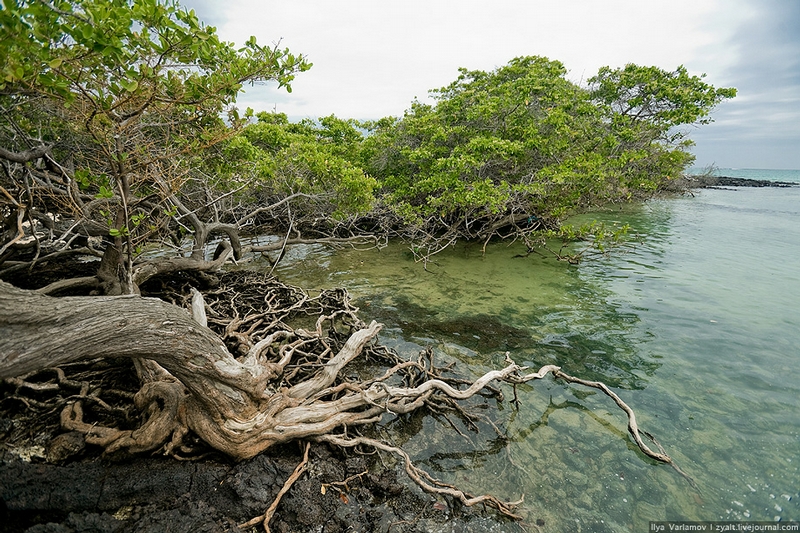
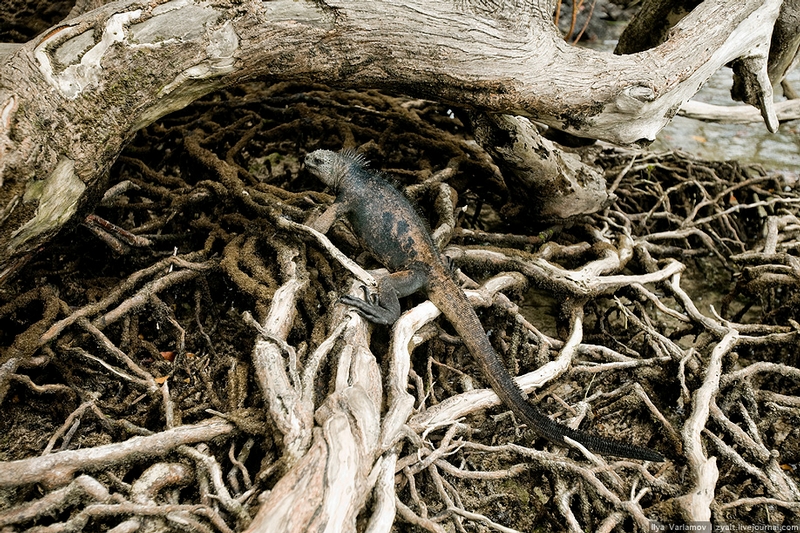
The house of the iguanas.
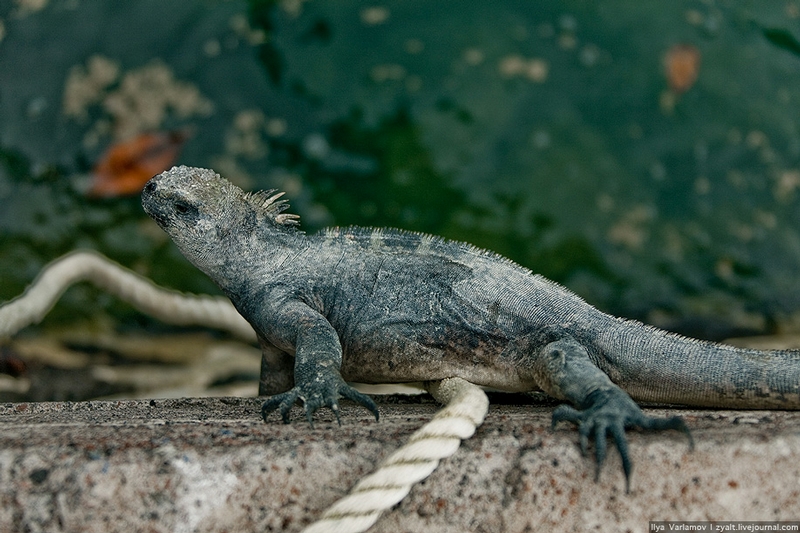
The hostess.
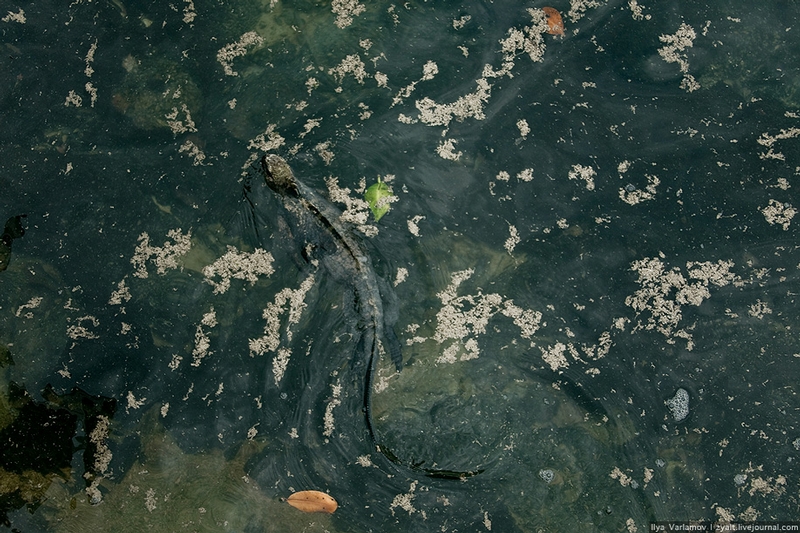

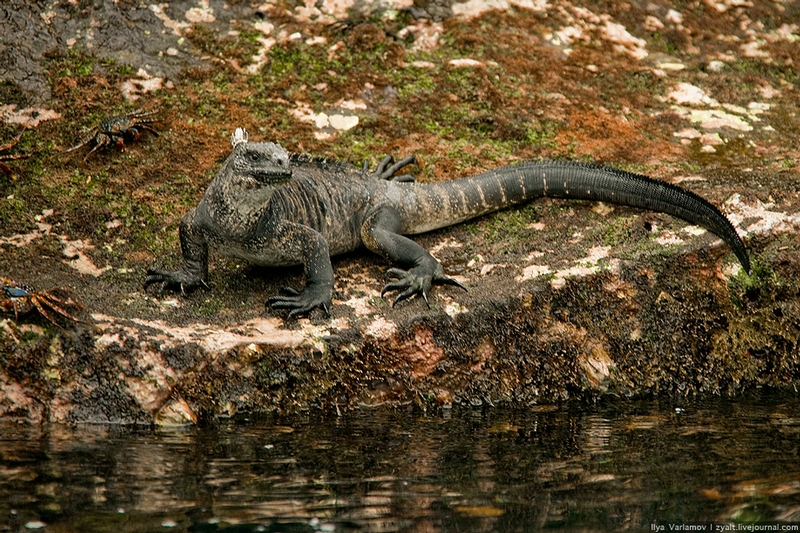
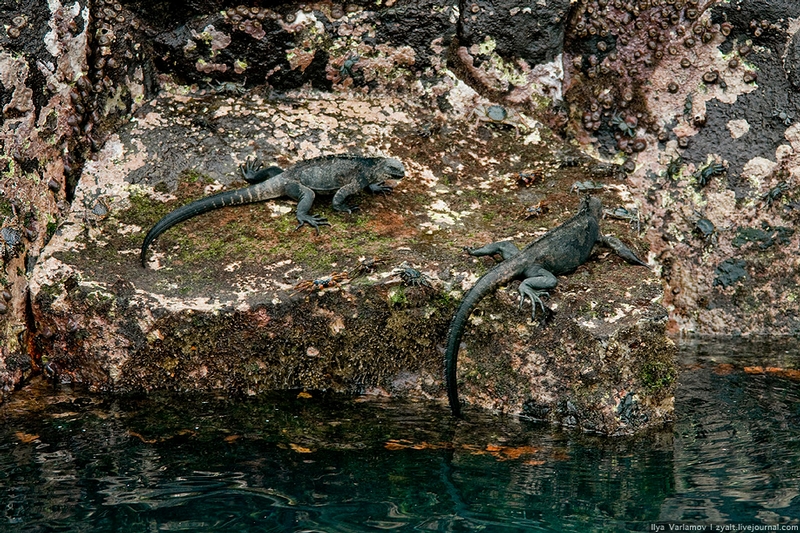
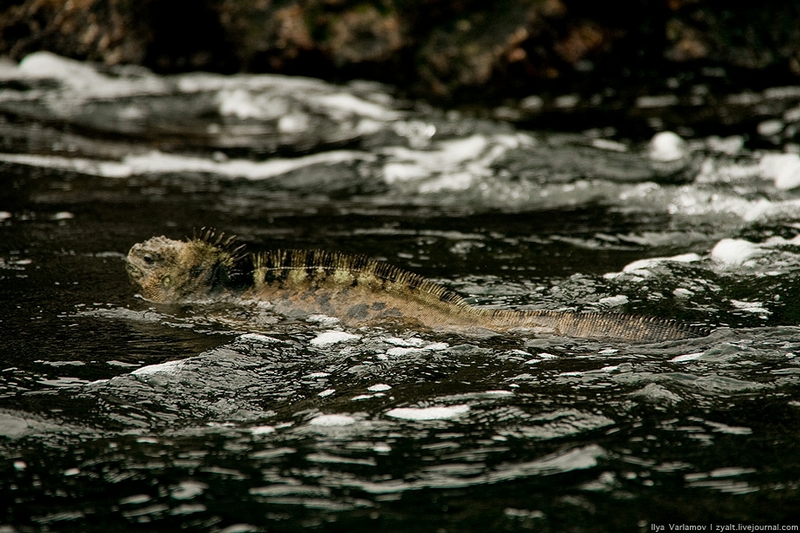
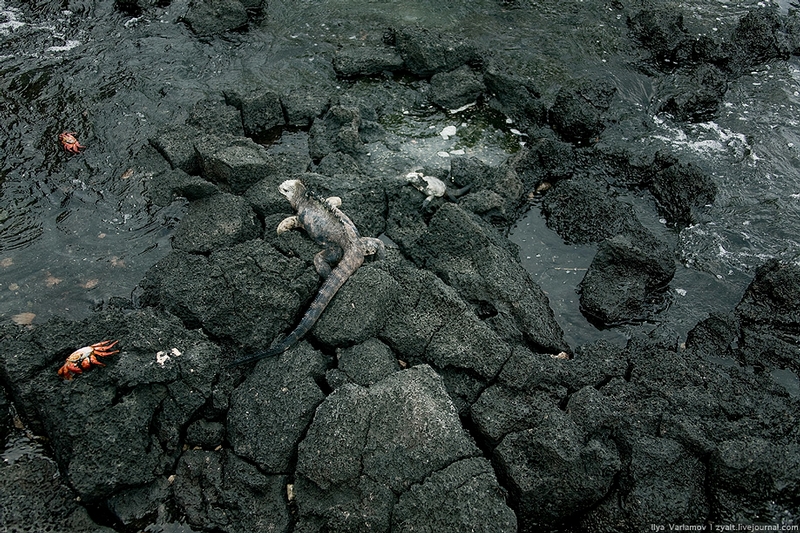
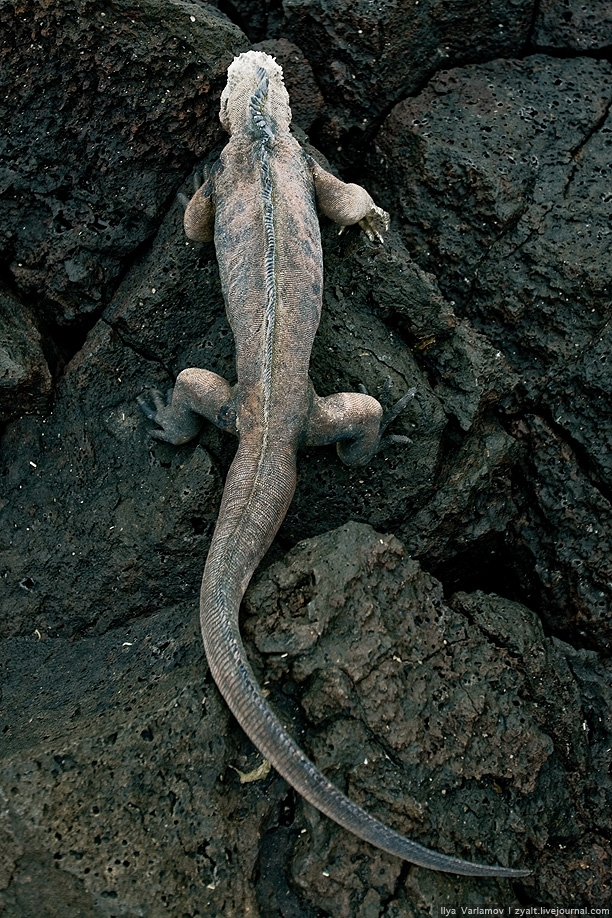
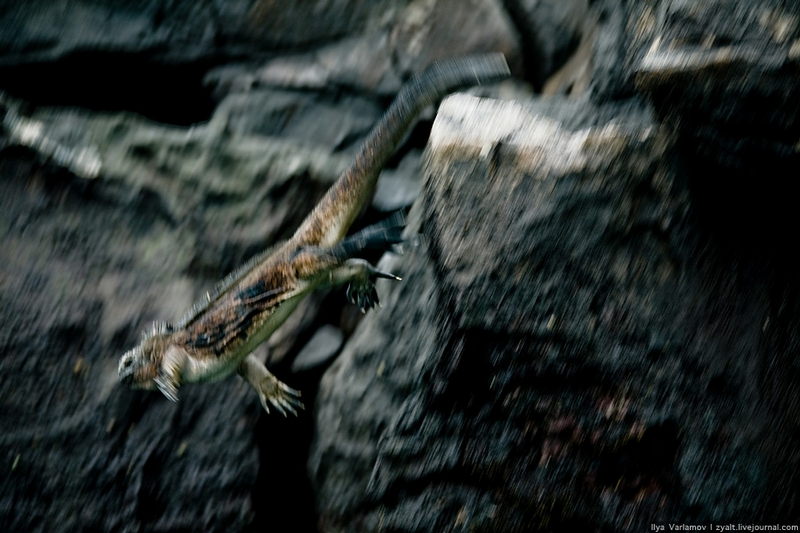
The flying iguana.
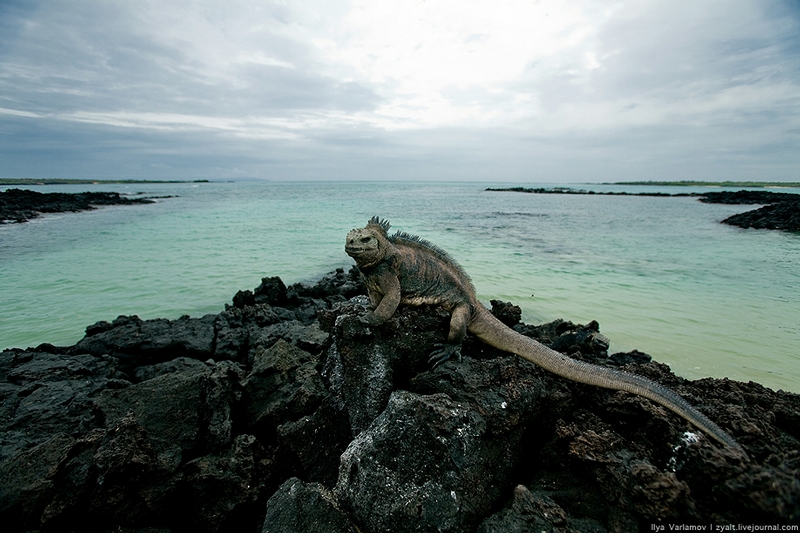
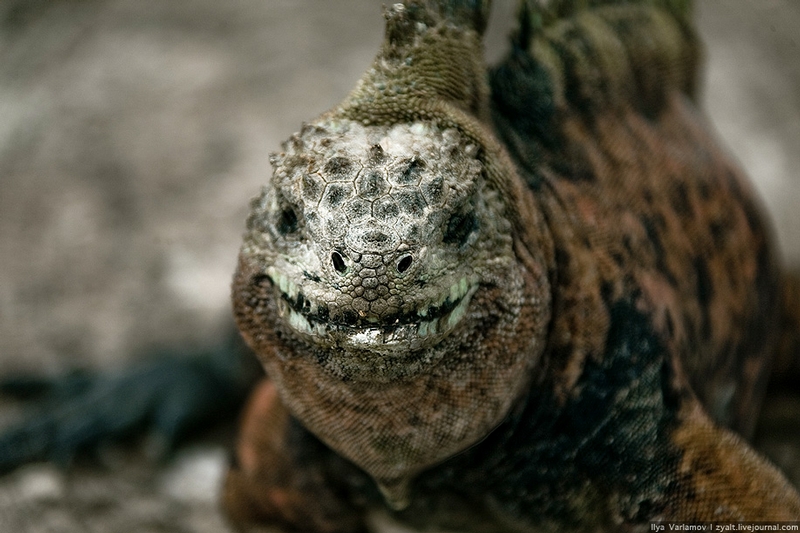
When the iguana is angry, it snorts aiming to splash you with its
sniffles. It also hisses and shakes its head in a funny way. Generally,
they are not dangerous for people and aren't afraid of them either.
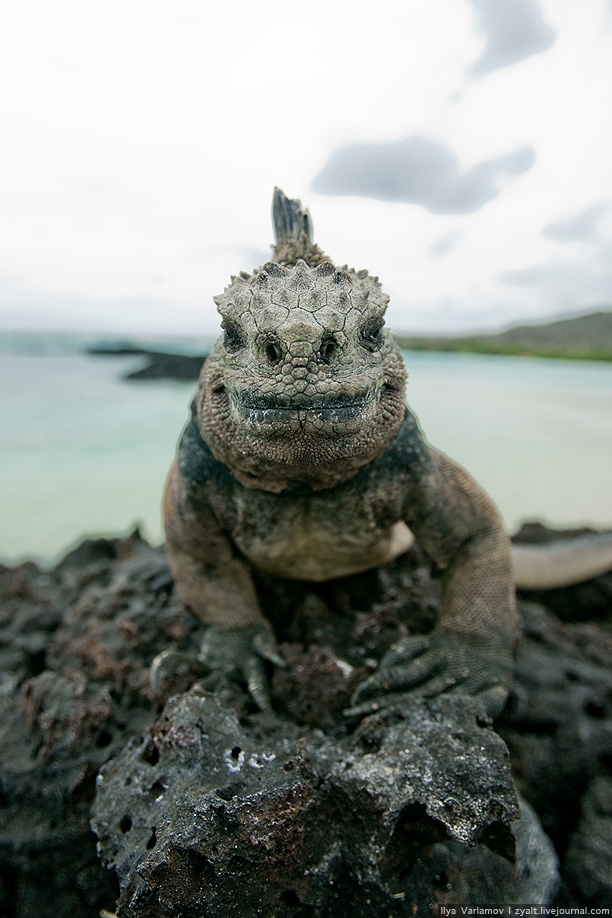
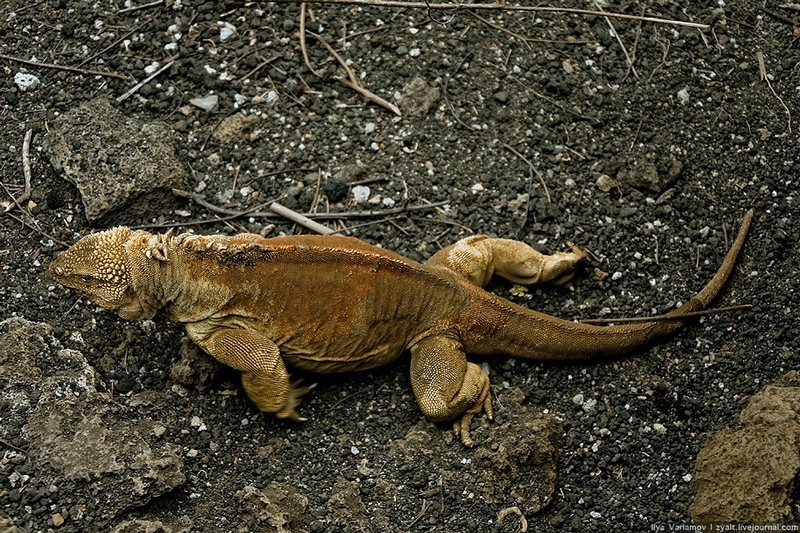
The land iguana.
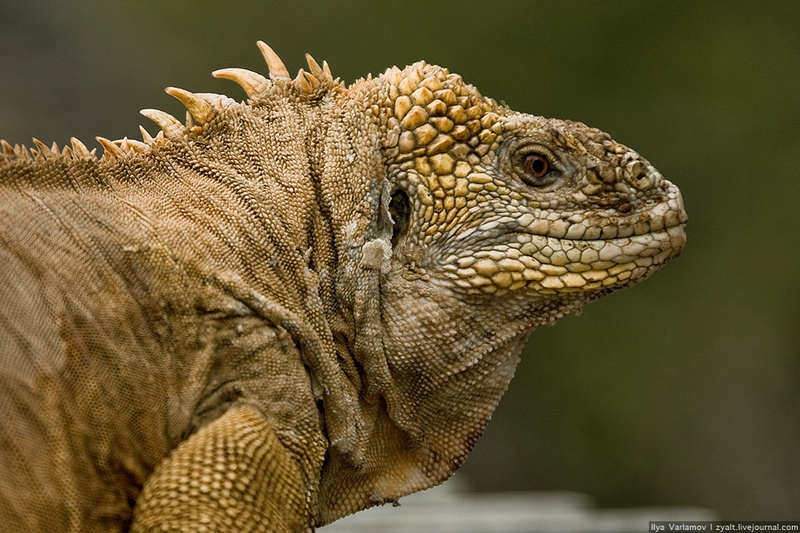
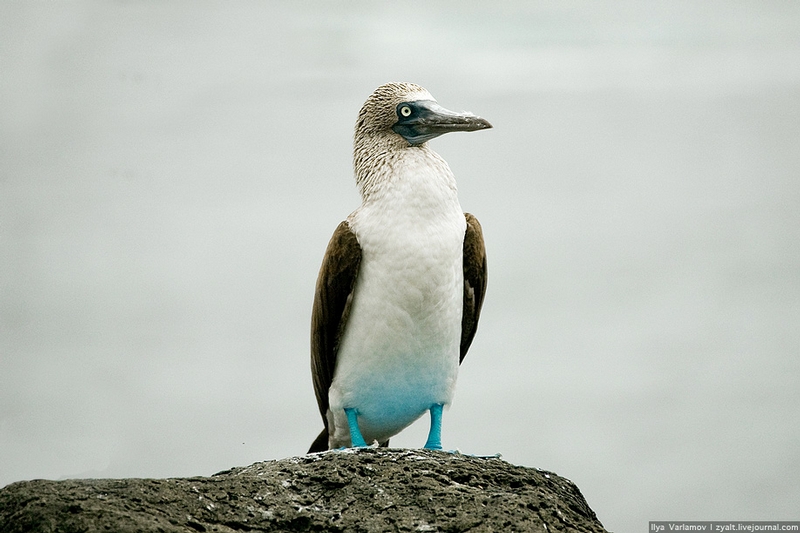
And this is the blue-footed booby, another attraction of the Galapagos
Islands. They are big birds which are able to dive down to 25 m when
catching the fish and quids. When they dive, they reach the speed of 100
km/h. The hit against the water is weakened with the help of the air
bags located under the skin of the head.
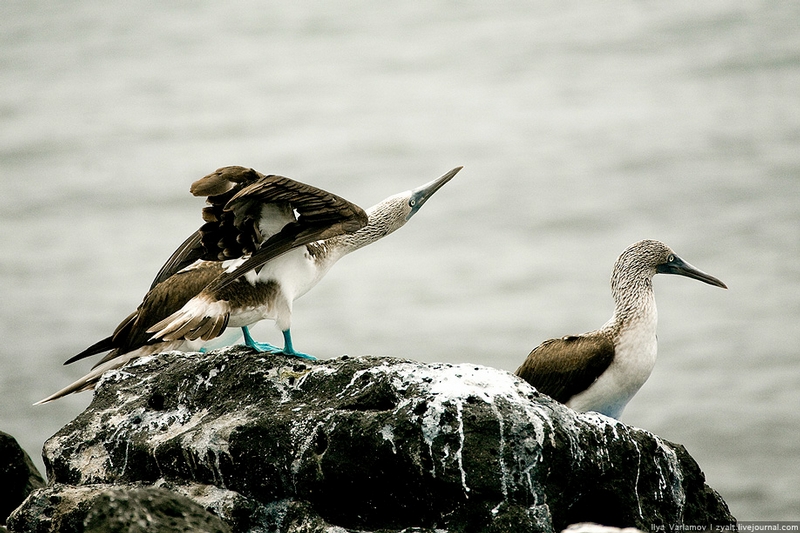
Their main colors are white and black (dark brown). They breathe through the beak and have a binocular vision.
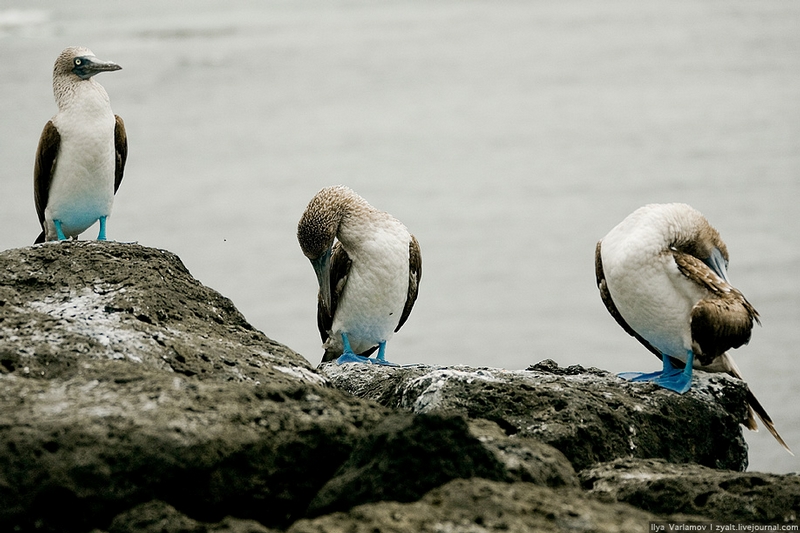
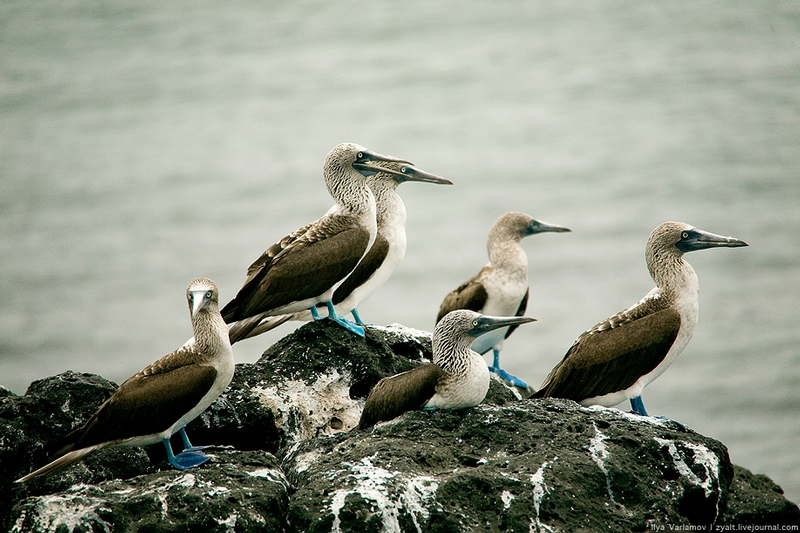
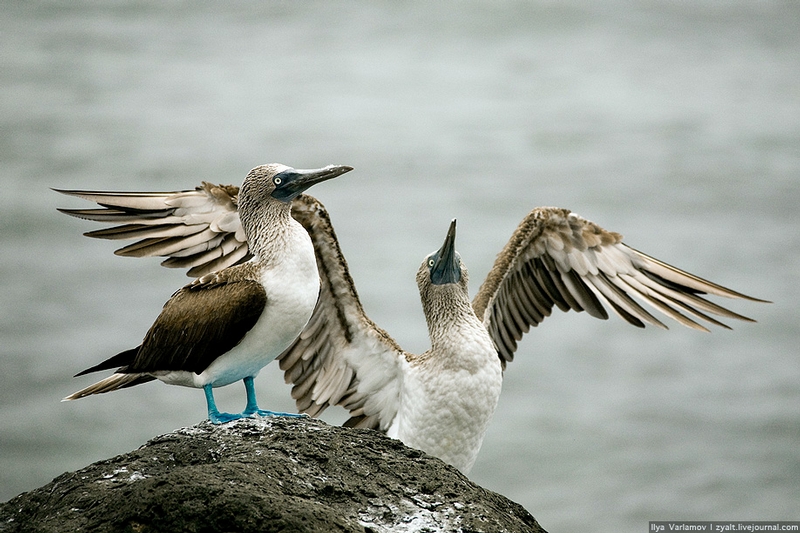

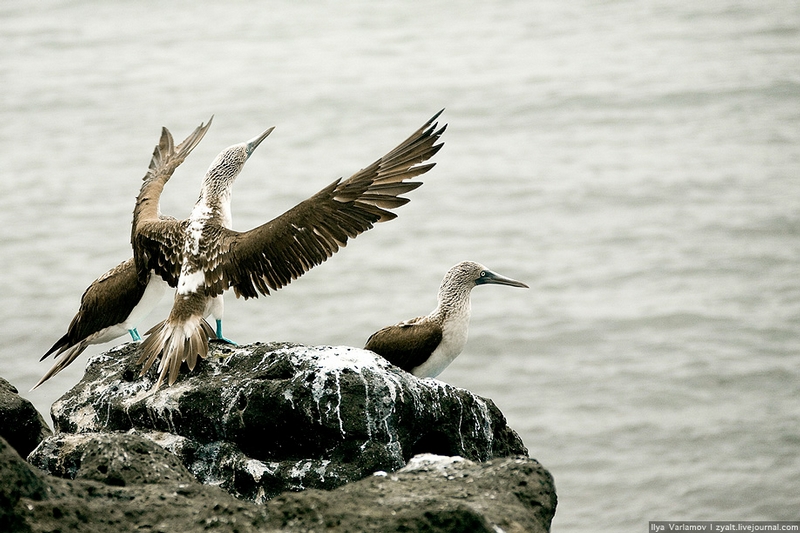
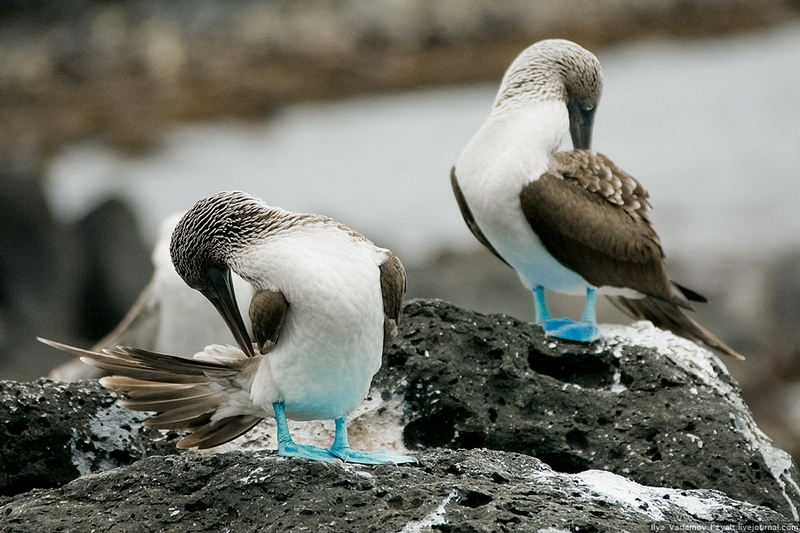
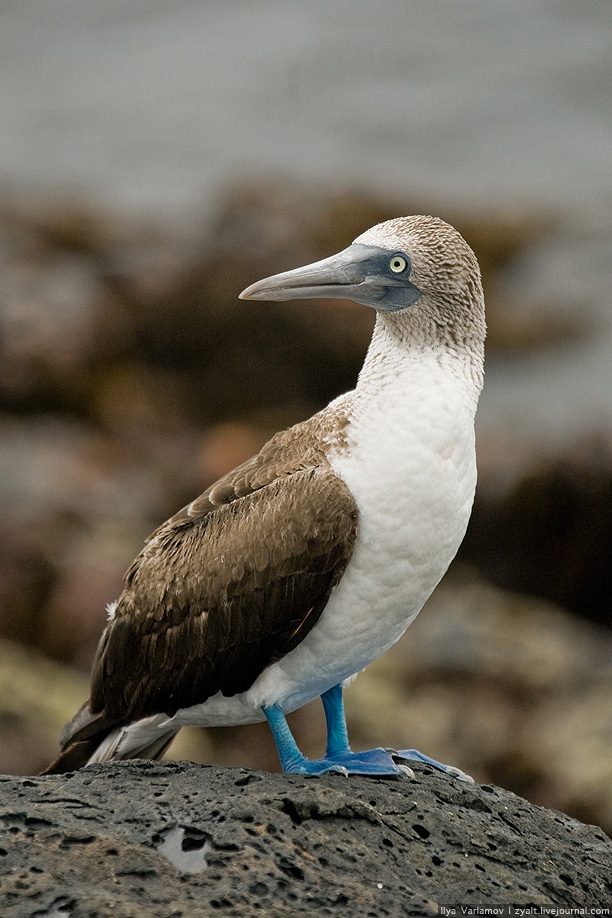

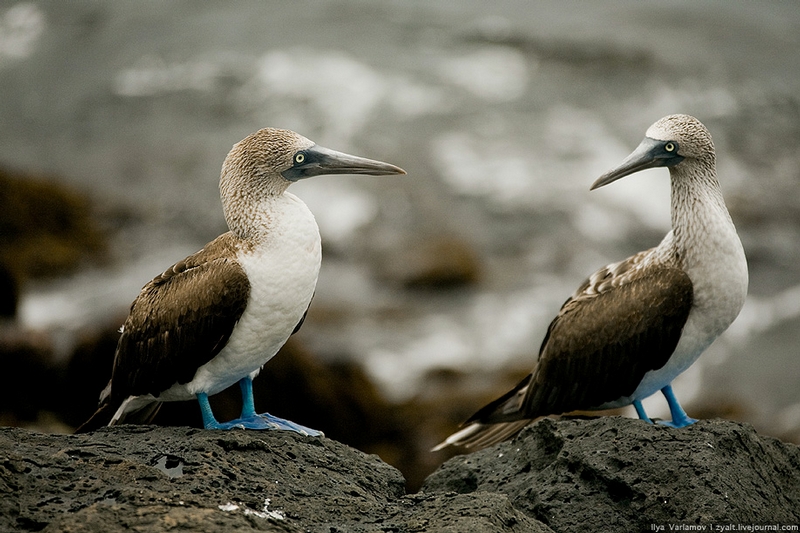
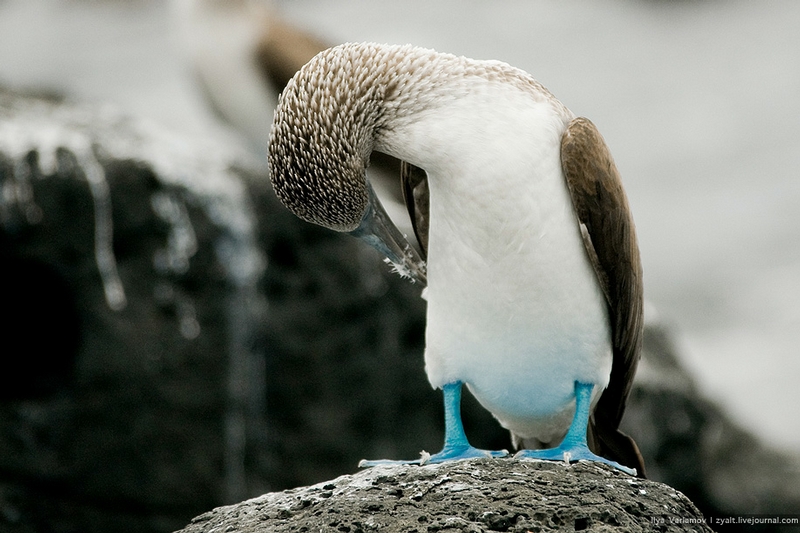
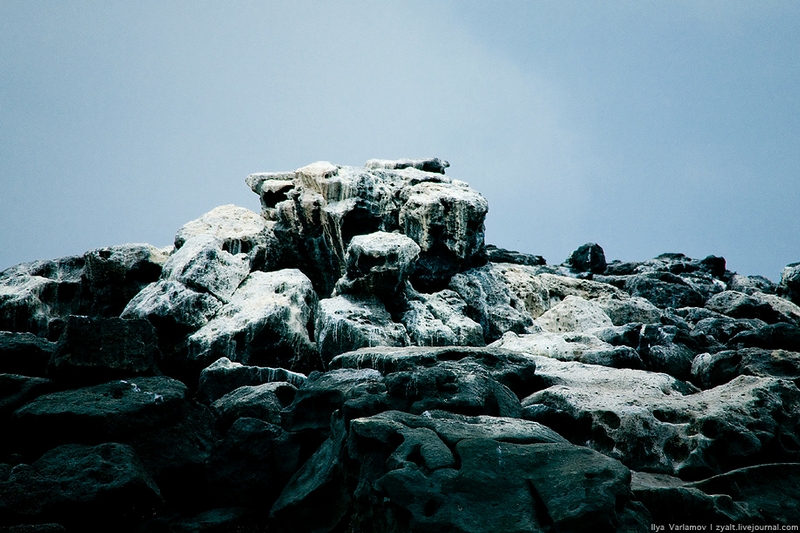
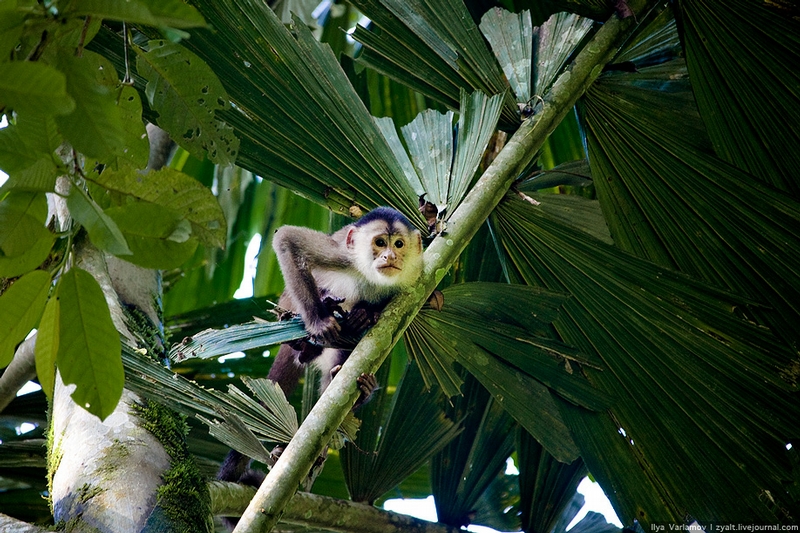
To visit Ecuador without hunting the monkeys means the same as to visit
Paris without seeing the Eiffel Tower. About 15 species of monkeys
(including the smallest monkey in the world) live in the jungles of the
Amazon. The most tasty meat belongs to the big fluffy red monkey - the
howler monkey.
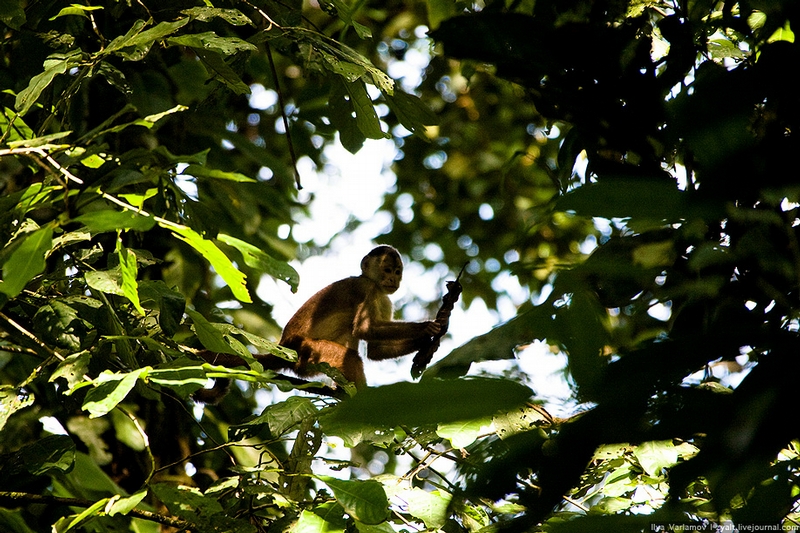
They start their hunting with the first rays of the sun. A group of
monkeys moves very quickly at the tops of the trees collecting bugs and
fruits.
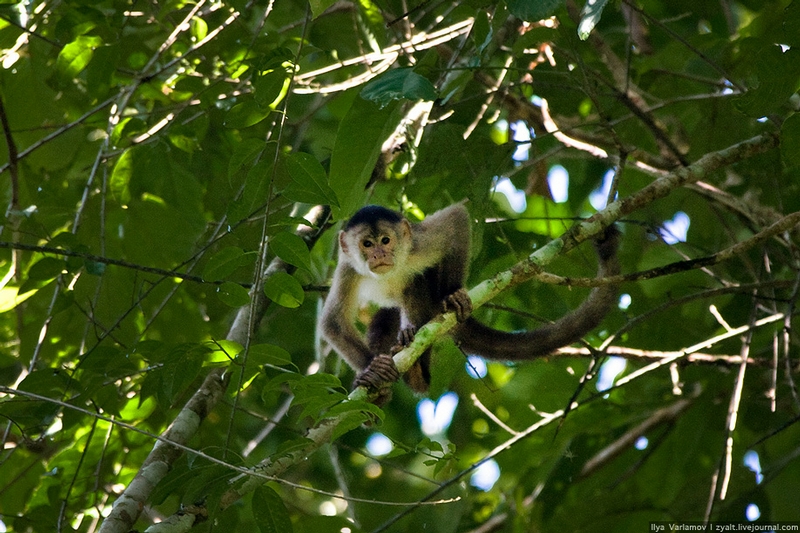
To take photographs of them is very difficult as there is very a little light and they constantly move.
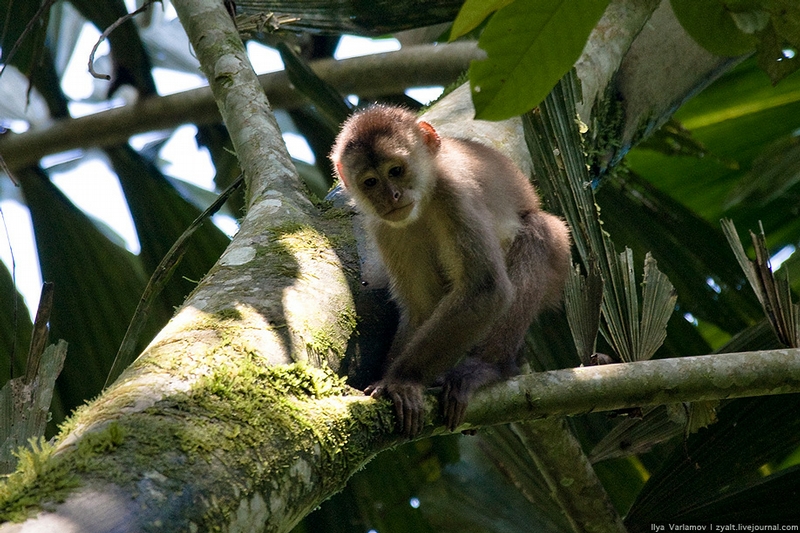
Capuchins live in the trunks of the gigantic tropical trees. Besides
fruits and bugs they eat nuts, grains, juicy sprouts, arboreal frogs and
sometimes the content of the birds nests.

These monkeys are very active, they run and walk on the 4 limbs, sometimes jump.
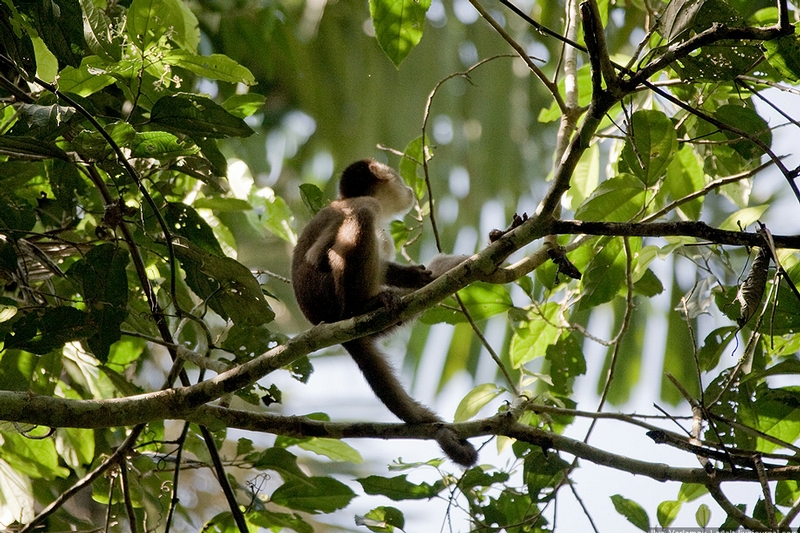
They are considered to be the most clever monkeys in America. They
often use stones for breaking the nuts or beat hard fruits against the
hard trunks of the trees. As for the frogs, they rub them against the
crust of the trees so that to get rid of the mucus.
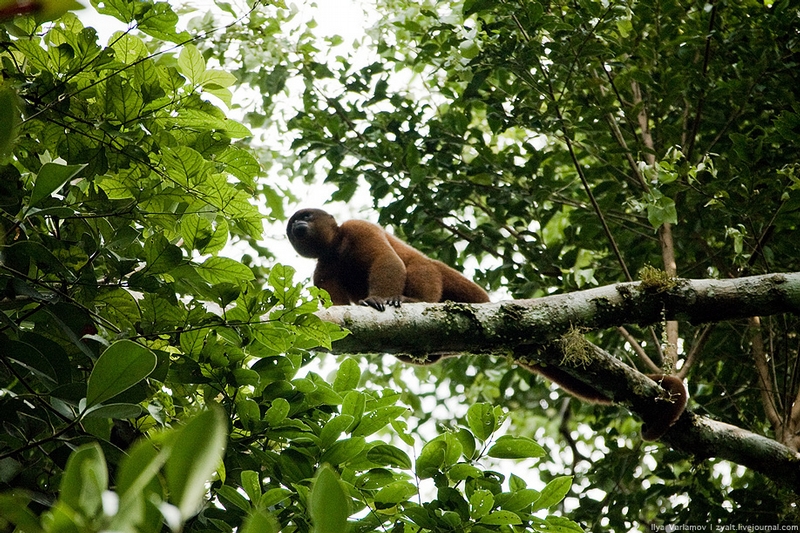
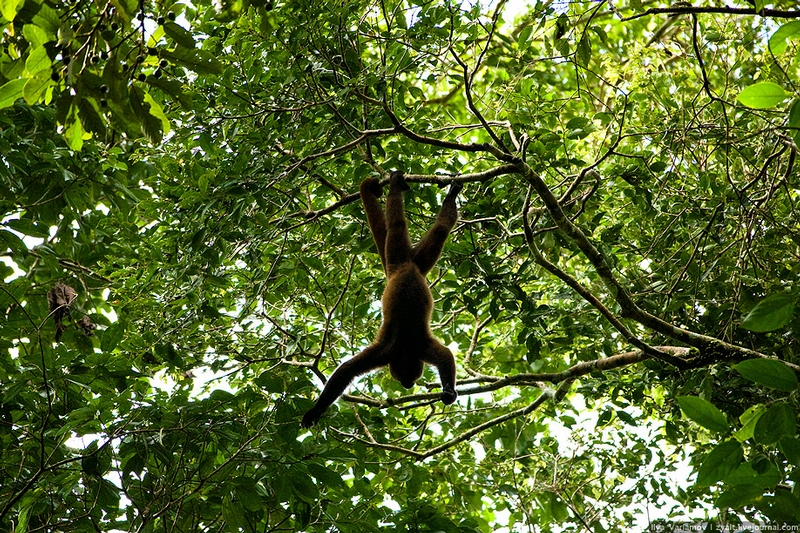
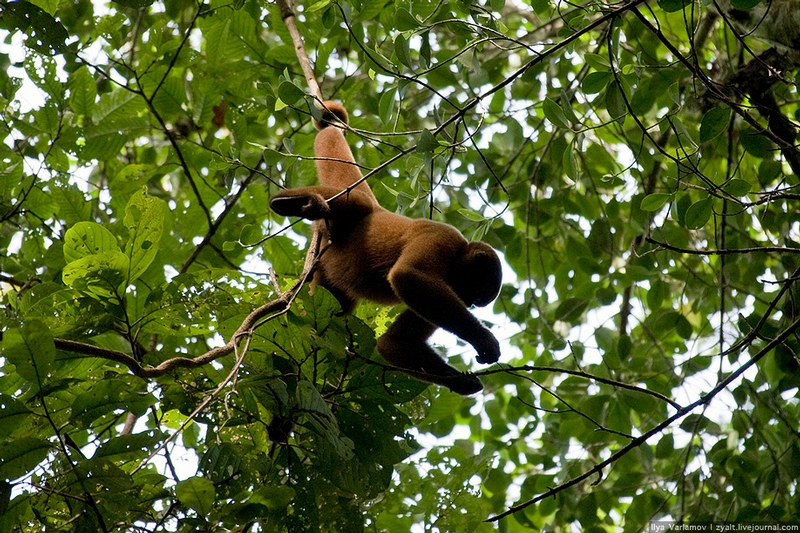
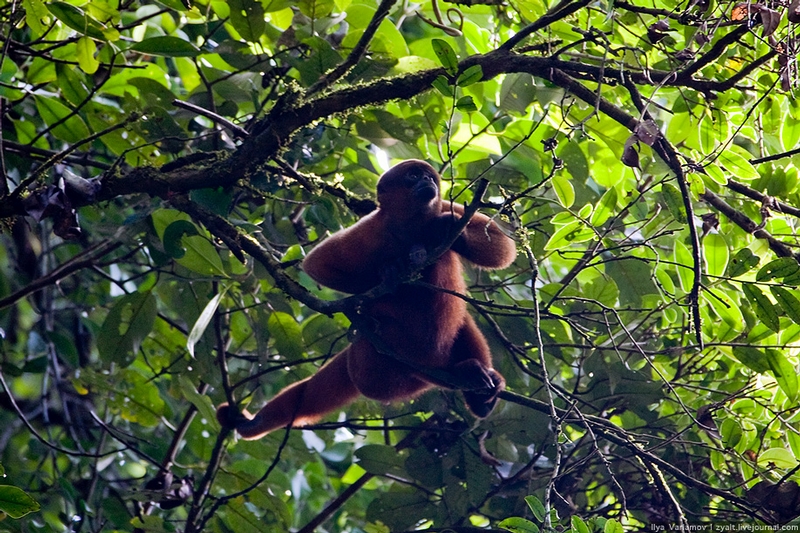

When it gets dark the jungles become alive. This place is crawling with
insects. Light attracts grasshoppers, butterflies, spiders...
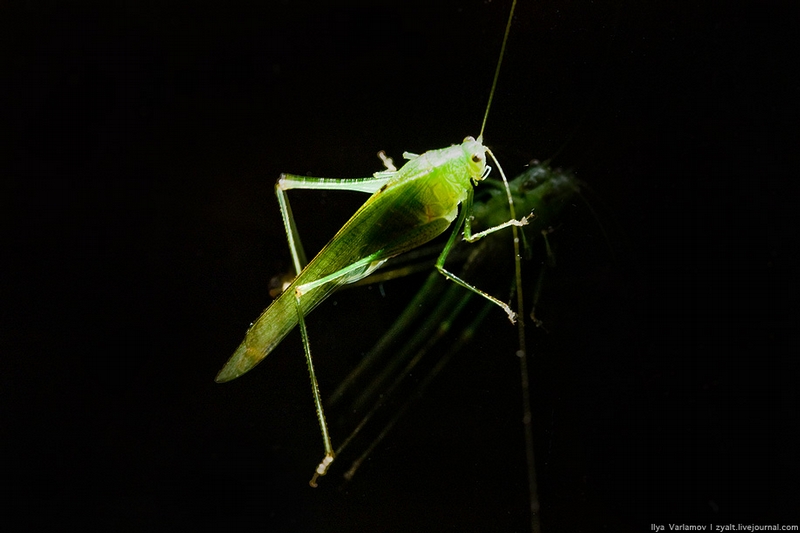

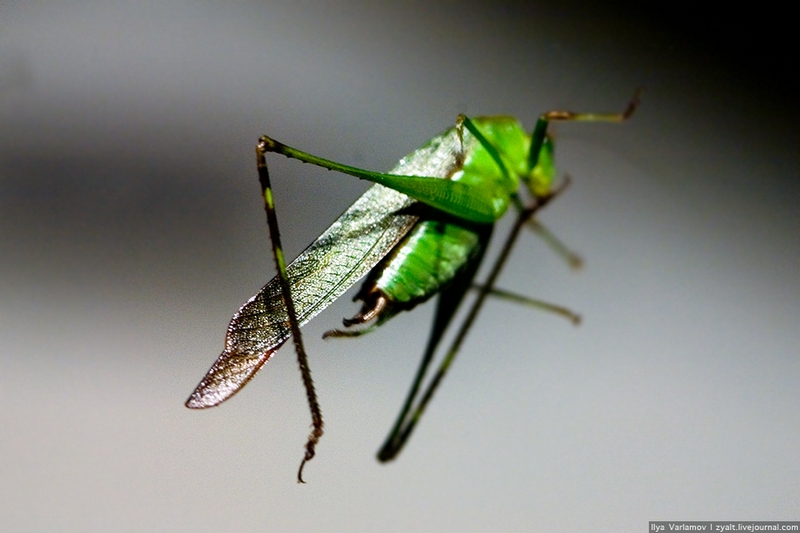
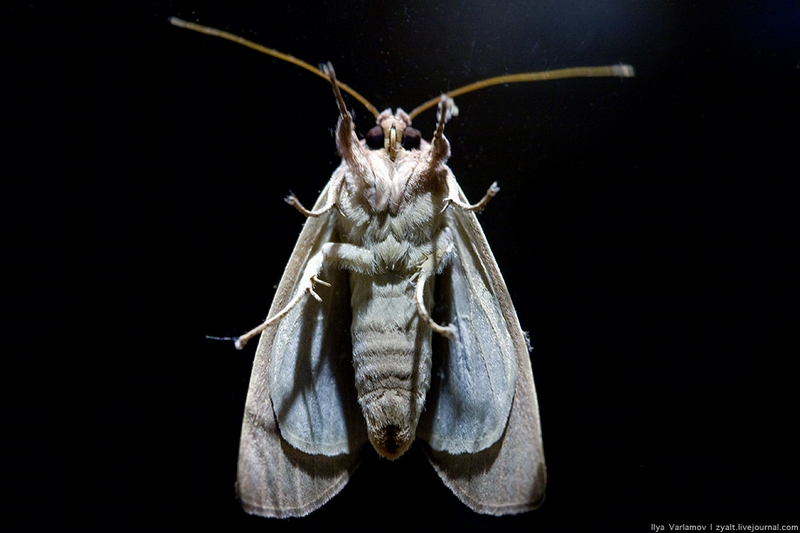
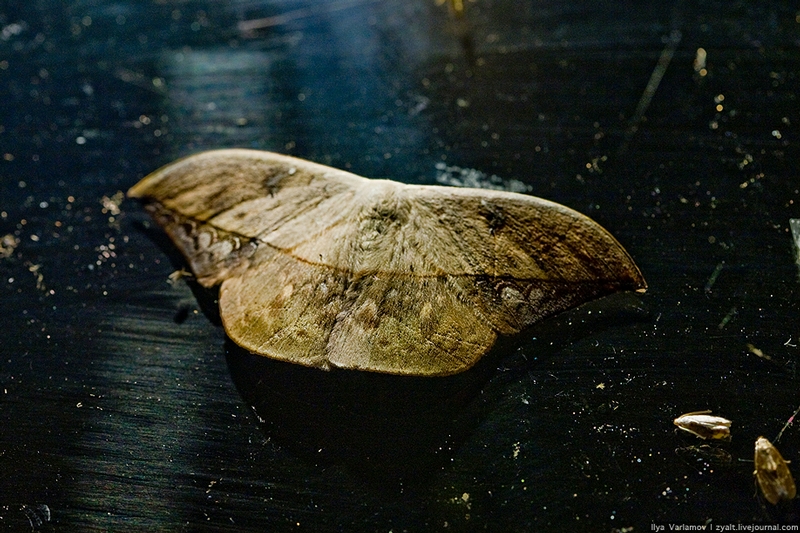
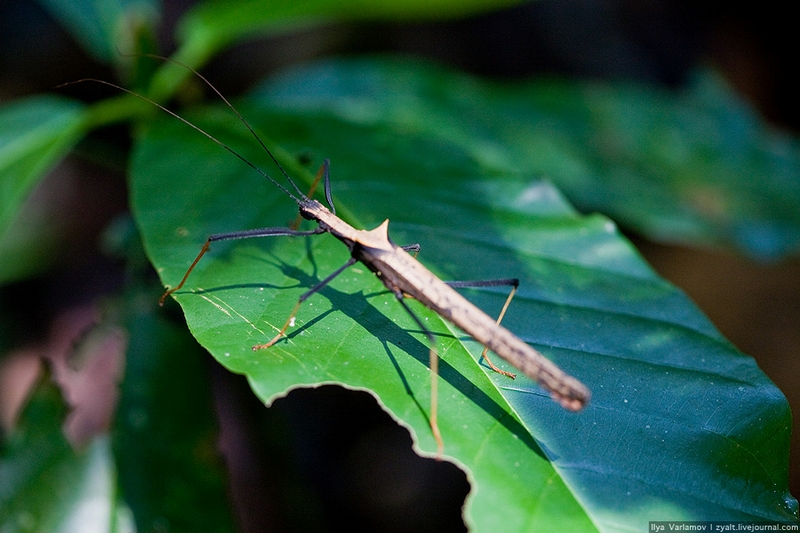
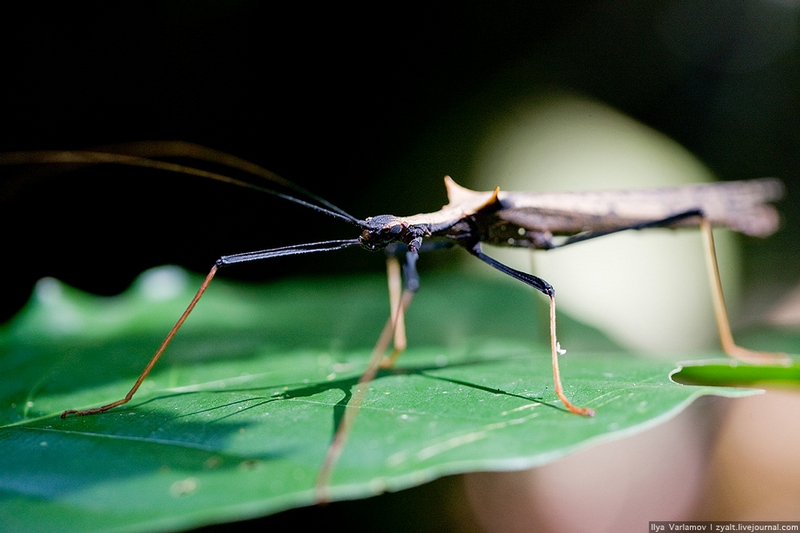
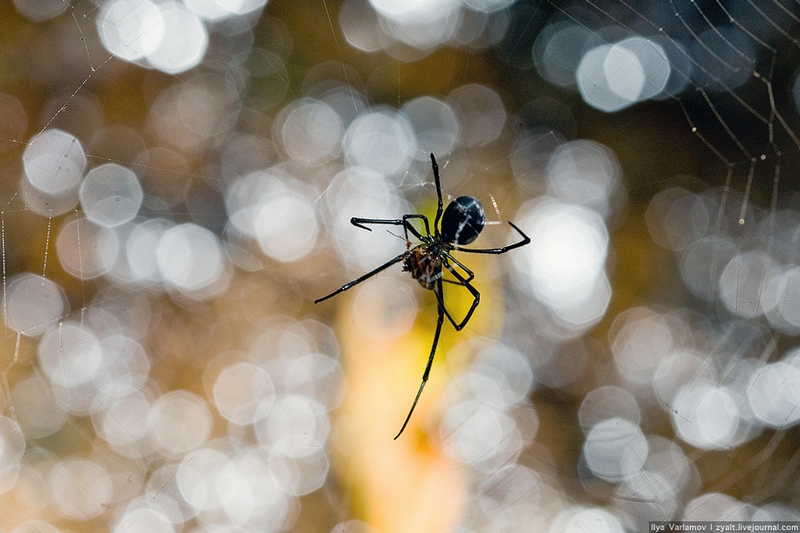
Spiders.
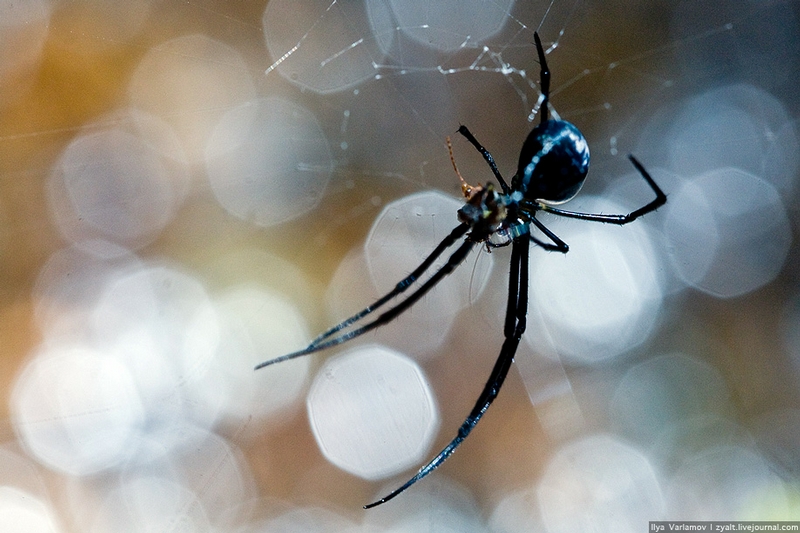
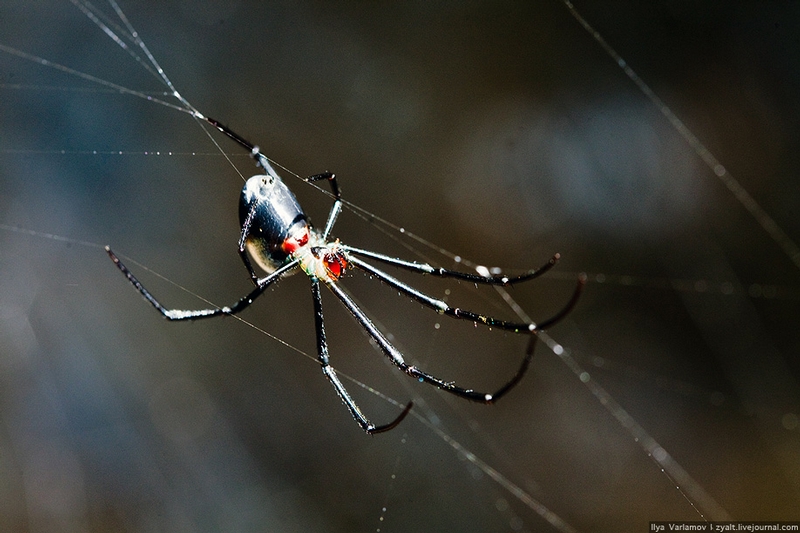
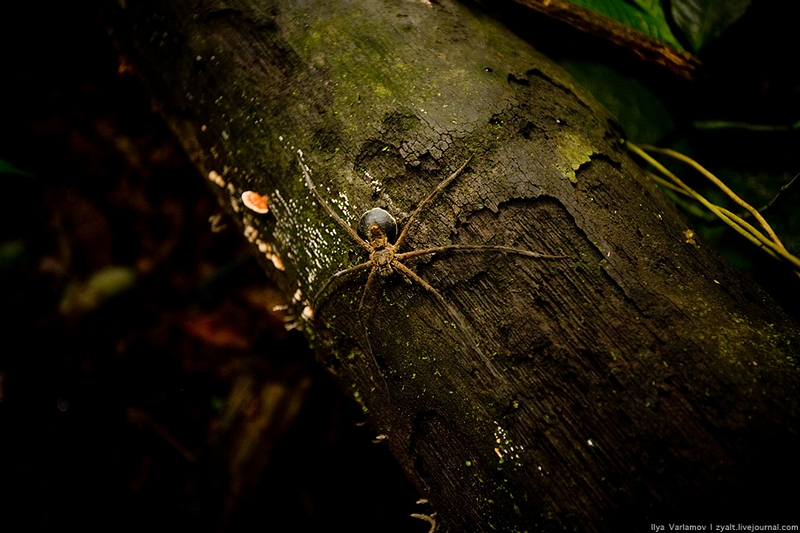
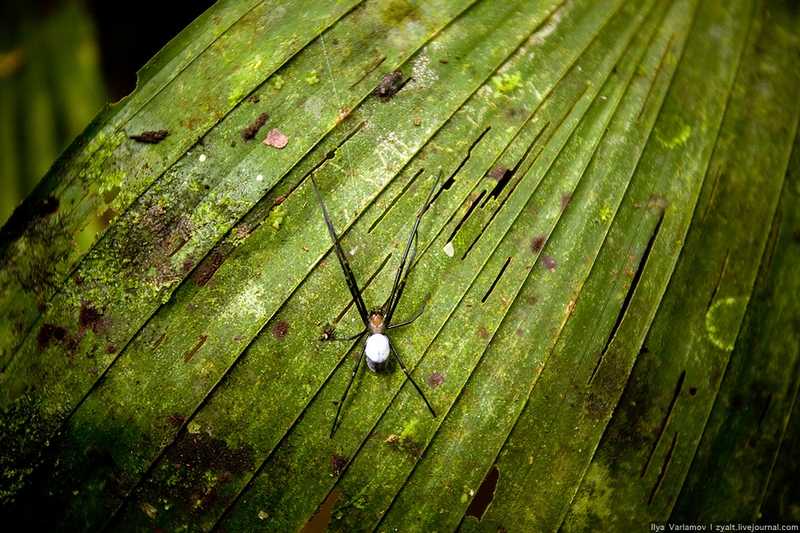
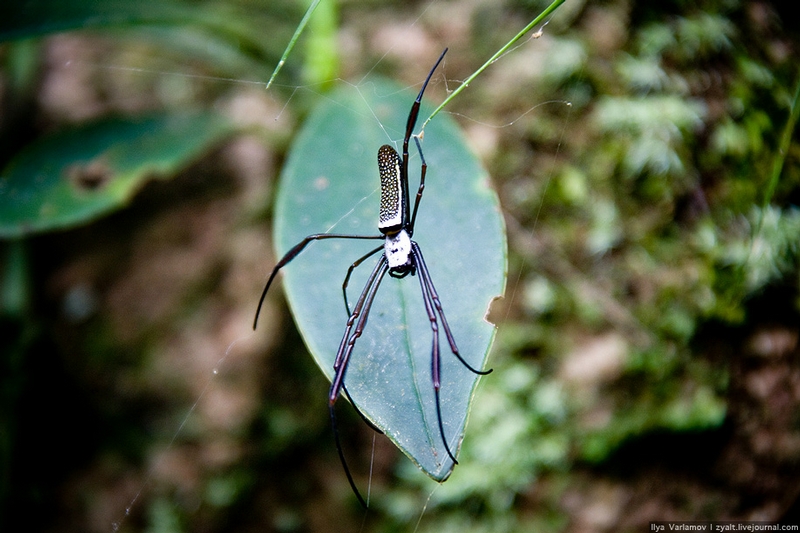
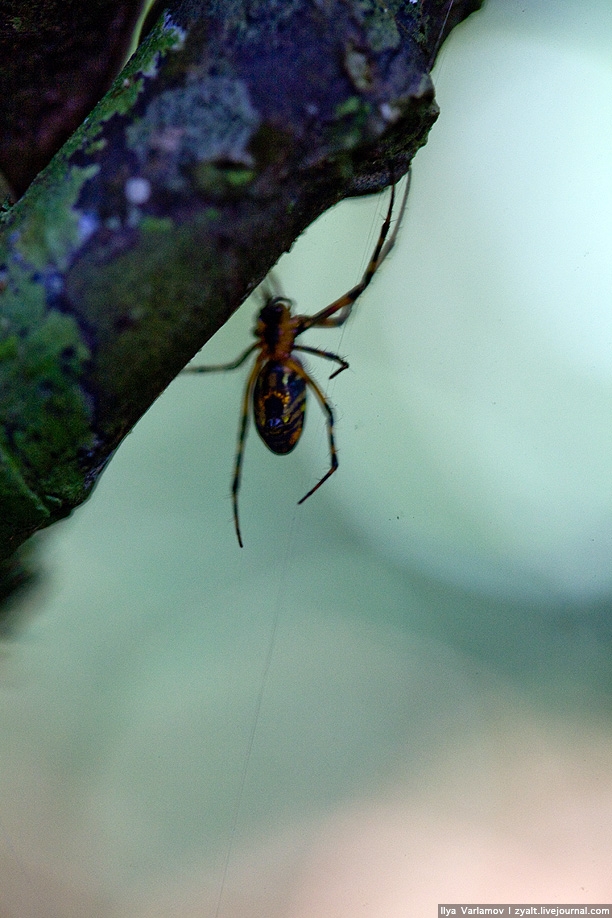
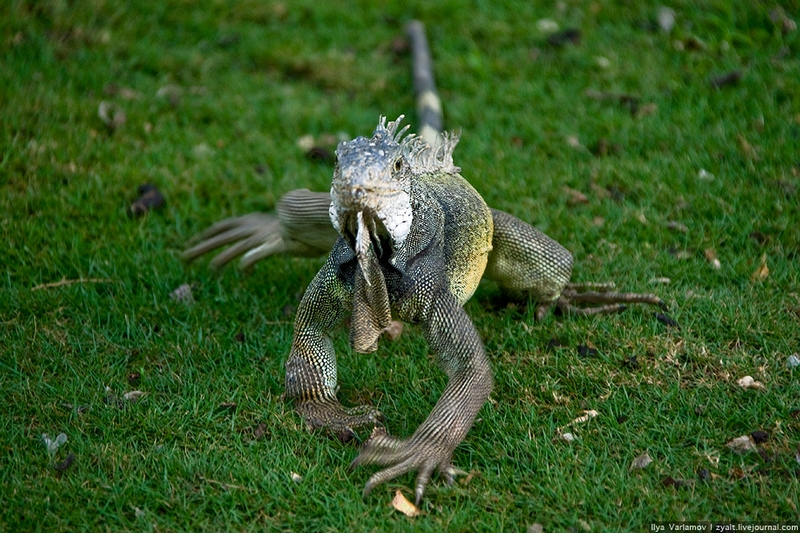
Though Guayaquil is the largest city of the country with the population
about 2 million people, the park with iguanas is its only worth-seeing
place.
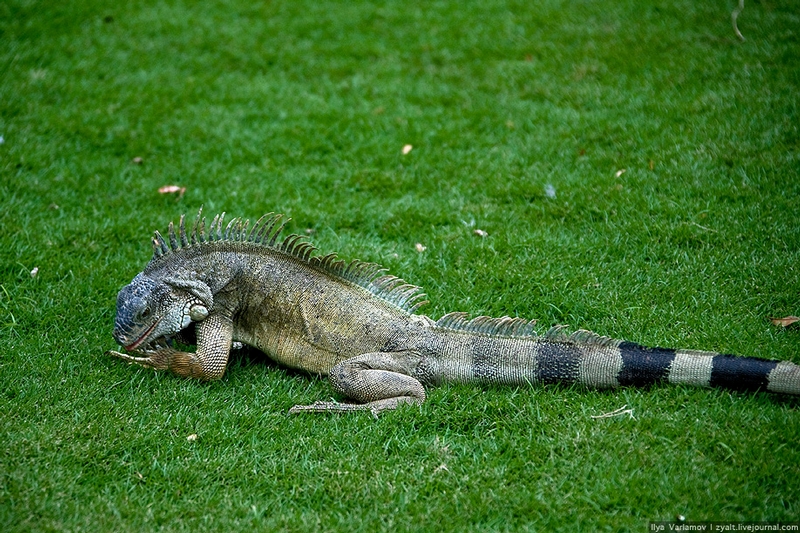
Here the iguanas run on the grass, right in the center of the city.
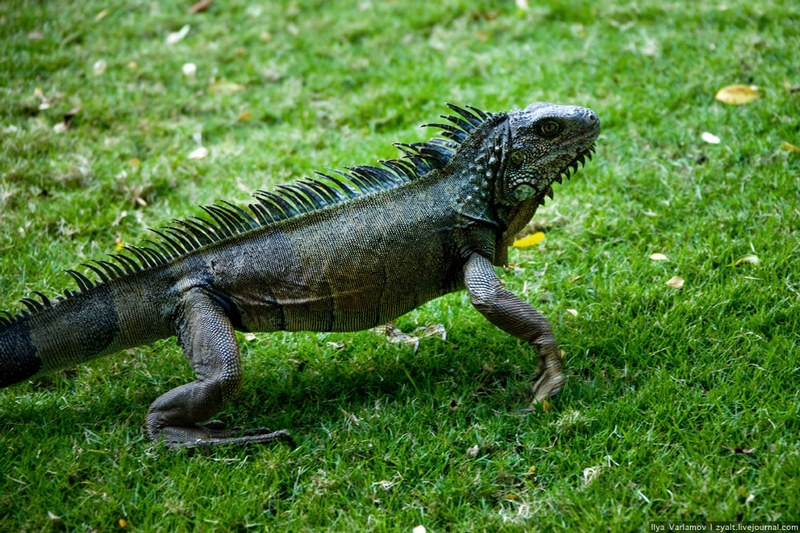
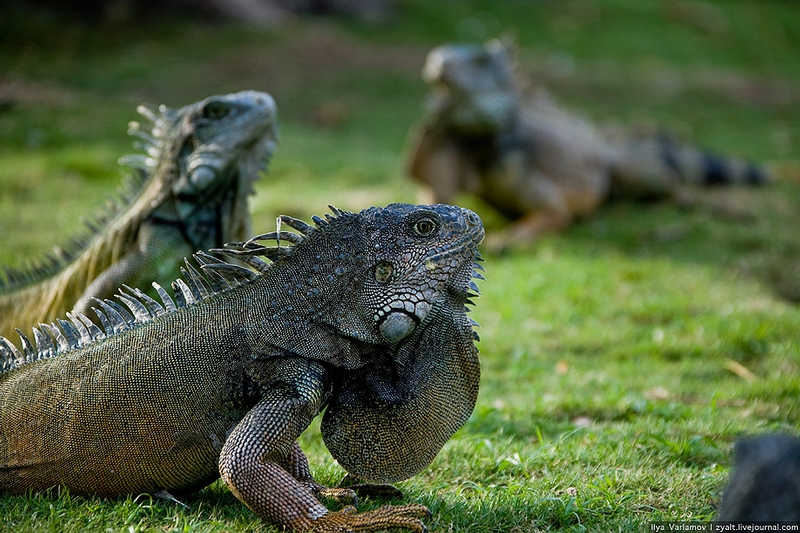
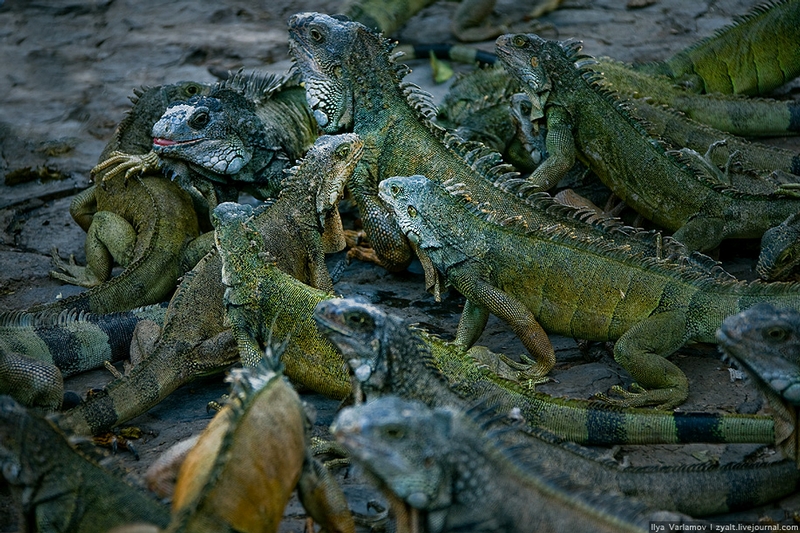
Sometimes they gather into groups.
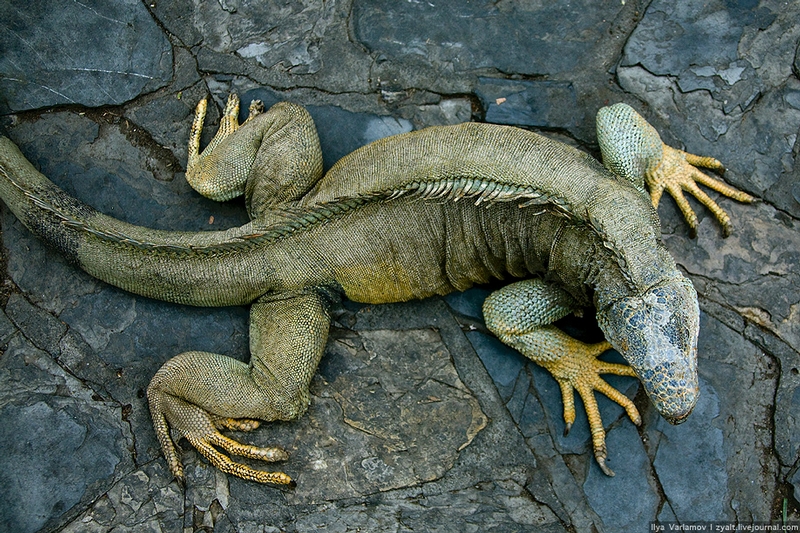

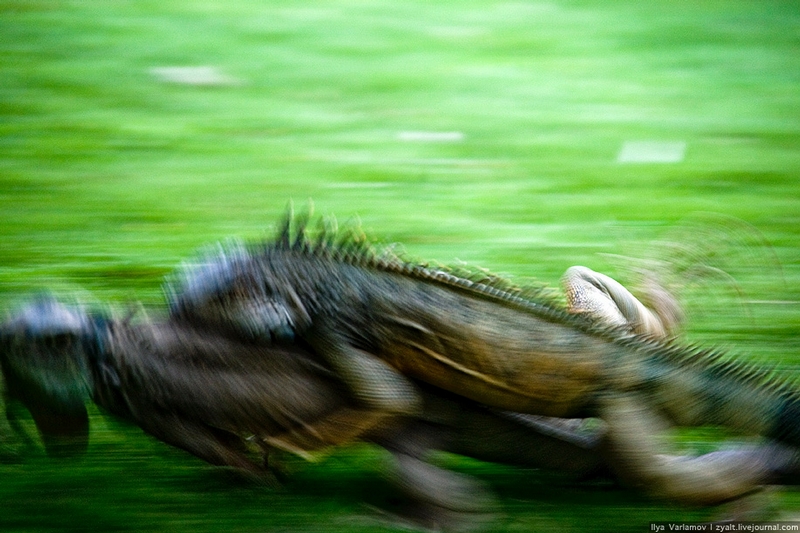
Sometimes they pair.
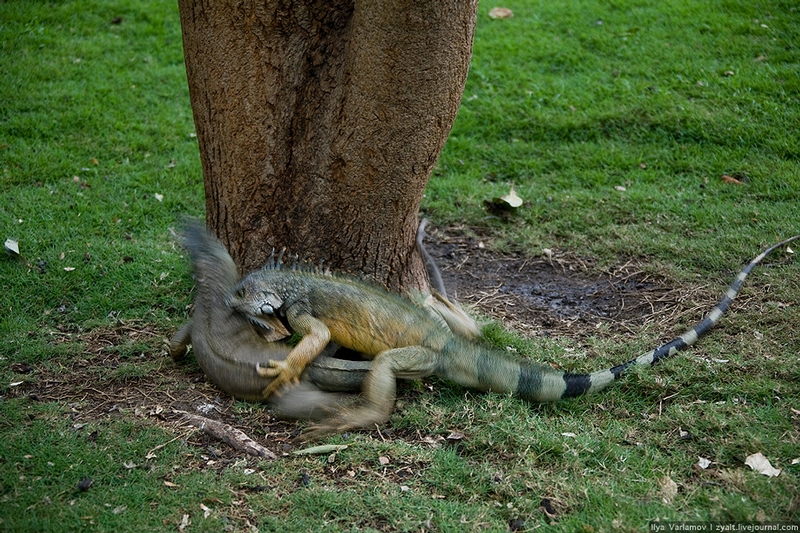
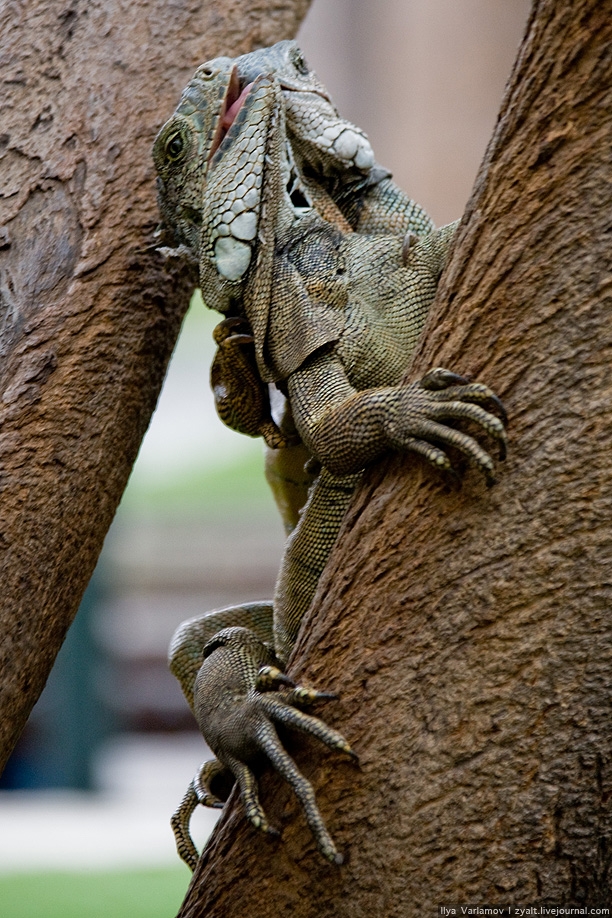
And kiss each other.
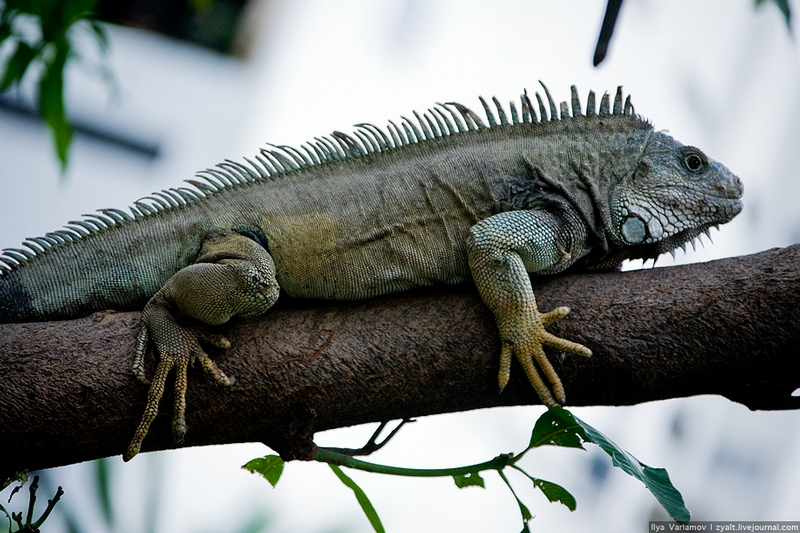
Have a rest on the trees.
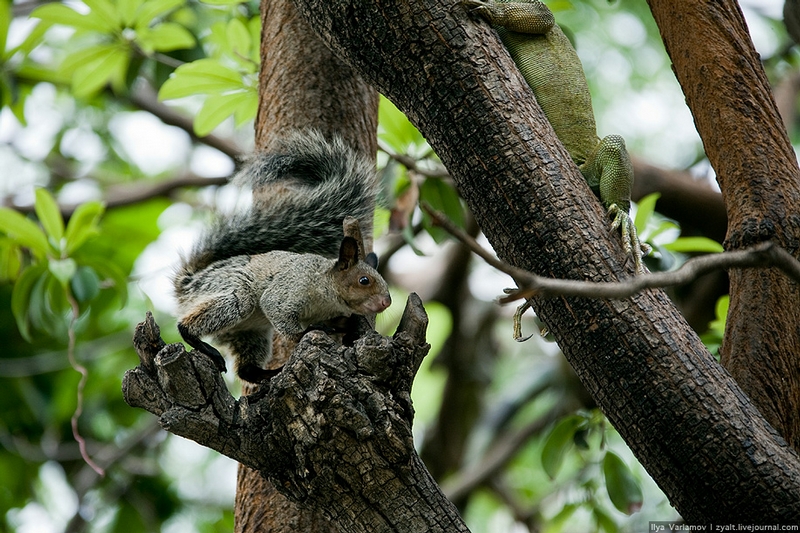
Making friends with squirrels.
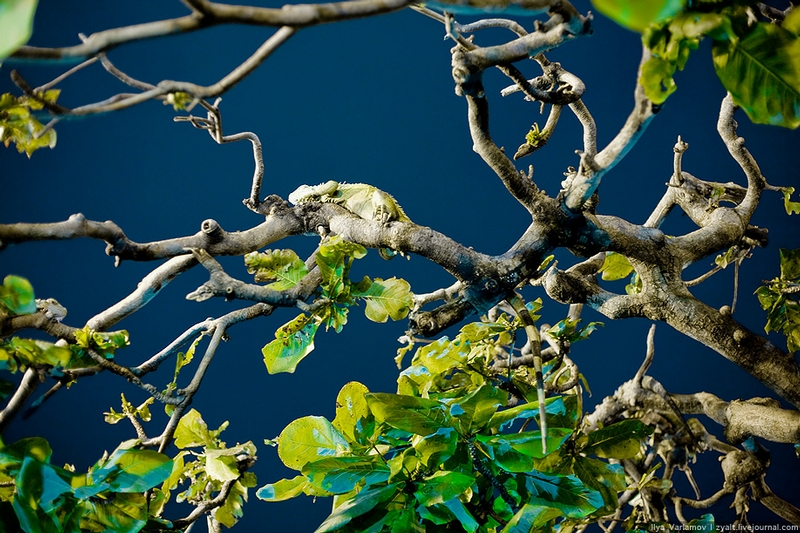
At night all the trees are occupied by the iguanas sleeping like logs. One can't even wake them up with the help of the sticks.
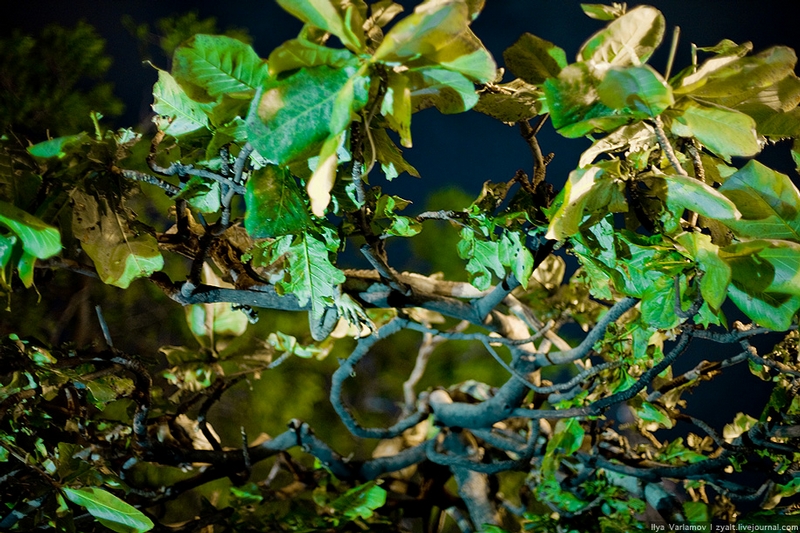
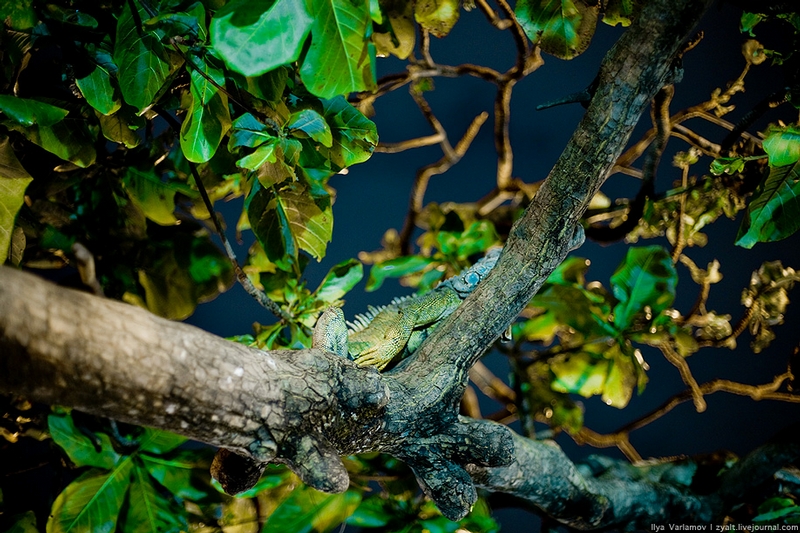
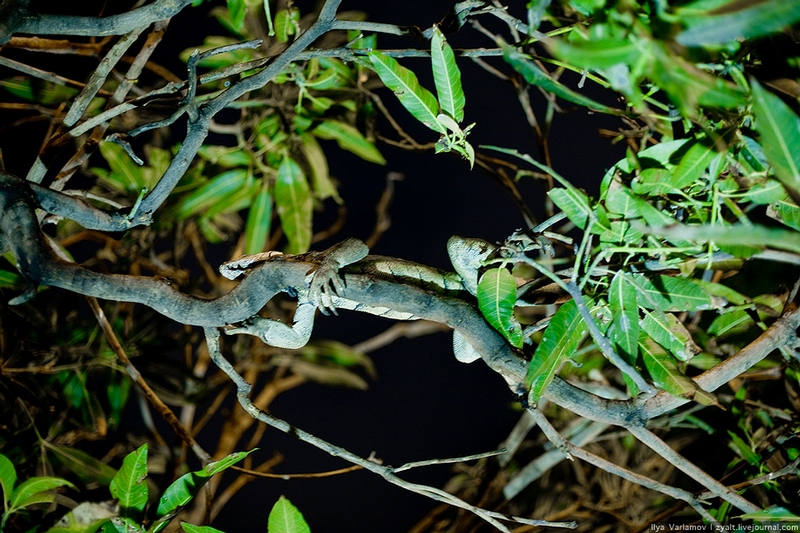
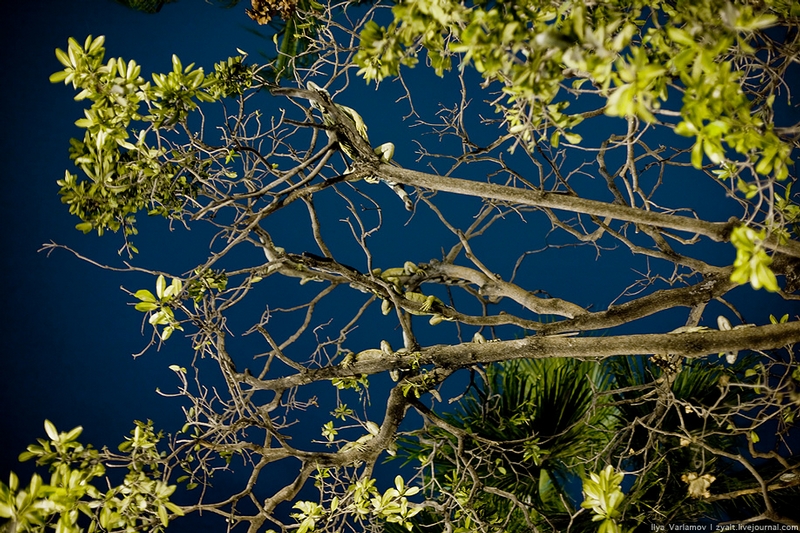
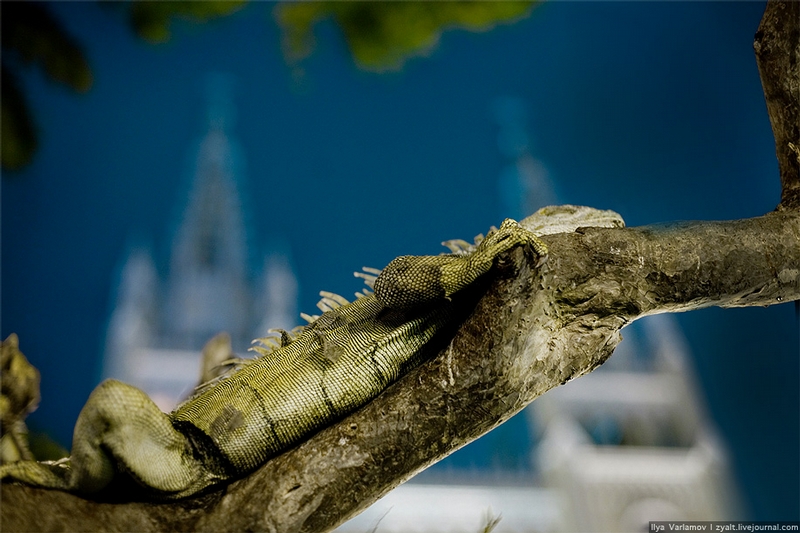
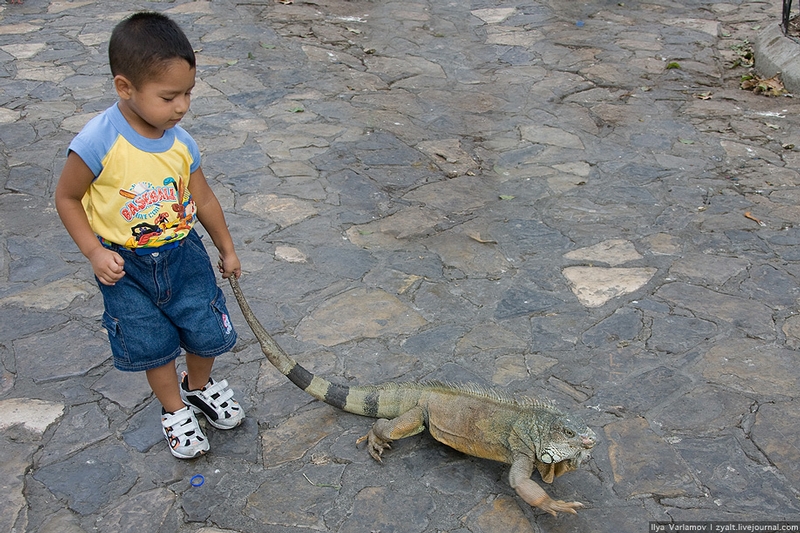
The most important thing is not being noticed by the local children who are very glad to drag the animals by their tails.
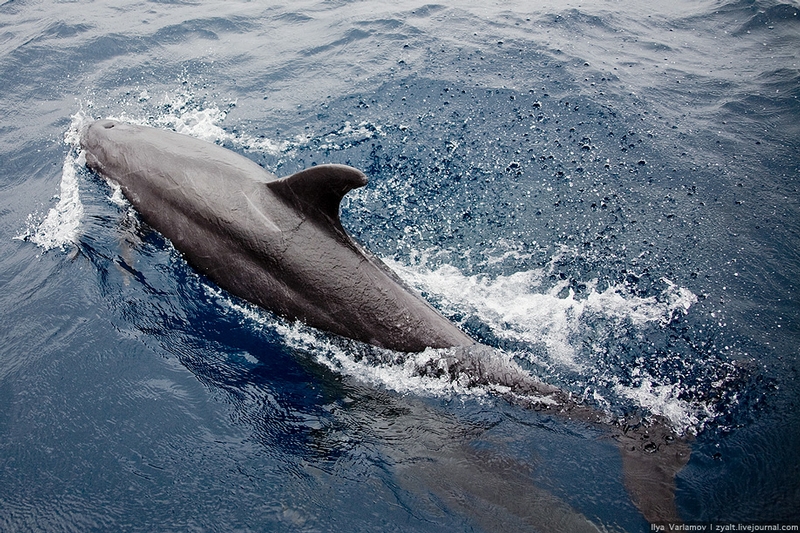
One can see some dolphins during the fishing near the Galapagos
islands. They are very movable and agile predators that live in all the
seas and sometimes even can be seen in the rivers.
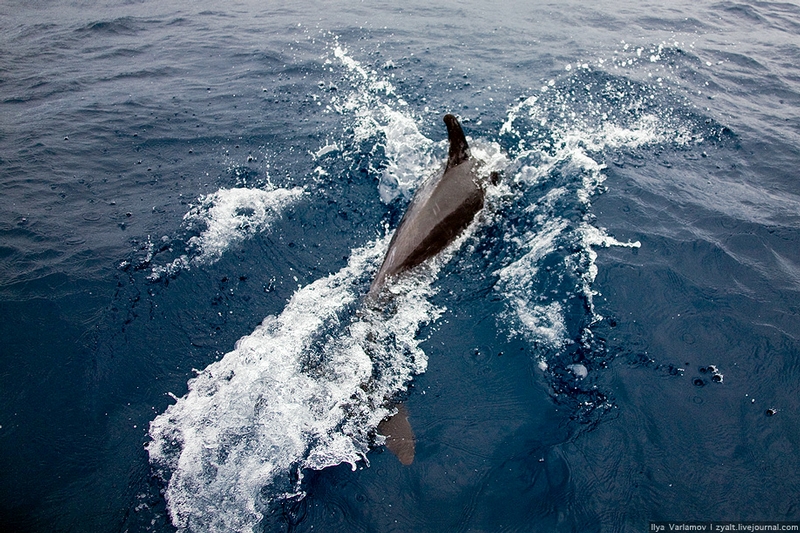
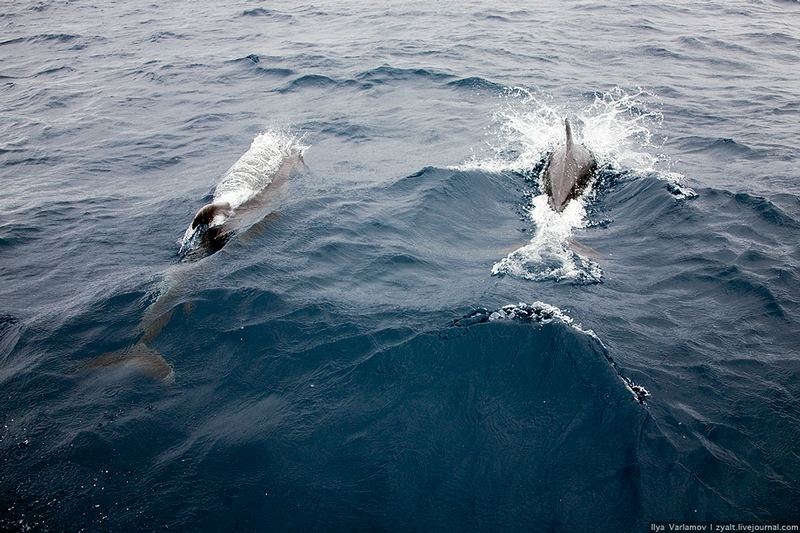
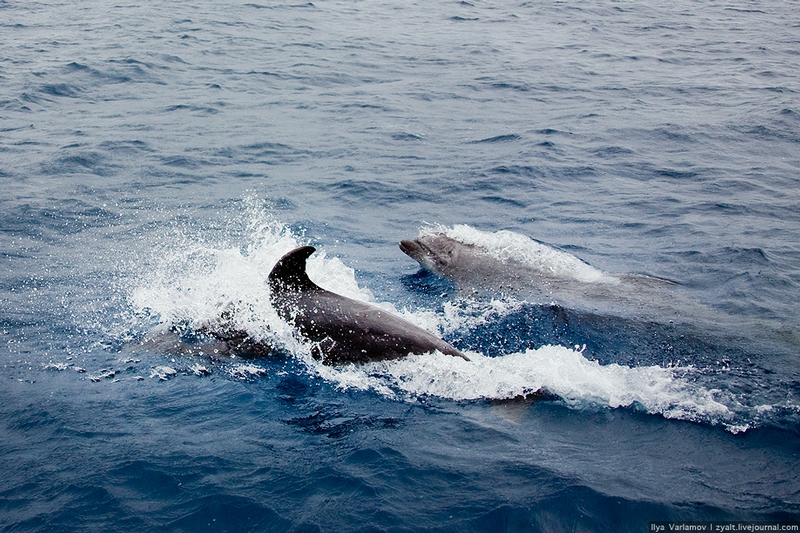
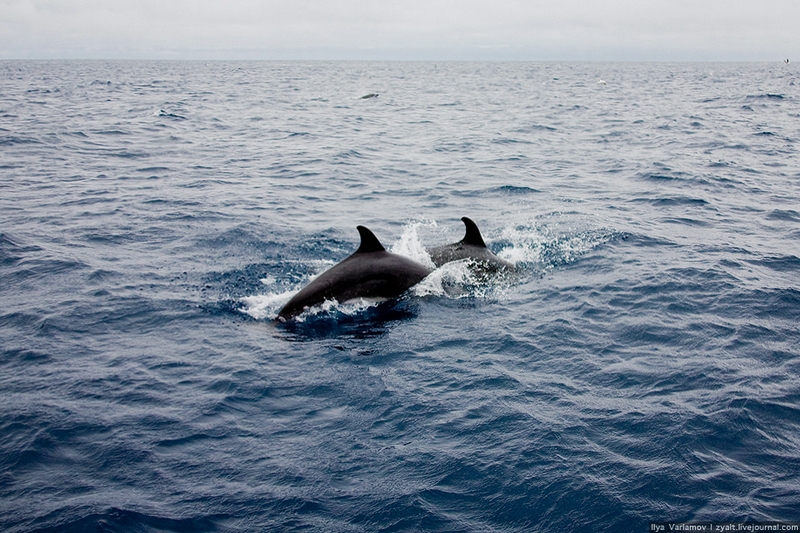
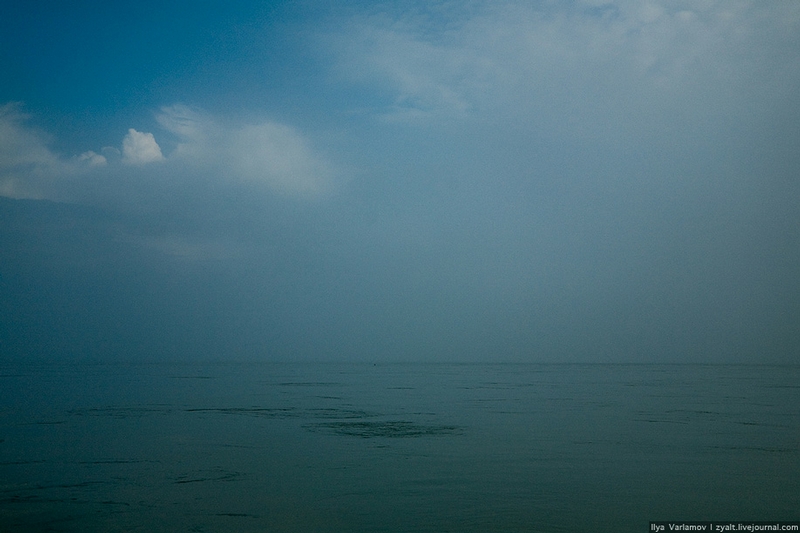
The river of Napo, one of the largest rivers of the upper Amazon.
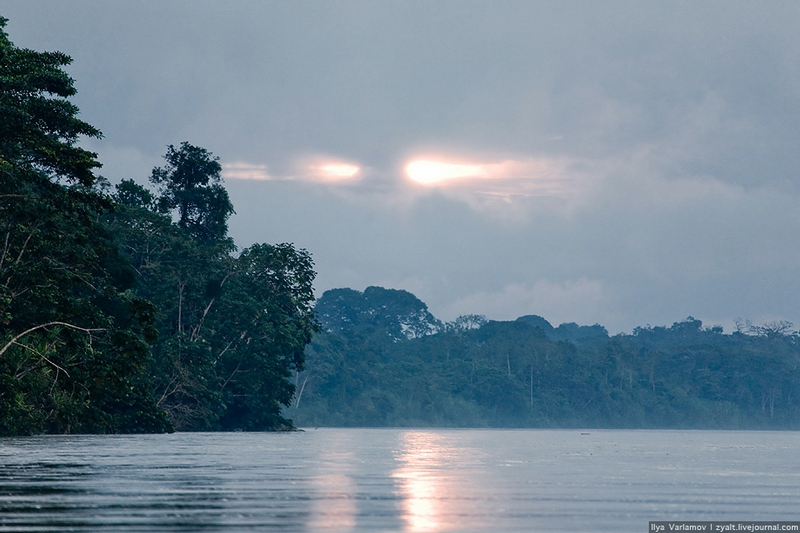
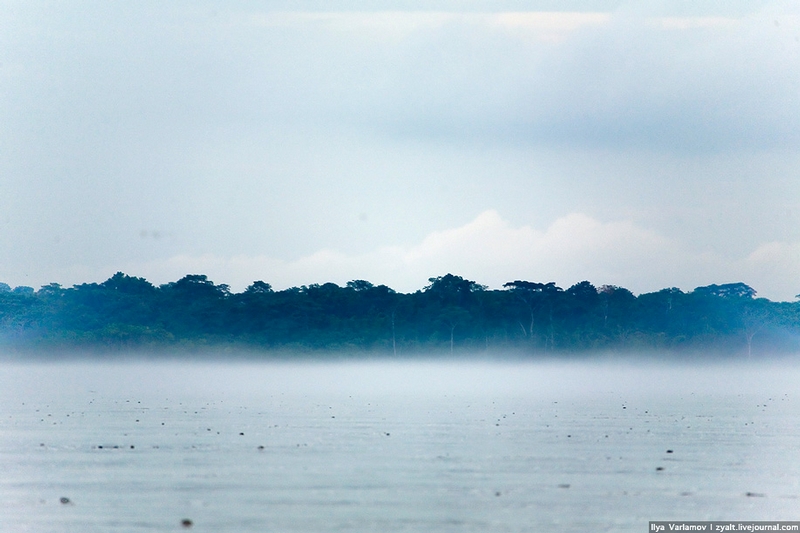
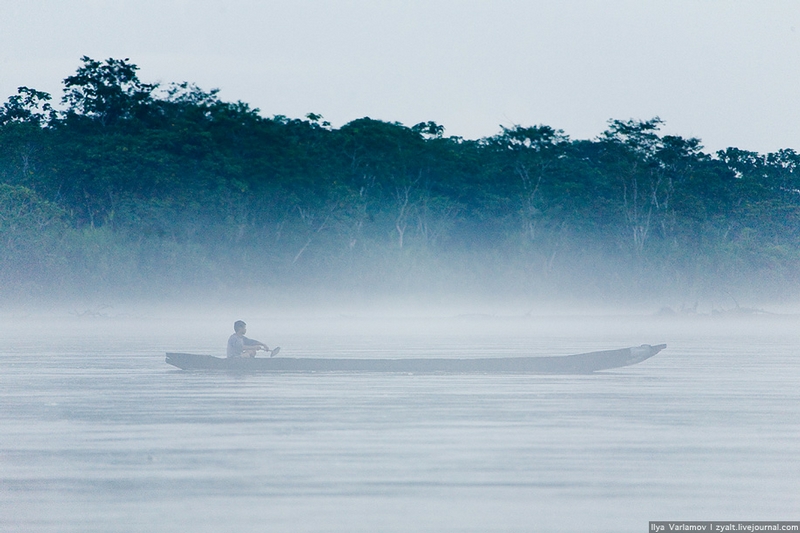
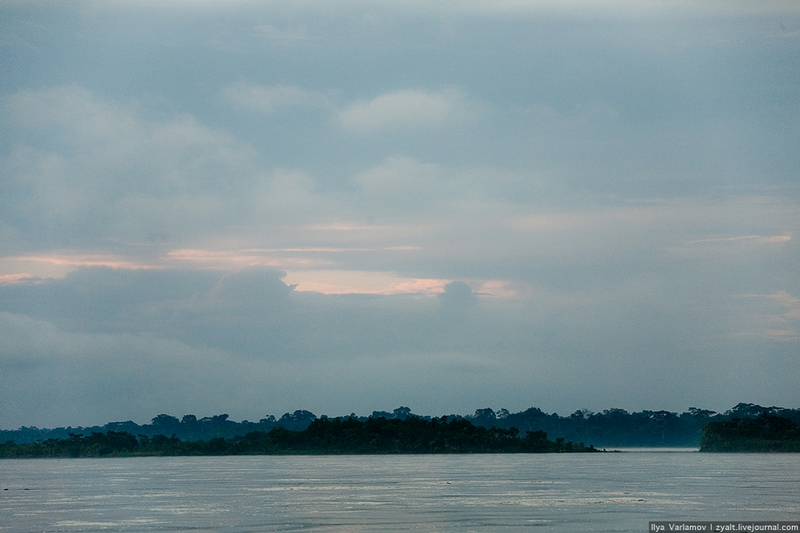
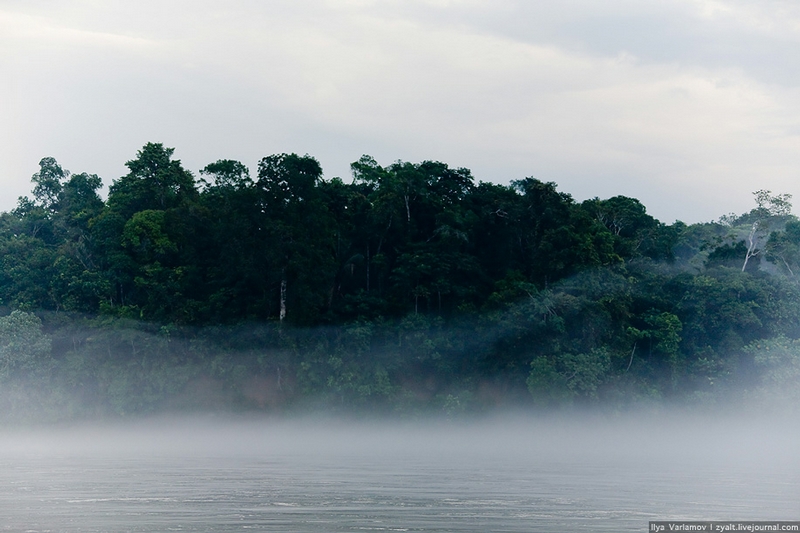
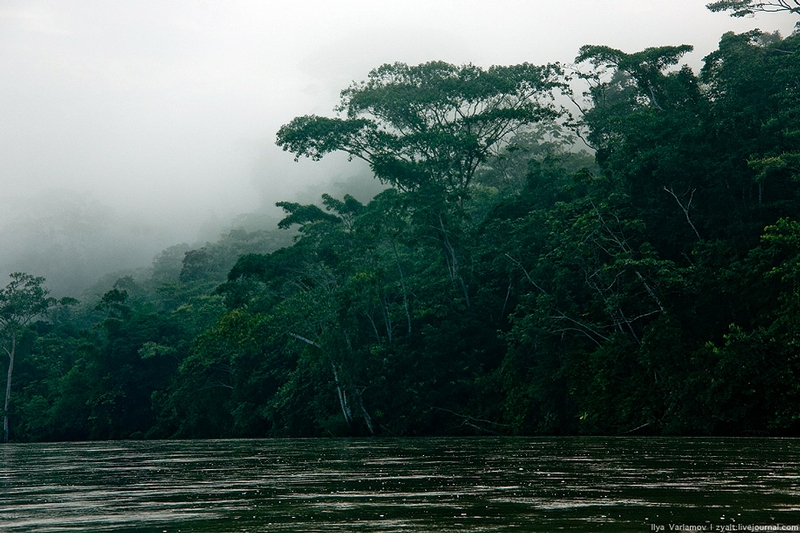
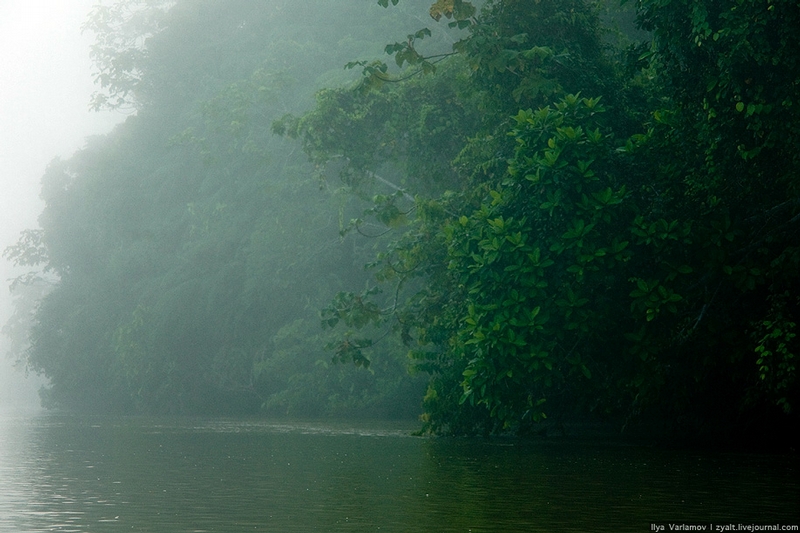
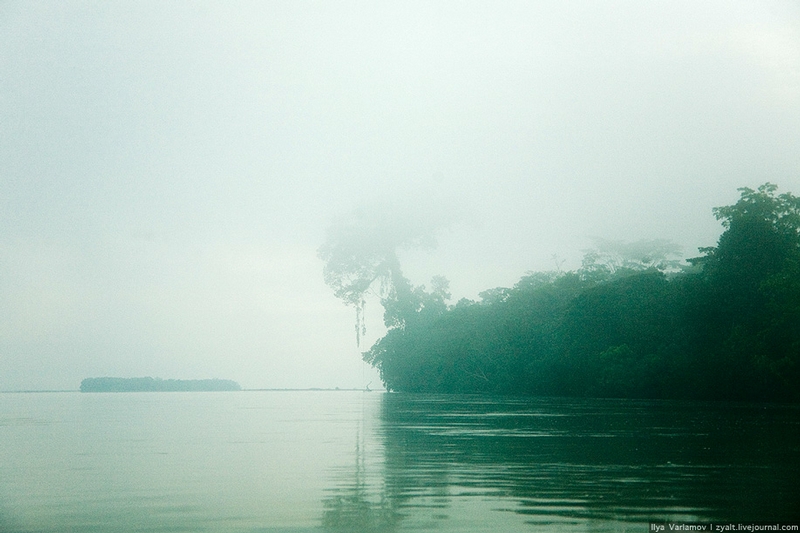
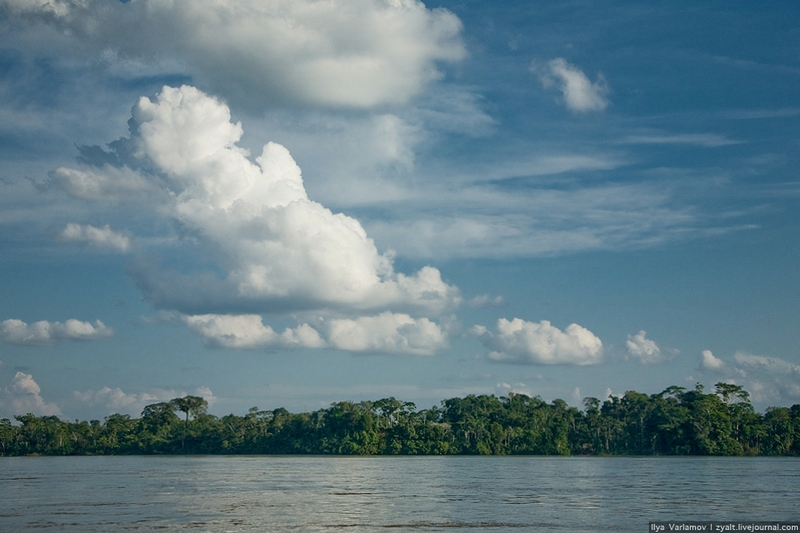
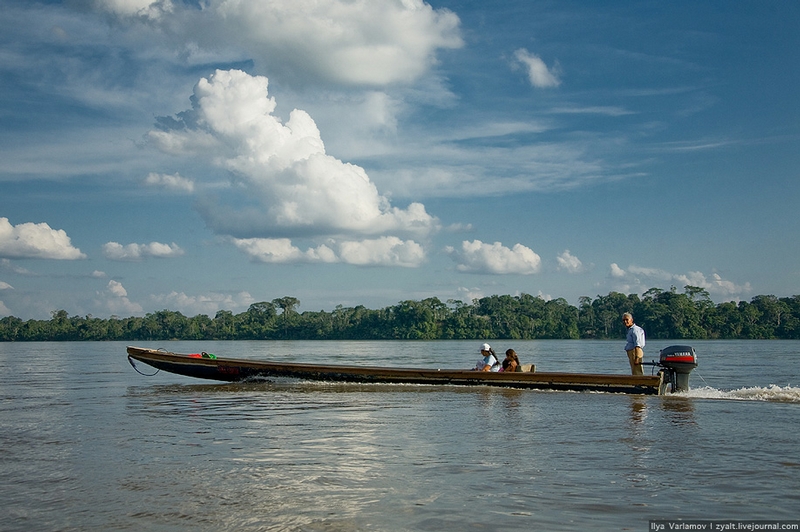
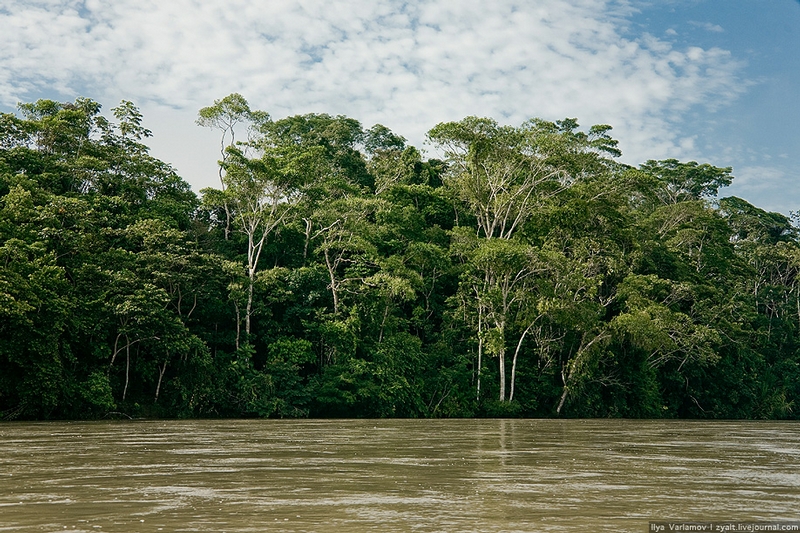
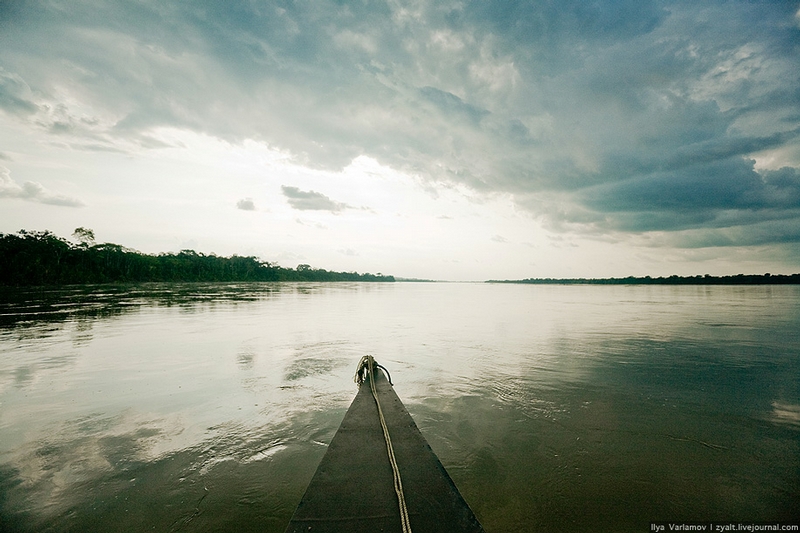
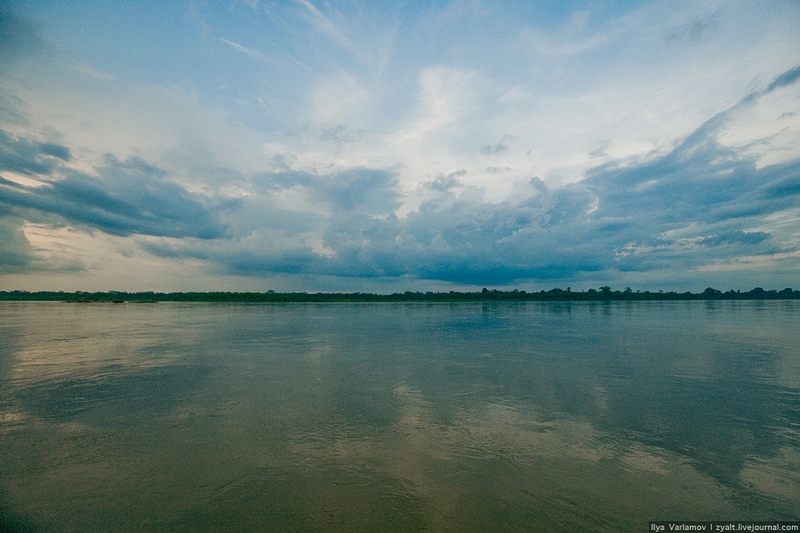
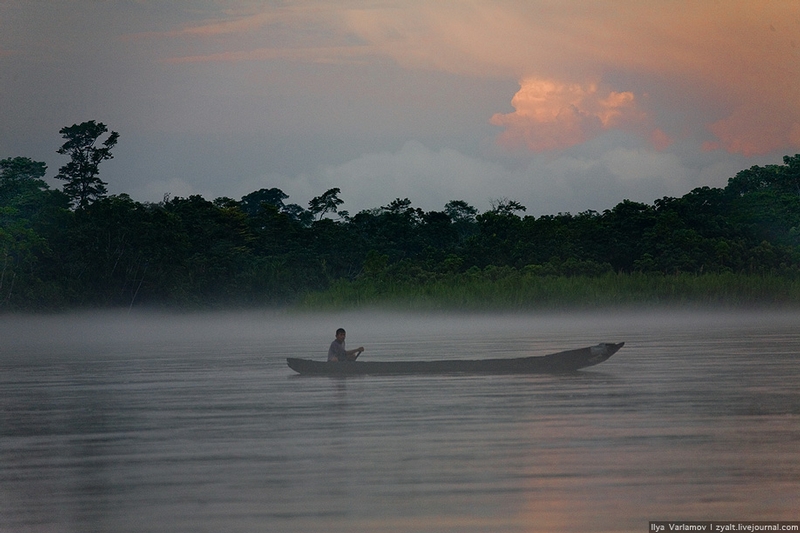

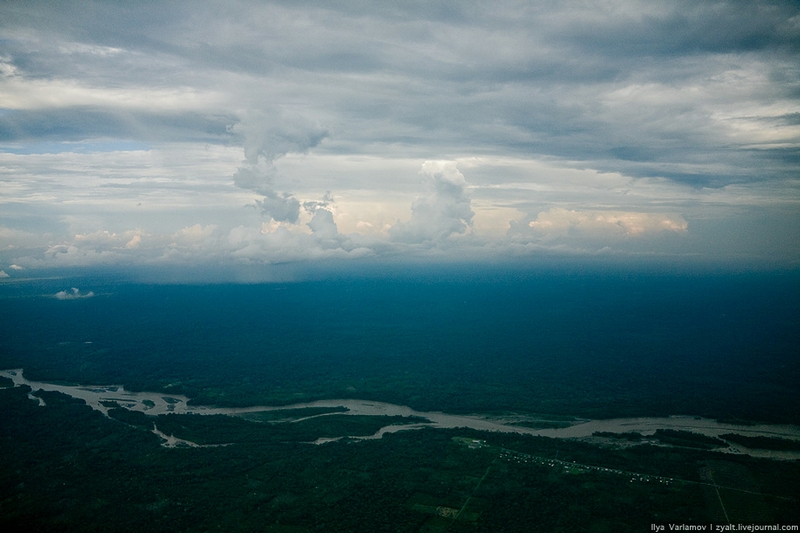
It takes 40 minutes to get from the capital of the country to the
jungles by plane. Here are some beautiful views of the clouds.
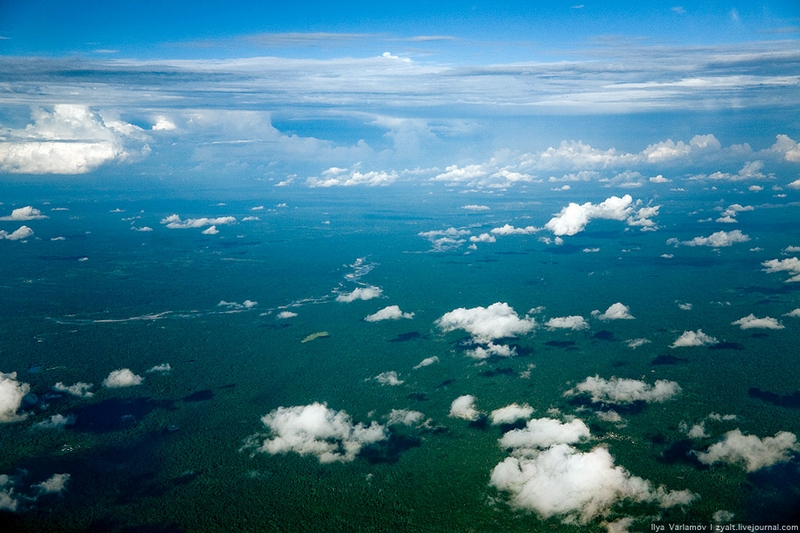
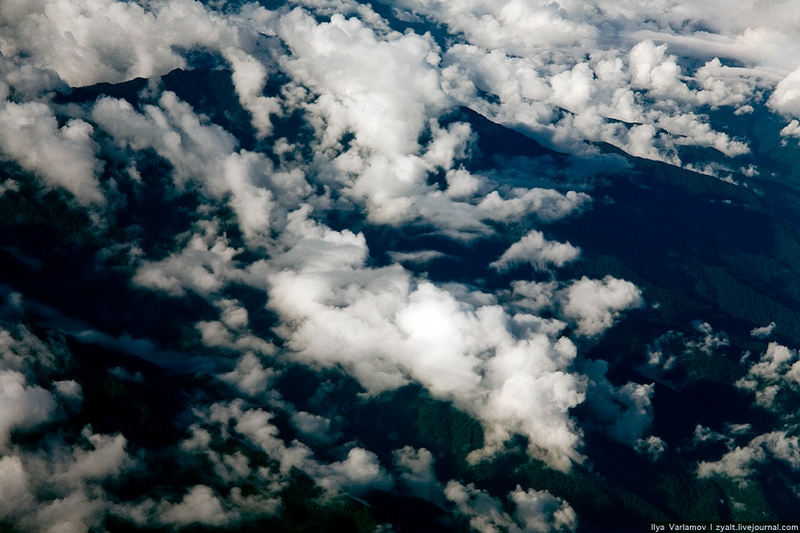
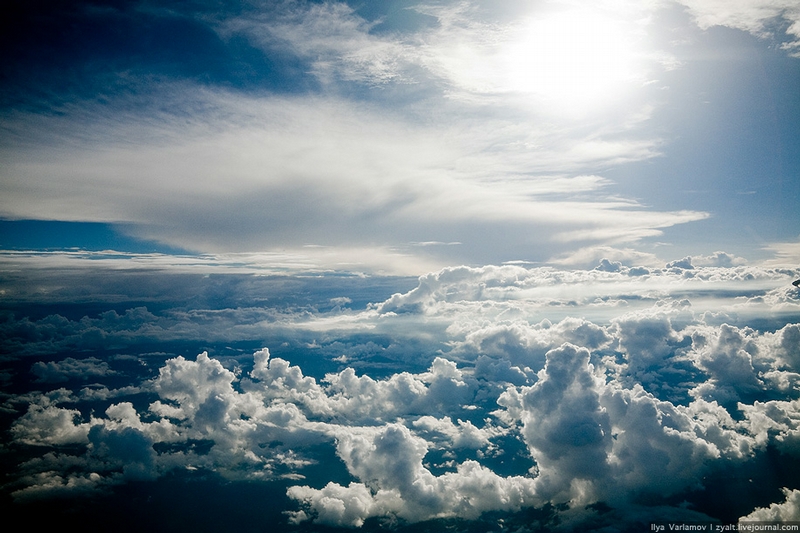

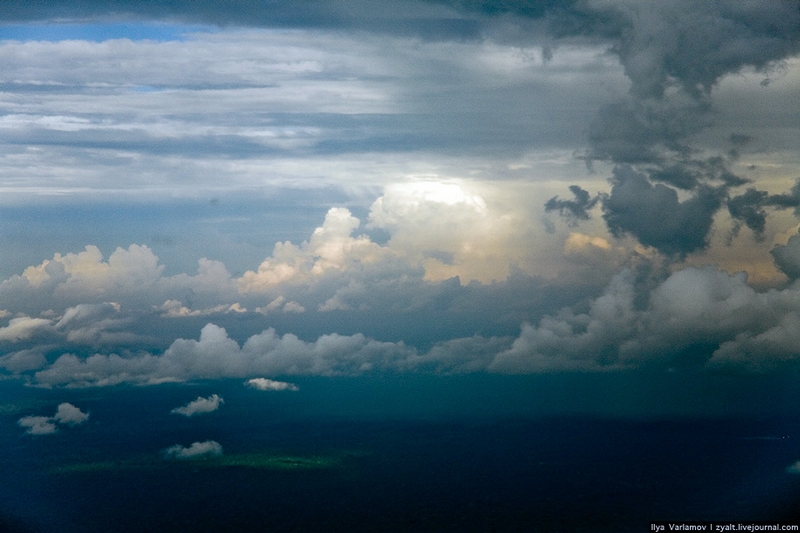
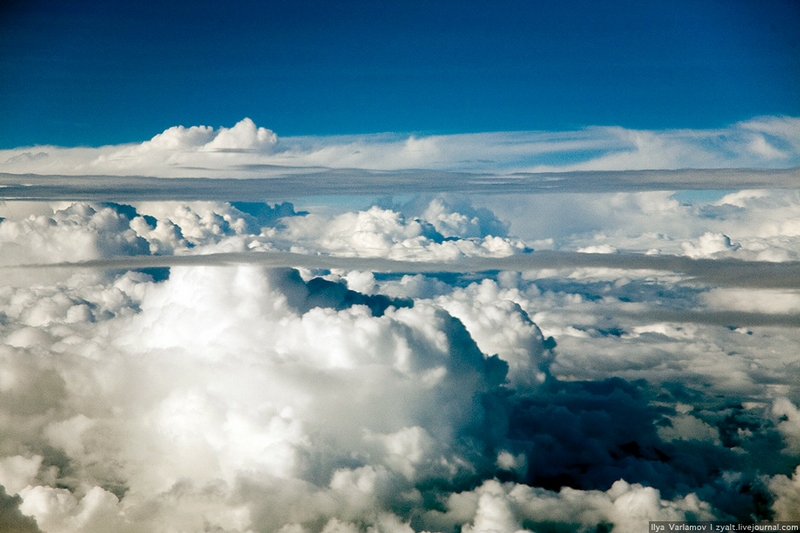
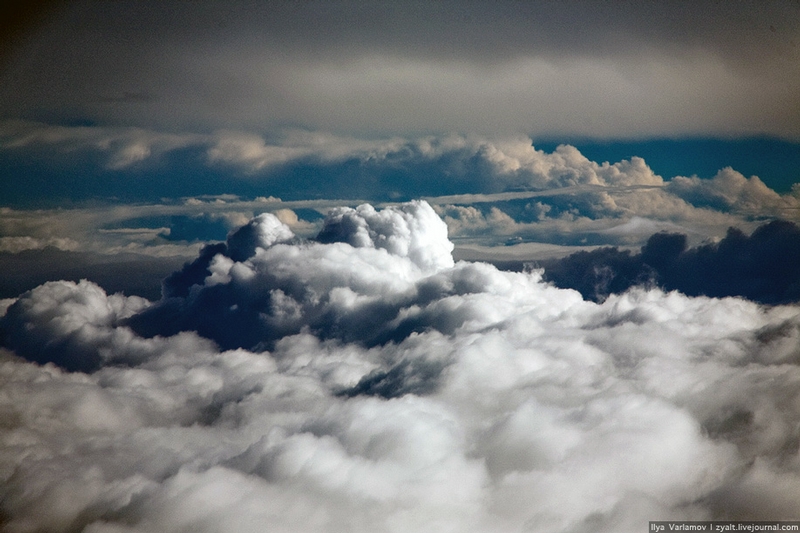
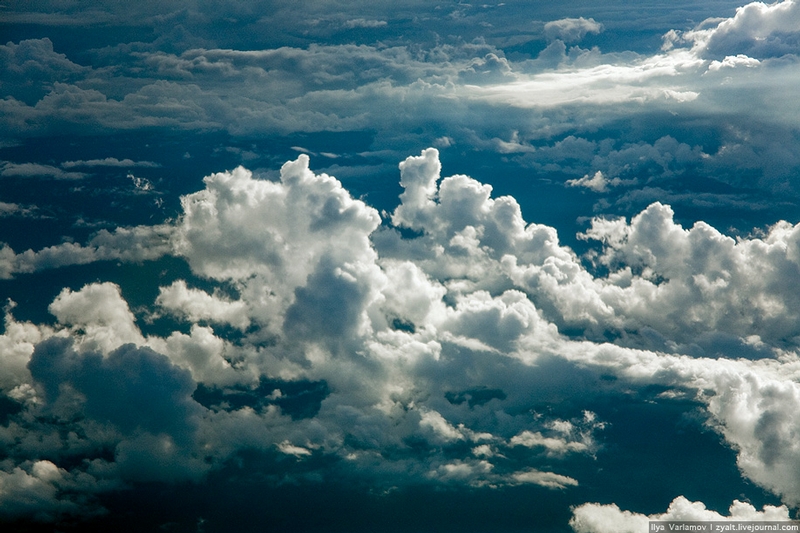

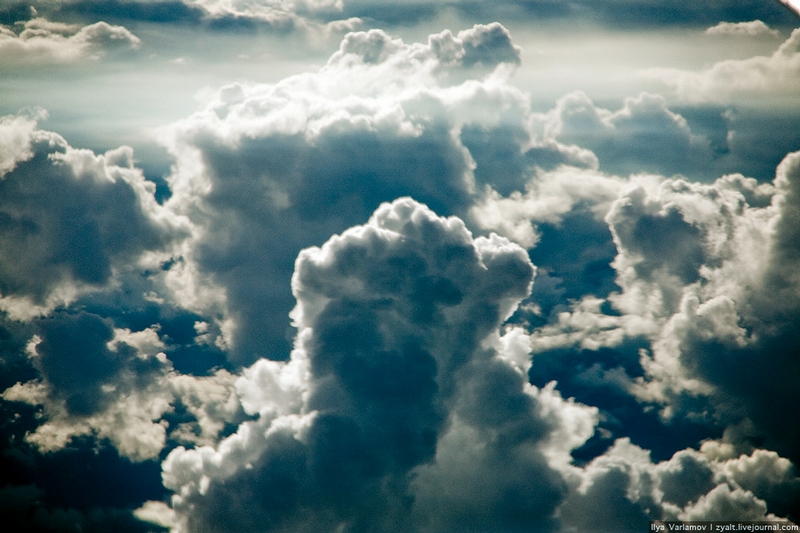


via zyalt
0 comments:
Post a Comment